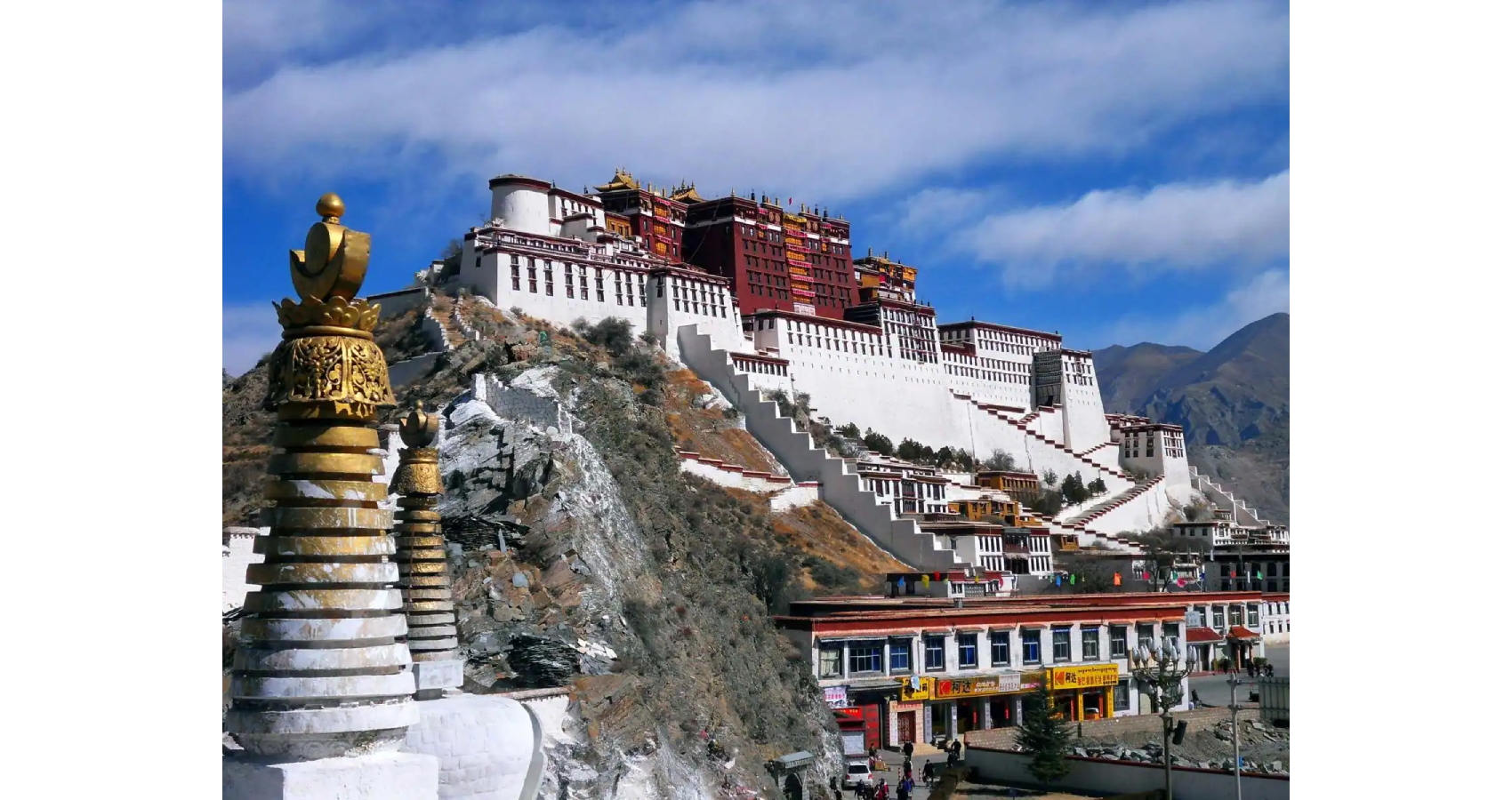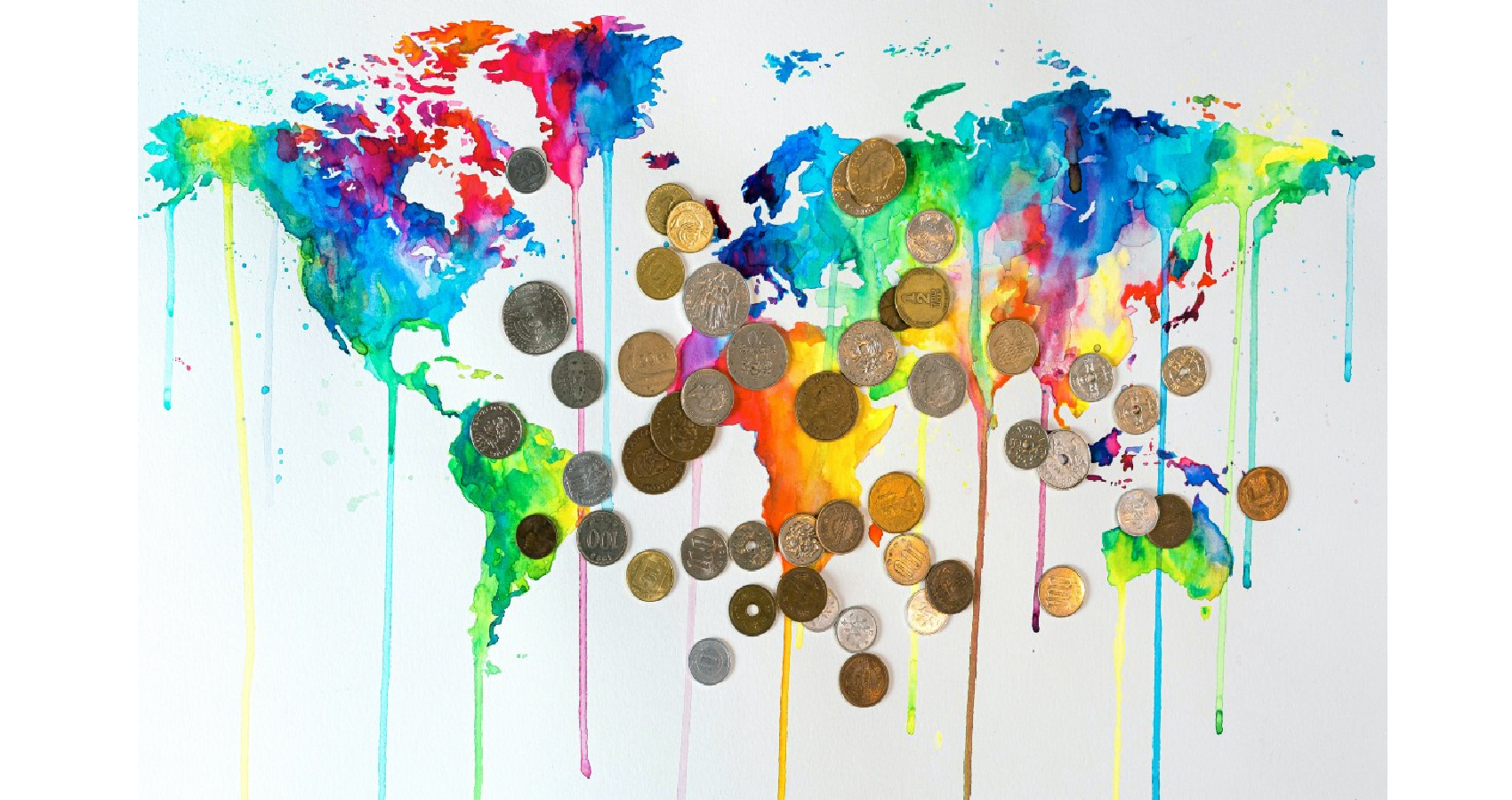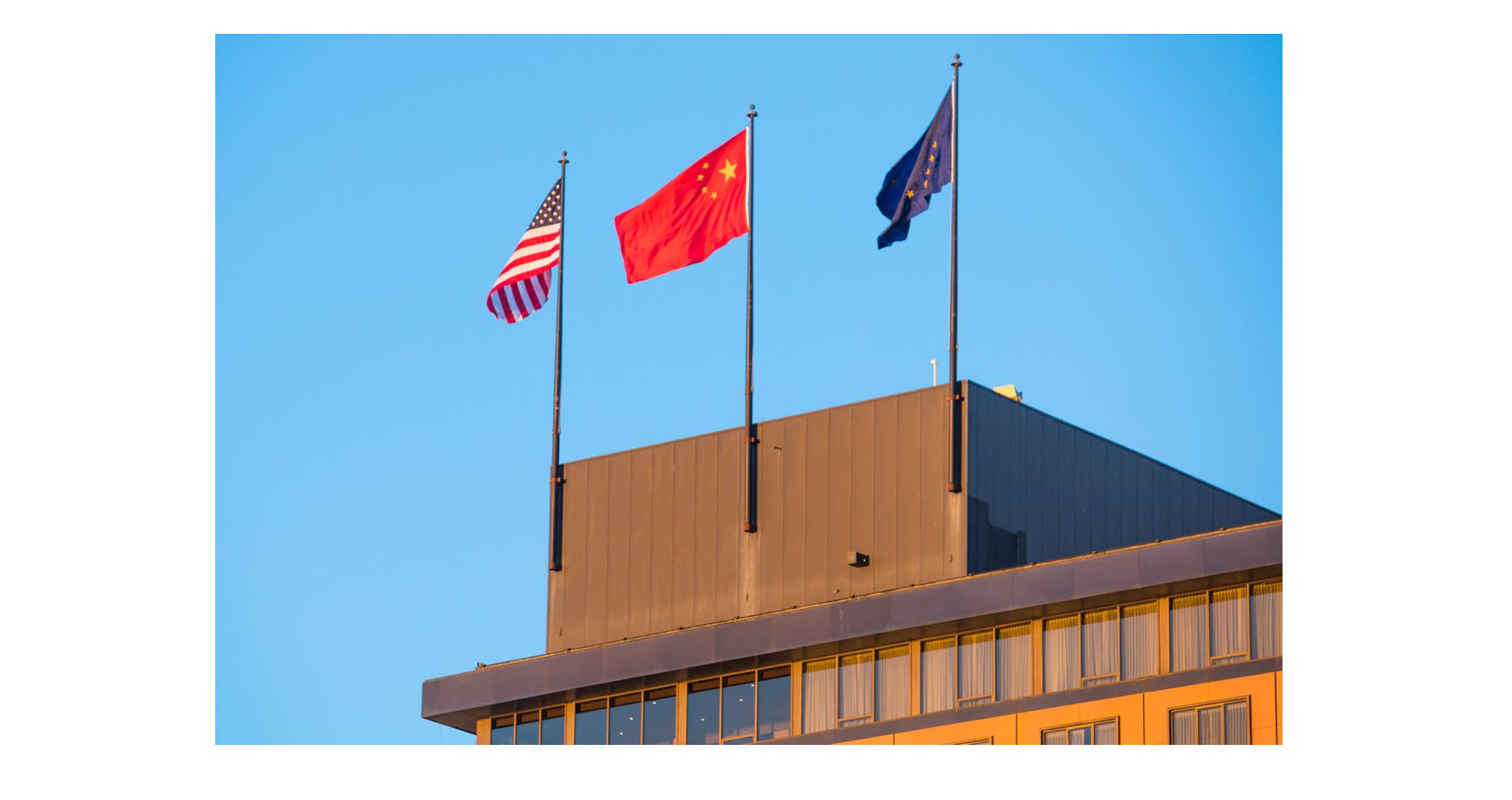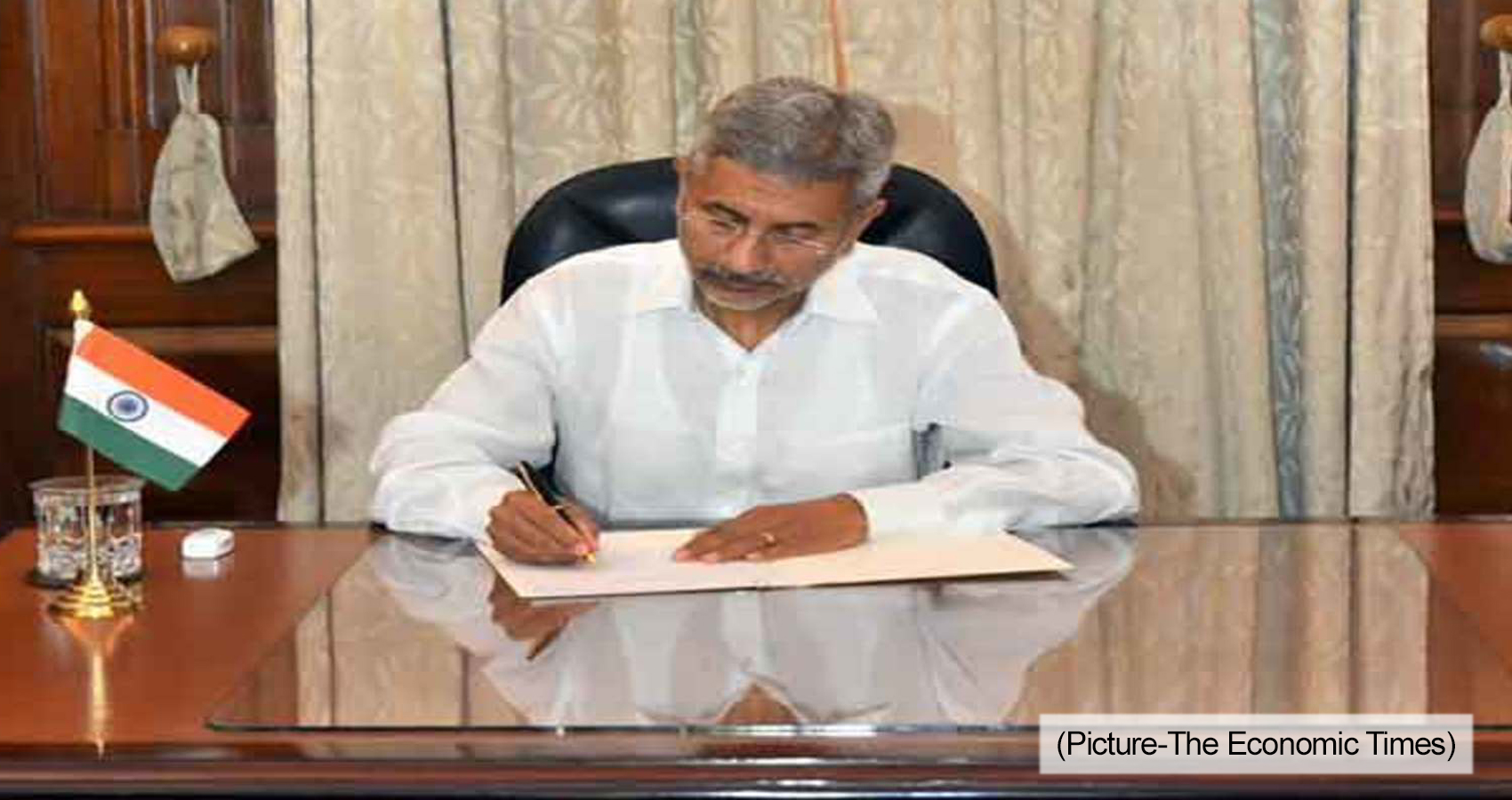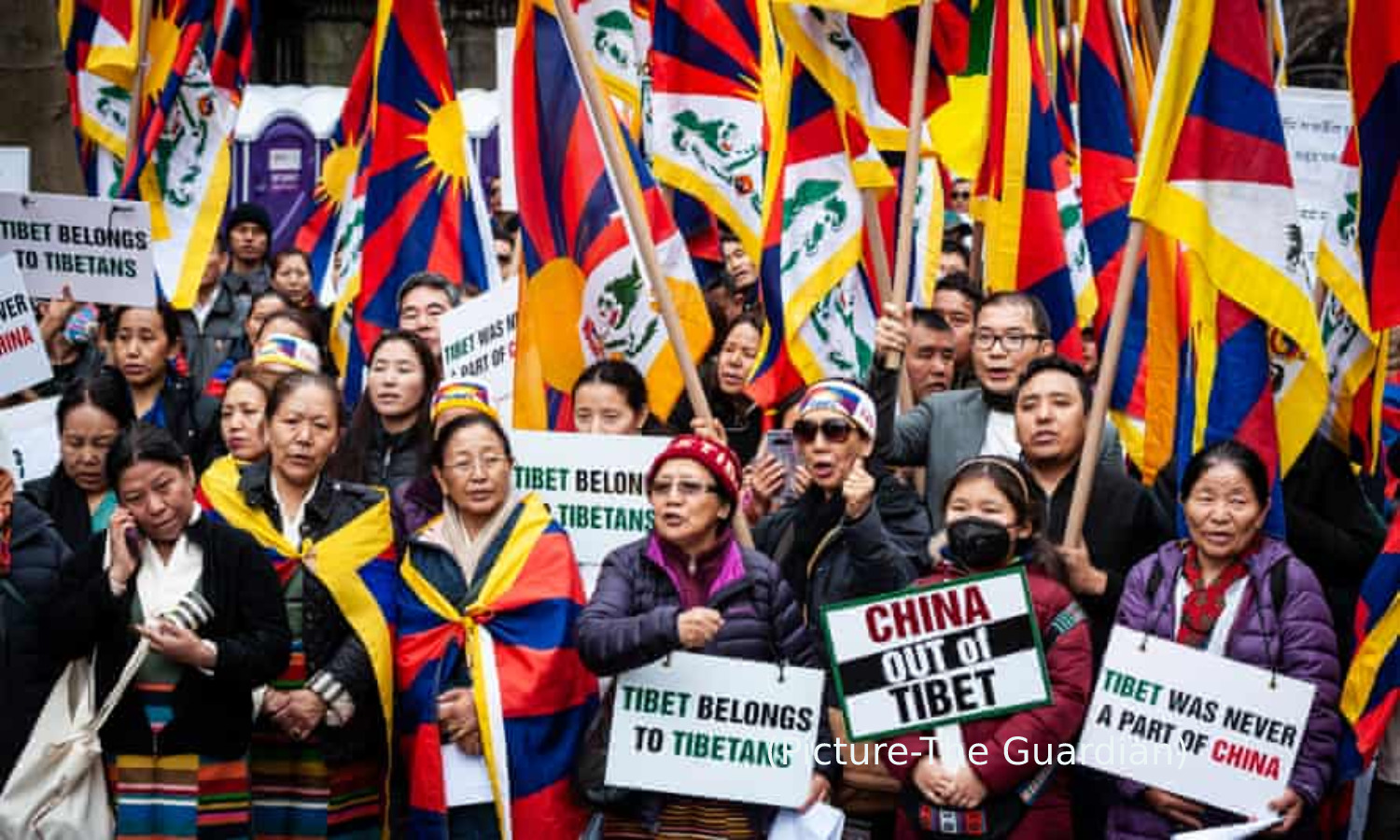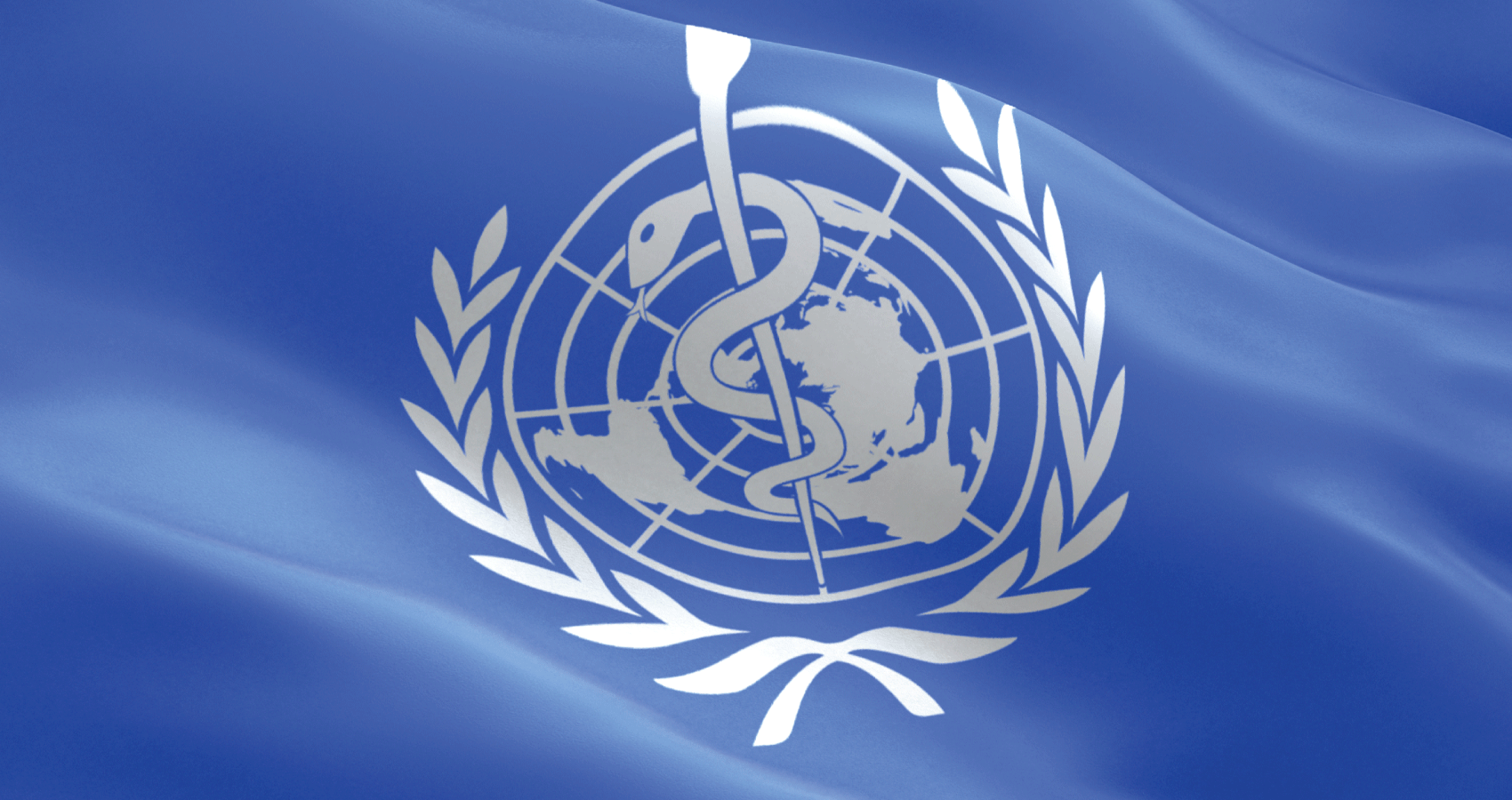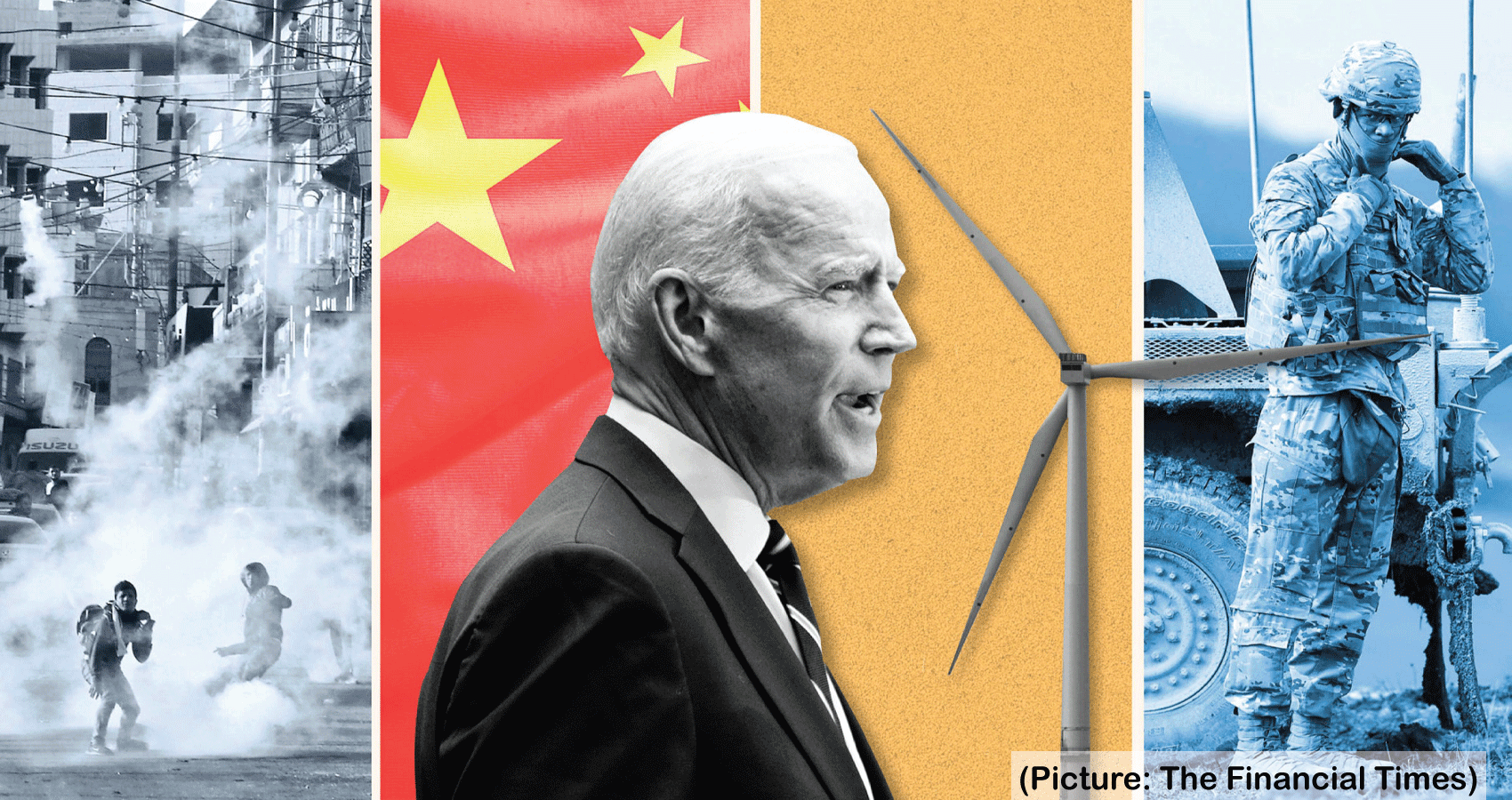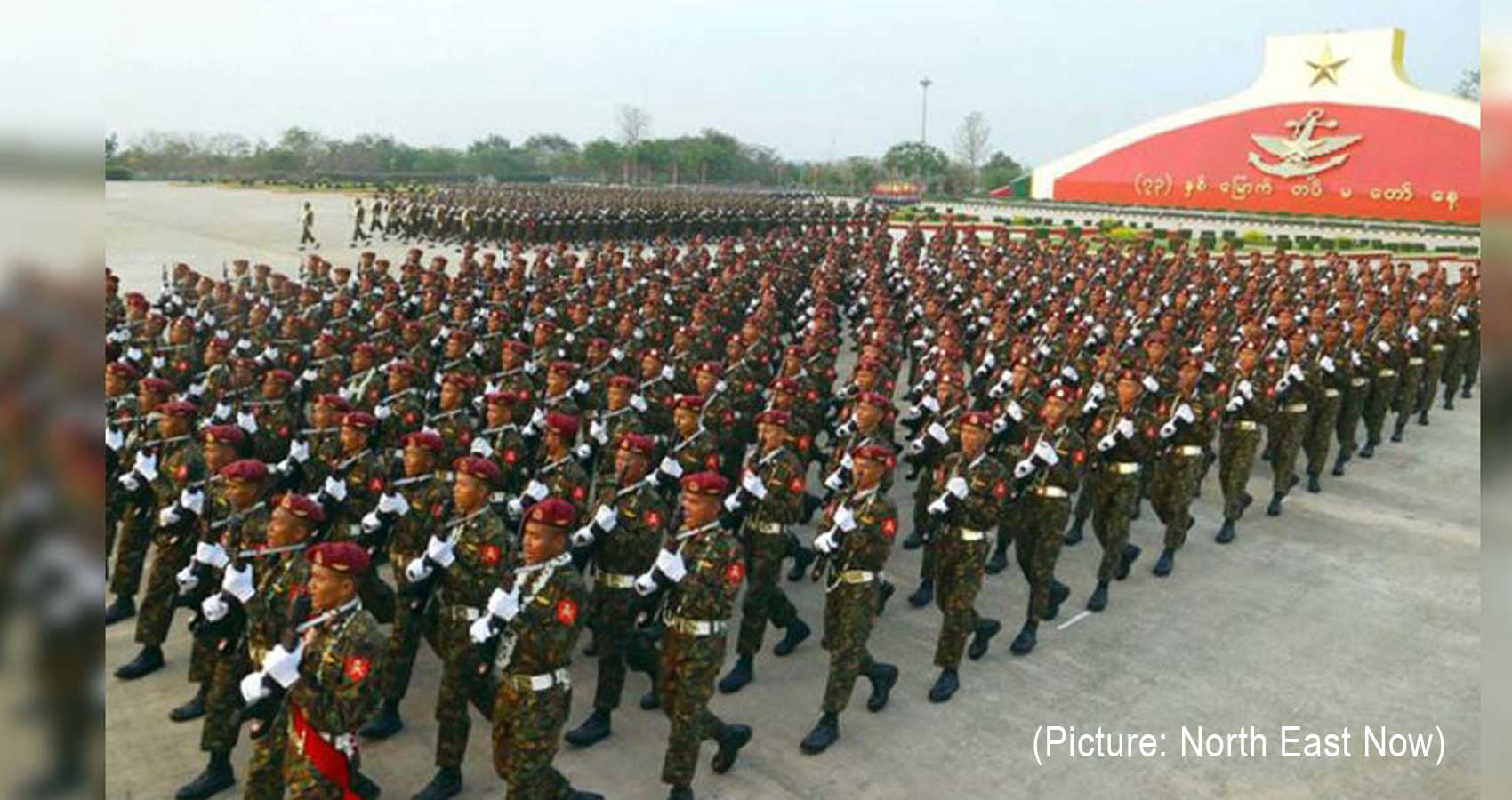On January 6, 2021, while members of Congress met to certify the election of Joe Biden as the next president of the United States, a pro-Trump mob — urged on by the president — stormed and occupied the Capitol in Washington, D.C. The insurrection was met with shock around the country and the world.
Below, Brookings experts on foreign policy explain how the dramatic events are being viewed globally.
Madiha Afzal (@MadihaAfzal), David M. Rubenstein Fellow in the Center for Middle East Policy and the Center for Security, Strategy, and Technology: The official reaction in Pakistan was limited to the foreign ministry, which issued a relatively bland statement saying it was watching the events in Washington, and that it hoped for the situation to normalize soon and not to impact the presidential transition.
The public reaction was louder — and many-layered. People were watching closely, certainly. There was shock at the images of the insurrection in Washington unfolding on their screens. Some noted that past statements that American officials made on political transitions in Pakistan would be more applicable to the United States at this point. But at the same time, there was strong resistance to simple comparisons between the United States and countries like Pakistan. There was a sense that America had to reckon with its problems rather than indulge in a facile takedown of other countries at its own moment of crisis. And Pakistani meme-makers went to work — juxtaposing pictures of the pro-Trump extremists who stormed the Capitol next to right-wing extremists in Pakistan who have caused major destruction in the streets of Islamabad during sit-ins, very close to the seat of government.
All in all, it seems clear that these images will linger in the minds of those abroad. And that means that there will be a need for greater humility and sensitivity as America deals with issues of democracy around the world, including in countries like Pakistan.
RanjAlaaldin (@ranjalaaldin), Nonresident Fellow in the Center for Middle East Policy: The insurrection has empowered nefarious actors in Iraq, the militia groups and criminal enterprises who thrive when America’s democracy becomes imperiled. That has deadly implications for the local population. Away from the glare of the international media, it is the progressives and moderates in unstable and conflict-stricken countries like Iraq that suffer, both in the short and long term. Iraq’s protest movement has made a brave push for democratic values and good governance, at great cost to the wider civilian population and in the face of powerful Iran-aligned death squads and paramilitary groups. The rioting in Washington on January 6 will empower these groups as they look to exploit the insurrection to mount additional violent crackdowns against protesters and civil society. Some in Iraq also wish to use the January 6 events to distort and undermine the fundamental international norms and democratic principles that large swathes of the Iraqi population have embraced, but that ruling elites have struggled to implement. America’s failure to practice what it preaches has limited consequences at home, where democratic and law enforcement institutions are still strong and effective, but the consequences for others elsewhere around the world can be deadly and devastating.
MarsinAlshamary (@MarsinRA), Post-Doctoral Fellow in the Foreign Policy program: In Iraq, the public is seeing parallels between the Washington, D.C. insurrection and their own experience with politics in the last 17 years. Iraqi social media is flooded with comedic takes on the events in Washington, which make direct comparisons between Iraqi and American political figures. For example, Iraqis are recalling an event in 2016 when the followers of Muqtada al-Sadr overtook the Iraqi parliament, although that event was unrelated to election results. In a tweet, Sadr wrote: “We have always told you that Western democracy is misleading and artificial.”
Other Iraqi political elites, particularly those not allied with the U.S., have reacted in a similar way to leaders of authoritarian countries who were eager to expose the pitfalls of American democracy and double standards. More balanced analysis of the events in Washington point to the fact that democratization is always a work in progress and should never be taken for granted. In the future, the U.S. would be well-advised to approach democratizing states with less hubris and to recognize that the social divisions that make governance difficult in Iraq are similar to the unaddressed social and racial inequalities that plague American society.
Célia Belin (@celiabelin), Visiting Fellow in the Center on the United States and Europe: The events this week have been intensely covered by French media and followed by a French public mostly staying at home under COVID-19 restrictions. On social media, they expressed incredulity and shock, but also dismay at the underperformance of law enforcement, and the perceived amateurism of the rioters. Compared to other European countries, official reactions came in relatively late in the day and did not directly lay the blame on President Trump. French President Emmanuel Macron issued an unusual video in front of U.S., French, and European Union flags, where he expressed solidarity and faith in the resiliency of American democracy. He stressed the common threats facing democracies such as France and the United States, echoing a favored theme.
Marine Le Pen, leader of the far-right National Rally, deplored the events and recognized Biden as the president-elect. But her camp continues to express support for Donald Trump and spread conspiracy theories regarding fraud allegations and antifa rioters. She also denounced censorship of Trump on social media, which the vice president of the National Rally called “digital totalitarianism.” Jean-Luc Mélenchon, of the far-left France Insoumise, suggested that this was a natural backlash in response to the U.S. “organizing coups” and “rigging elections” abroad. Some French have compared the violence of the riot in the Capitol to the Gilets Jaunes (yellow vest) protests, in particular the 2018 vandalizing of the Arc de Triomphe. In the context of a tense pre-presidential campaign season, many French view the political divisions and violence plaguing America as harbingers of conflicts to come in their own country.
Charles T. Call (@call4pax), Nonresident Senior Fellow in the Center for Security, Strategy, and Technology and the Latin America Initiative: The sight of the U.S. Capitol being invaded by a mob sparked diverse reactions among Latin Americans, including horror, sympathy, and familiarity. One common reaction was to dismiss the notion of American exceptionalism. The United States showed itself to have much in common with other countries that have experienced instability, racism, and authoritarianism. Correspondingly, many used the occasion to criticize the moralizing tone of U.S. policy toward the region, noting that preaching about democracy and human rights will ring hollow. Some denounced the centuries-old “Monroe Doctrine,” which had been re-embraced by the Trump administration. Humorous memes about banana republics and the U.S. role in perpetrating coups swept through social media.
On the other hand, Latin American commentators also expressed sadness and sympathy with the plight of the United States. Already concerned about the rise of authoritarian populism in the region, pro-democracy advocates in the region see the urgency of the fight against white nationalism and extremism in the United States. There is little question that the fate of political movements in the United States affects the region, and the disquiet felt by North Americans is also being felt by Latin Americans.
Vanda Felbab-Brown (@VFelbabBrown), Senior Fellow in the Center for Security, Strategy, and Technology: Mexican President Andrés Manuel LópezObrador remains one of the world’s few leaders who has not condemned the violence on Capitol Hill. Under the guise of non-interference in other countries’ affairs, he stated: “We’re not going to intervene in these matters, which are up to the Americans to resolve.” Yet at the same time, this very week, he offered asylum to Julian Assange, clearly prepared to interfere in U.S. justice issues.
Despite the invectives President Trump has levied against Mexican people, LópezObrador has maintained a sort of friendship with Donald Trump, a relationship based on the Trump administration’s willingness to ignore Mexico’s faulty policies and backsliding in a range of issues. LópezObrador issued an oblique statement in response to questions about the mob aggression on Capitol Hill, saying: “We hope there will be peace, that democracy, which is the people’s power, will prevail.” That can be read between the lines as an endorsement of Trump’s tactics of street protests and thuggery, something LópezObrador, a fellow populist, employed in order to protest and try to reverse his electoral defeat in 2006. The Mexican president also criticized Facebook and Twitter for banning Trump for his incitement of the violence.
LópezObrador’s lack of condemnation is all the more significant given the Mexican government’s recent actions: LópezObrador refused to congratulate Joe Biden on his electoral victory and recently announced that he would not attend Biden’s inauguration. And last month, he eviscerated U.S.-Mexican security cooperation. LópezObrador is setting up a posture of a very cold shoulder, bordering on hostility, toward the incoming Biden administration.
Lindsey W. Ford (@lindseywford), David M. Rubenstein Fellow in the Center for East Asia Policy Studies: The images of an armed mob attacking the U.S. Capitol sent shock waves through allied capitals. In Canberra, Australian officials expressed dismay over the violent attack, but were quick to affirm their faith in the resilience of America’s democratic institutions and the strength of the American people. This support from U.S. allies is not merely an offering of friendship. It reflects the recognition that the resilience of the American system and America’s exercise of democracy at home has implications for the exercise of democracy abroad. As one Australian scholar argued this past week: “American democracy matters too much for us to remain silent.”
Yet this past week’s events also reminded U.S. allies that the power of America’s example can cut both ways. Over the past few months, President Trump’s disinformation campaign spread to Australia’s shores as well. Conservative media outlets echoed President Trump’s talking points. Members of parliament shared social media posts spreading U.S. conspiracy theories. Australian Prime Minister Scott Morrison is now under fire to denounce these statements from members of his party.
Australia and the United States have fought side-by-side to defend democracy for decades. In the past few years, both countries have both been on the forefront of global efforts to fight disinformation and authoritarianism abroad. But this past week should serve as a powerful reminder that these efforts cannot be divorced from the need to protect democratic institutions at home.
Ryan Hass (@ryanl_hass), Senior Fellow in the John L. Thornton China Center and the Center for East Asia Policy Studies: The January 6 insurrection in Washington, D.C., provided powerful ammunition to Chinese propagandists that long have sought to delegitimize democracy as a dangerous Western conceit that lacks solutions for 21st-century societal challenges. Chinese media outlets broadcast images of mayhem inside the American Capitol to a domestic audience to buttress a narrative of America as a country in descent, plagued by deep divisions and a broken political system. Externally, official Chinese media outlets used news of the insurrection to make the case that the greatest threat the United States faces is itself, not China. When the day began January 6, one of the major news stories was the arrest of over 50 pro-democracy leaders in Hong Kong. The insurrection in Washington, D.C., deflected international attention away from this deeply troubling development. The images of insurrectionists occupying America’s legislative seat of power will be part of the Chinese official media’s playback loop for a long time to come. The incoming Biden administration will need to take early and durable steps to chip away at a solidifying perception in Beijing that the United States has lost its capacity for self-correction.
Kemal Kirişci (@kemalkirisci), Nonresident Senior Fellow in the Center on the United States and Europe: The images from the storming of the Capitol by a pro-Trump mob attracted reactions from all around the world. The Turkish response raised some eyebrows. The Ministry of Foreign Affairs called “on all parties in the U.S. to maintain restraint and prudence,” as if the winners of an extensively scrutinized election were on par with sore losers, ready to disregard all institutions and norms of a democratic country. It then went on to advise “Turkish citizens in the U.S. to avoid crowded areas and places where protests are taking place,” mirroring standard U.S. State Department travel advisories for U.S. citizens visiting countries facing disturbances (including a recent one for Turkey).
A second response came from the speaker of the Turkish parliament in the form of a tweet expressing the belief that problems can “always be solved within law and democracy,” adding: “As Turkey, we have always been in favor of the law and democracy and we recommend it to everyone.” Since those statements, “law and democracy” in the U.S. has prevailed, setting the scene for a peaceful transfer of power. The disingenuity of the calls coming from a country listed as “not free” by the Freedom House’s annual study of political rights and civil liberties worldwide is self-evident.
More striking is the wording of these statements. They are an almost verbatim translation of the statements issued by the U.S. government as the Turkish parliament was attacked by F-16s during a military coup attempt in July 2016 — suggesting sarcasm rather than genuine concern.
Suzanne Maloney (@maloneysuzanne), Vice President and Director of the Foreign Policy program: For Iran’s leaders, the dramatic developments in Washington offered tantalizing vindication of their long-held narrative about the failure of liberal democracy and the inevitable decline of the West. Supreme Leader Ayatollah Ali Khamenei used the episode to deride American politics as a “fiasco,” adding that “today, the U.S. and ‘American values’ are ridiculed even by their friends.” Hossein Dehqan, a former defense minister and aspiring presidential candidate, sneered on Twitter that the “architect of all riots, coup d’etats, and color revolutions” now had its own Congress “overtaken by protesters.”
Elsewhere, pro-government social media highlighted the apparent hypocrisy of American public diplomacy during times of turbulence within Iran. Some made derisive comparisons between the death of a woman who joined in the attack on the Capitol and Neda Aghasoltan, whose murder became a symbol of Tehran’s vicious repression of its 2009 protests. However, the effectiveness of the government’s propaganda is unclear; in a televised discussion, several activists challenged the seeming approval of the upheaval at the Capitol against the condemnations of Iranian protesters.
Wednesday’s scenes of frenzied crowds scaling the walls of the U.S. Capitol and overrunning security to wreak havoc in the halls of American power evoked memories of the 1979 seizure of the U.S. Embassy in Tehran. Iran’s descent in mob violence did not end well. The embassy takeover facilitated the full descent of the revolution’s democratic aspirations into an authoritarian theocracy and generated a bitter standoff with Washington that continues today. At a time when tensions between the two countries are at a discomfiting high, the unrest and political polarization in the United States only intensifies the dangers.
Michael O’Hanlon (@MichaelEOHanlon), Senior Fellow and Co-Director for the Center for Security, Strategy, and Technology: I am not tracking any one country or region in particular; my esteemed colleagues do that much better than I can, and I take seriously what they say about the concerns around the world. However, I am more relaxed than some on this issue. While January 6 was a terrible day for our nation, it was also a sobering day that has already produced a partial correction. Moreover, the nation has made huge mistakes before — think Vietnam, for example, or the early conduct of the Iraq war — and recovered internationally. Other countries do not make their decisions about alliances and other such grave matters of war and peace, or economic alignment, based on popularity contests or any expectation that the United States is unblemished. Had Trump won reelection, that would have been serious. But this domestic tragedy, however scary, will soon be placed in a larger context. Based on its geography, its demographics, its Constitution, and its power, the United States will still enjoy much the same position in future world affairs as it has had in the recent past, I predict.
Bruce Riedel, Senior Fellow in the Center for Middle East Policy: Saudi Arabia and the Gulf states closely watched the riot at the U.S. Capitol on January 6. The Saudi media covered the story extensively; Qatar’s Al Jazeera was even more fixated on the dramatic attack and the condemnation of President Trump that has ensued. The Saudis have been very supportive of Trump since 2016, especially after they were implicated in the murder of journalist Jamal Khashoggi. Riyadh is very concerned that the new administration is going to reassess ties with the kingdom for the worse. With President Trump leaving under the shadow of inciting violence against Congress, their alarm is all the more unsettling for the royals closest to Trump and his family. Crown Prince Muhammad bin Salman is especially vulnerable, given his role in reportedly orchestrating Khashoggi’s death and in the Yemen war. He can expect nothing like the complete support he got from the Trump, and he will face skeptical scrutiny from the Biden team and the new Congress. The Saudis are right to be worried by their four years of close association with a man now tainted as both a loser and a violent threat to the rule of law.
Natan Sachs (@natansachs), Fellow and Director of the Center for Middle East Policy: The scenes in Washington on January 6 were deeply troubling for America and, by extension, for its standing in the world and for the very image of democracy worldwide. The most important aspect is clear: an attempt, incited by a sitting president, to disrupt the core constitutional process of transfer of power. There is a major silver lining here: Congress reconvened, and there is value in the symbolism of Vice President Mike Pence himself officially confirming the victory of Joe Biden and Kamala Harris. And yet the images were striking and reached across the globe. America was unable to conduct what should be regular and boring business without mayhem sent from 1600 Pennsylvania Avenue. Moreover, as more than one foreign observer said to me: If the United States cannot even protect the office of the speaker of the house, or the dais in the House of Representatives chambers, from rioters clad in Viking helmets, what has happened to America’s basic capacity to govern its affairs? This comes, of course, after four years of domestic turmoil and amid a remarkable and continuing failure of the U.S. government to deal with the COVID-19 pandemic. Here too, the silver lining is important. Despite all the gloating on official media in Russia, China, and Iran, the United States institutions did prevail. The “city upon the hill” shines less brightly today, but it’s still standing, if in need of a major cleanup.
ConstanzeStelzenmüller (@ConStelz), Senior Fellow in the Center on the United States and Europe: In Germany, Chancellor Angela Merkel made unusually frank comments on the day after the storming of the Capitol: She spoke of “disturbing images” that had made her “furious and also sad.” Laying the blame squarely at the feet of the president, she said “I greatly regret that president Trump did not concede his defeat in November — or yesterday,” and she added that this had “created the atmosphere in which such violent events become possible.” The country’s president, Frank-Walter Steinmeier, was even more forthright; he called the protesters “an armed mob, incited by a sitting president.” However, he also reminded Germans that QAnon believers had attempted to storm the Reichstag building in Berlin in August. Daniel Brössler, a commentator for the German daily SüddeutscheZeitung, reminded readers that democracy in Germany has also been under attack from right-wing forces in Germany. He wrote: “Germany‘s democracy owes its existence to the U.S. Now it owes them solidarity, no less than after the attacks of 9/11. Including for its own sake. The notion that German democracy could survive without its American counterpart is absurd.”
(Picture Courtesy: People.com)
 When U.S. troops withdrew from Kabul’s Hamid Karzai International Airport within the stipulated time, the nation’s most prolonged war cost was more than $ 2.3 trillion. During the last 20 years, more than 2,400 U.S. service members have been killed in Afghanistan alone. World astonished to hear that even while retrieving, thirteen U.S. soldiers were killed in the latest suicide bombing in Kabul Airport. Taliban’s praise of China is aimed at gaining recognition for their government at the international level by establishing links with power like China. China and Pakistan are now the only countries in the region that fully support the Taliban.
When U.S. troops withdrew from Kabul’s Hamid Karzai International Airport within the stipulated time, the nation’s most prolonged war cost was more than $ 2.3 trillion. During the last 20 years, more than 2,400 U.S. service members have been killed in Afghanistan alone. World astonished to hear that even while retrieving, thirteen U.S. soldiers were killed in the latest suicide bombing in Kabul Airport. Taliban’s praise of China is aimed at gaining recognition for their government at the international level by establishing links with power like China. China and Pakistan are now the only countries in the region that fully support the Taliban.
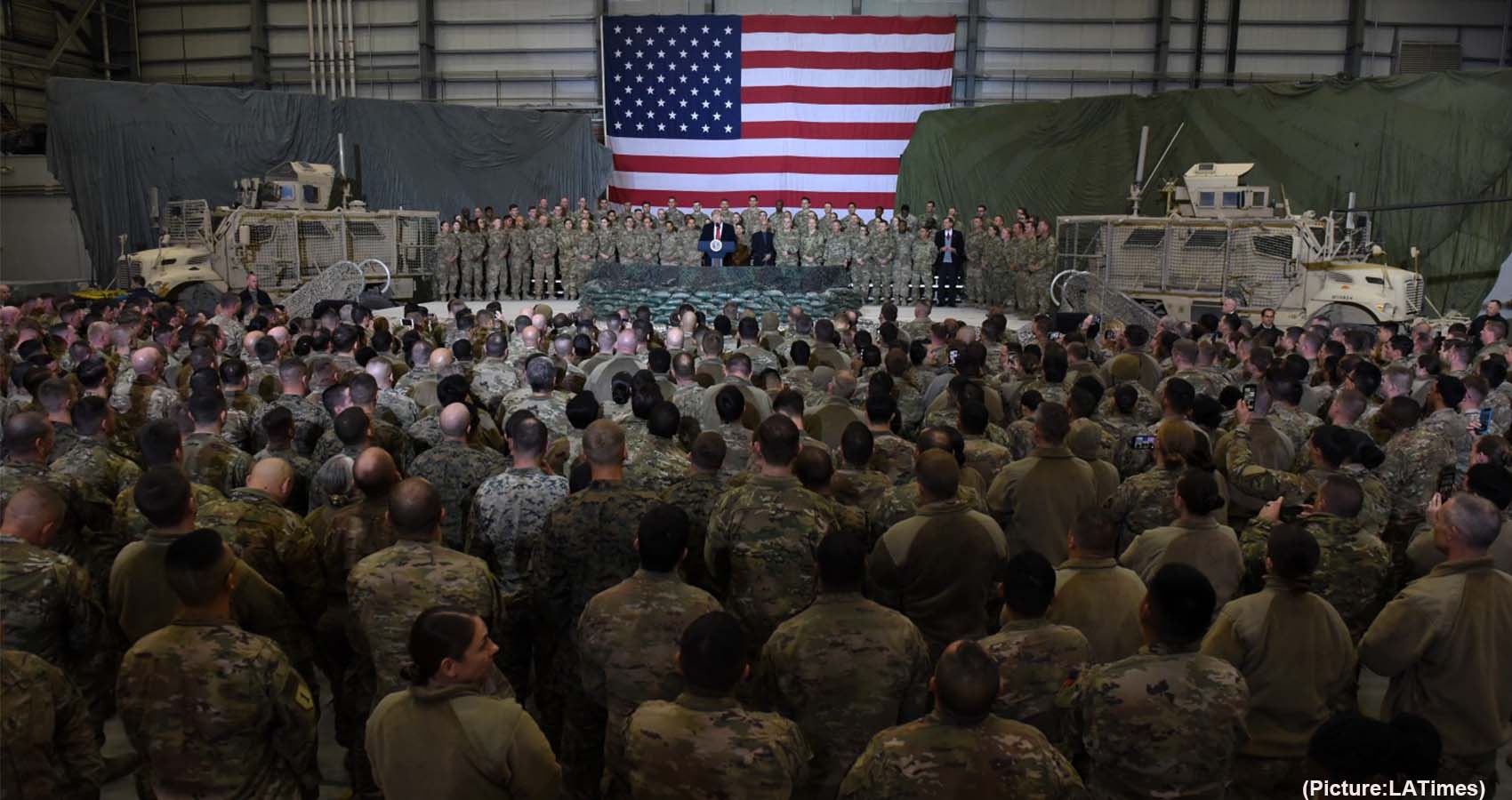
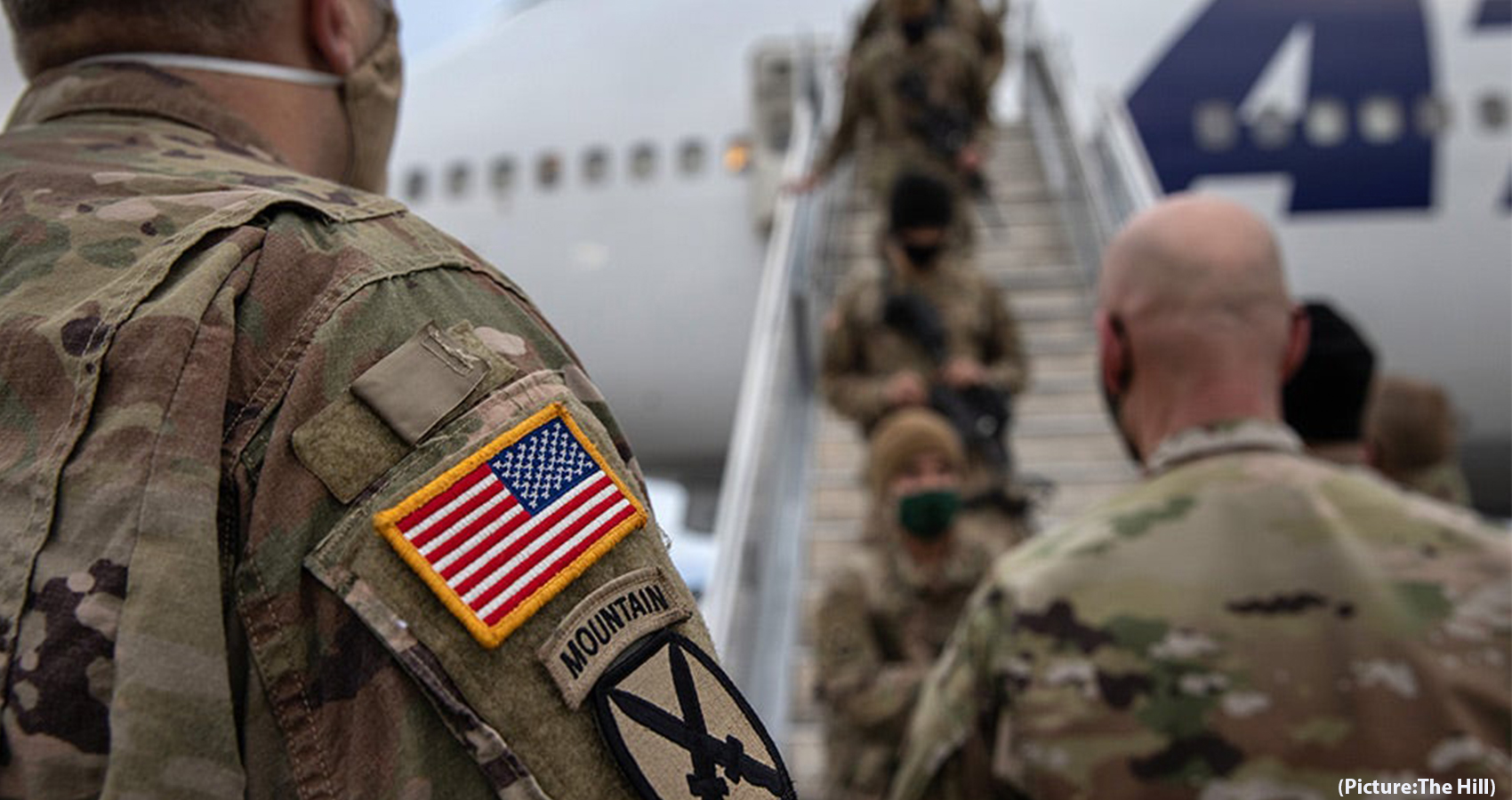
 Nearly 20 years after the US invaded Afghanistan to avenge the terror attacks of September 11, 2001, and strike at al Qaeda and the Taliban, which hosted Osama bin Laden, another American administration is leaving the country in the control of Taliban militants who still maintain close ties to al Qaeda and other terrorist organizations. President Joe Biden said the mission was accomplished years ago, with the killing of Osama bin Laden and the degrading of Al Qaeda. He said he would no longer put American troops in the middle of a civil war.
Nearly 20 years after the US invaded Afghanistan to avenge the terror attacks of September 11, 2001, and strike at al Qaeda and the Taliban, which hosted Osama bin Laden, another American administration is leaving the country in the control of Taliban militants who still maintain close ties to al Qaeda and other terrorist organizations. President Joe Biden said the mission was accomplished years ago, with the killing of Osama bin Laden and the degrading of Al Qaeda. He said he would no longer put American troops in the middle of a civil war.
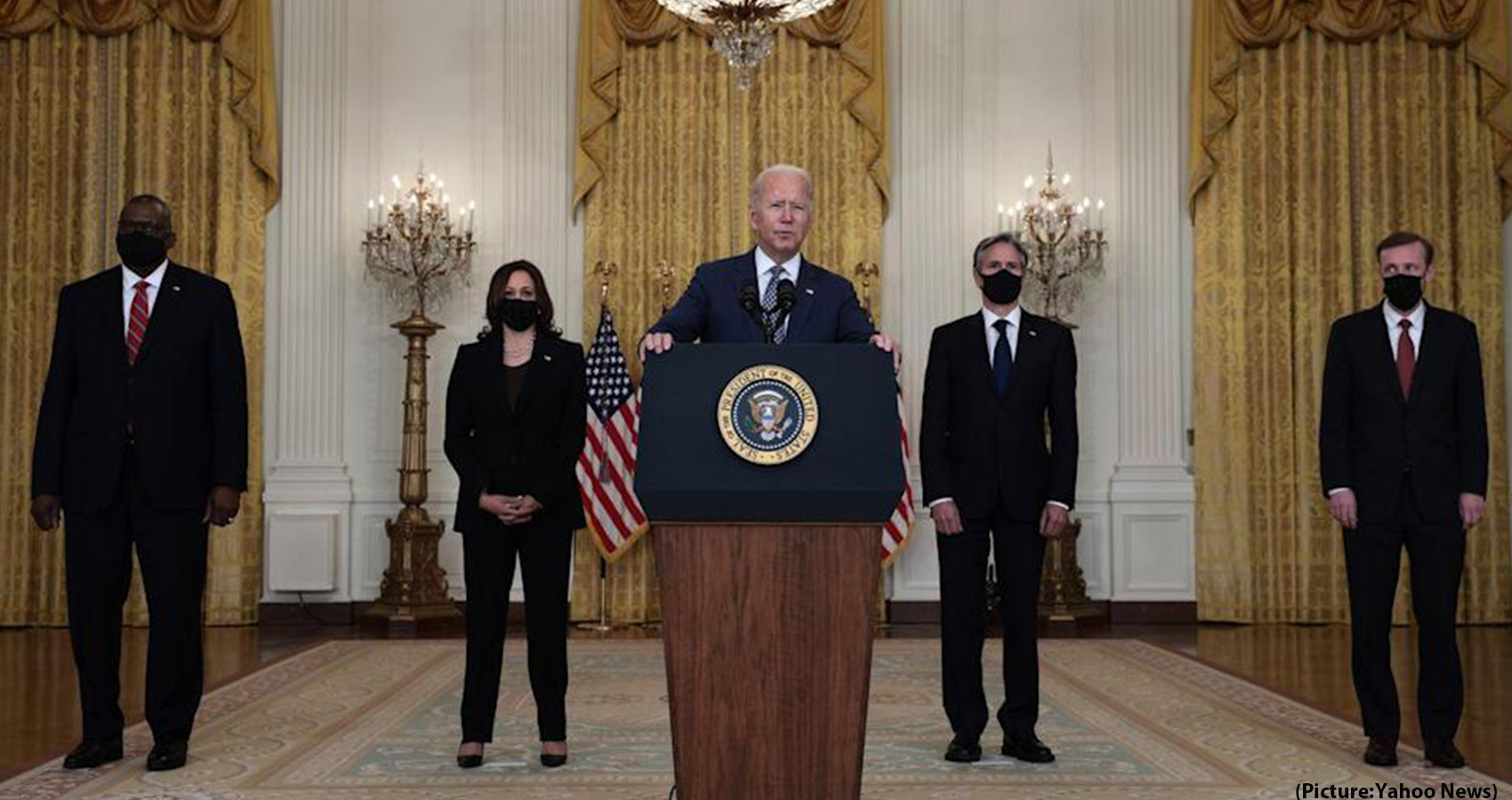
 Speaking from the White House, President
Speaking from the White House, President 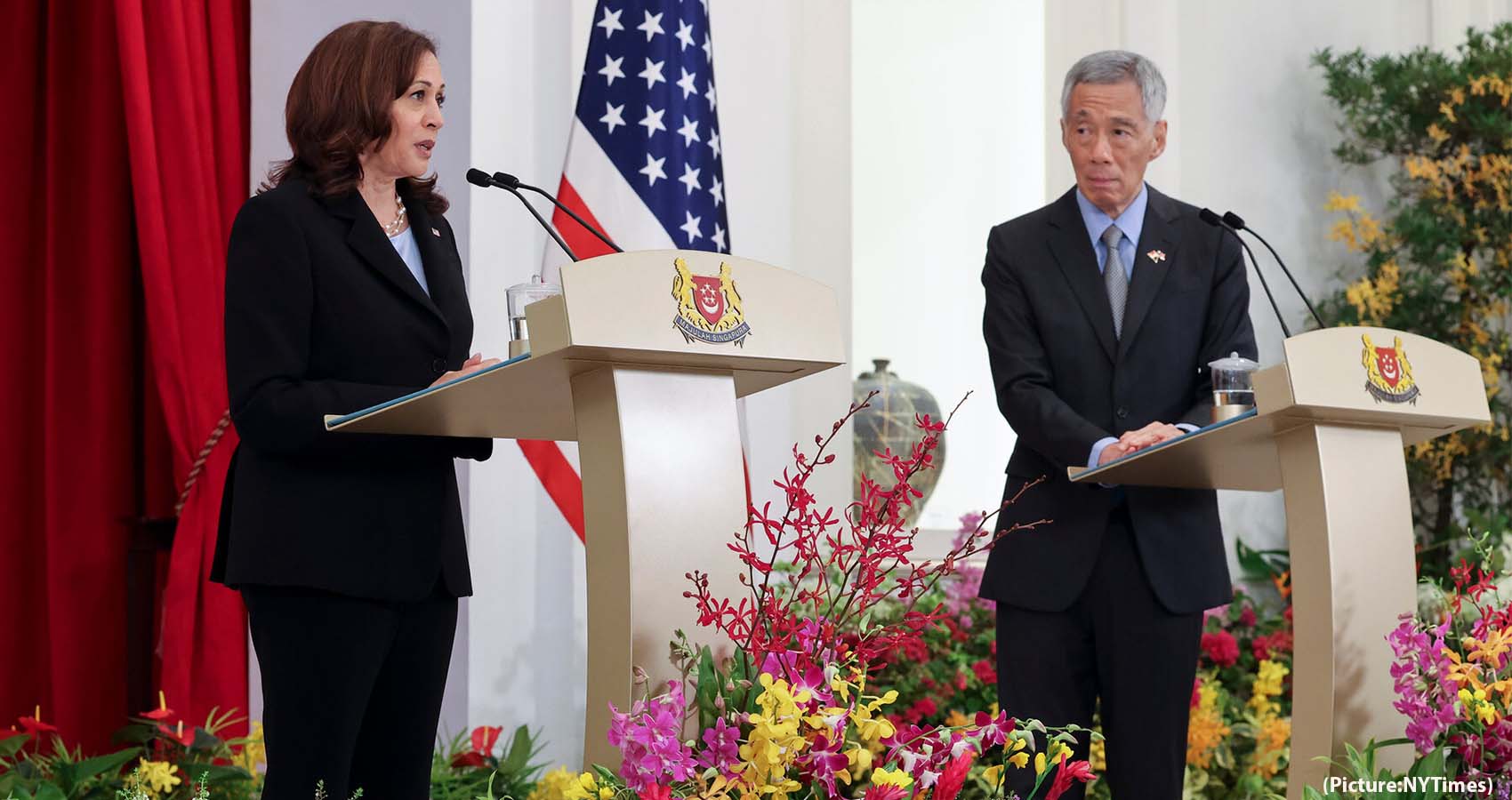
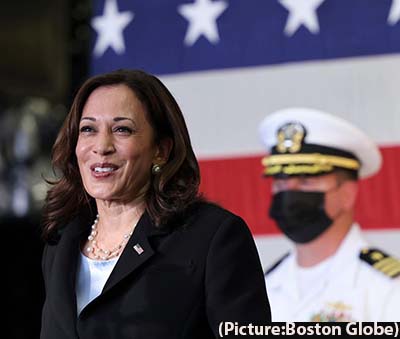 US
US 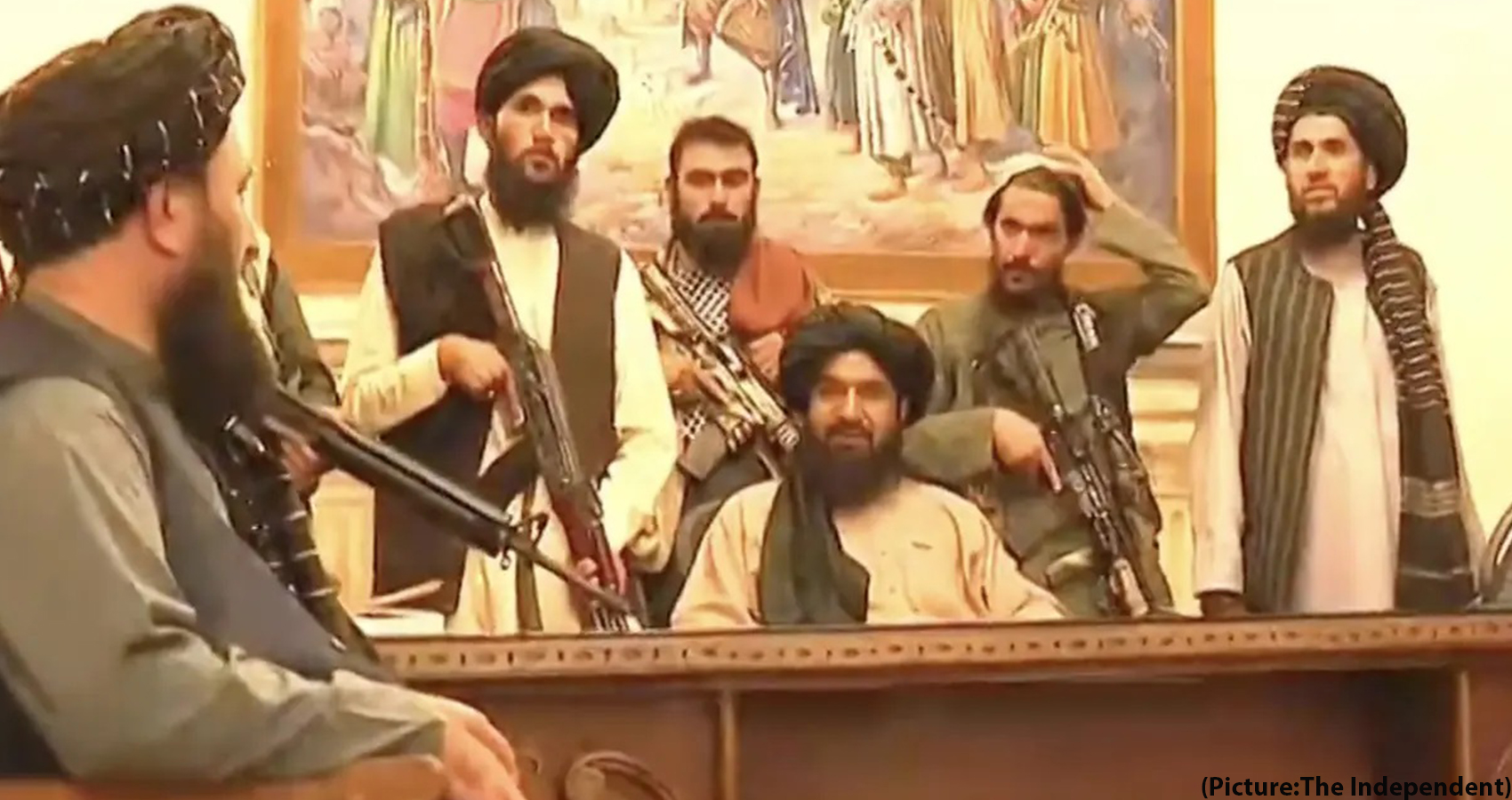
 It was surprising, because until taking up arms just a year before, many of the fighters had been little more than religious pupils. Their very name meant “students.” The Taliban, they called themselves. A quarter-century later, after outlasting an international military coalition in a war that cost tens of thousands of lives, the onetime students are now rulers of the land. Again. Here is a look at the origin of the Taliban; how they managed to take over Afghanistan not once, but twice; what they did when they first took control — and what that might reveal about their plans for this time.
It was surprising, because until taking up arms just a year before, many of the fighters had been little more than religious pupils. Their very name meant “students.” The Taliban, they called themselves. A quarter-century later, after outlasting an international military coalition in a war that cost tens of thousands of lives, the onetime students are now rulers of the land. Again. Here is a look at the origin of the Taliban; how they managed to take over Afghanistan not once, but twice; what they did when they first took control — and what that might reveal about their plans for this time.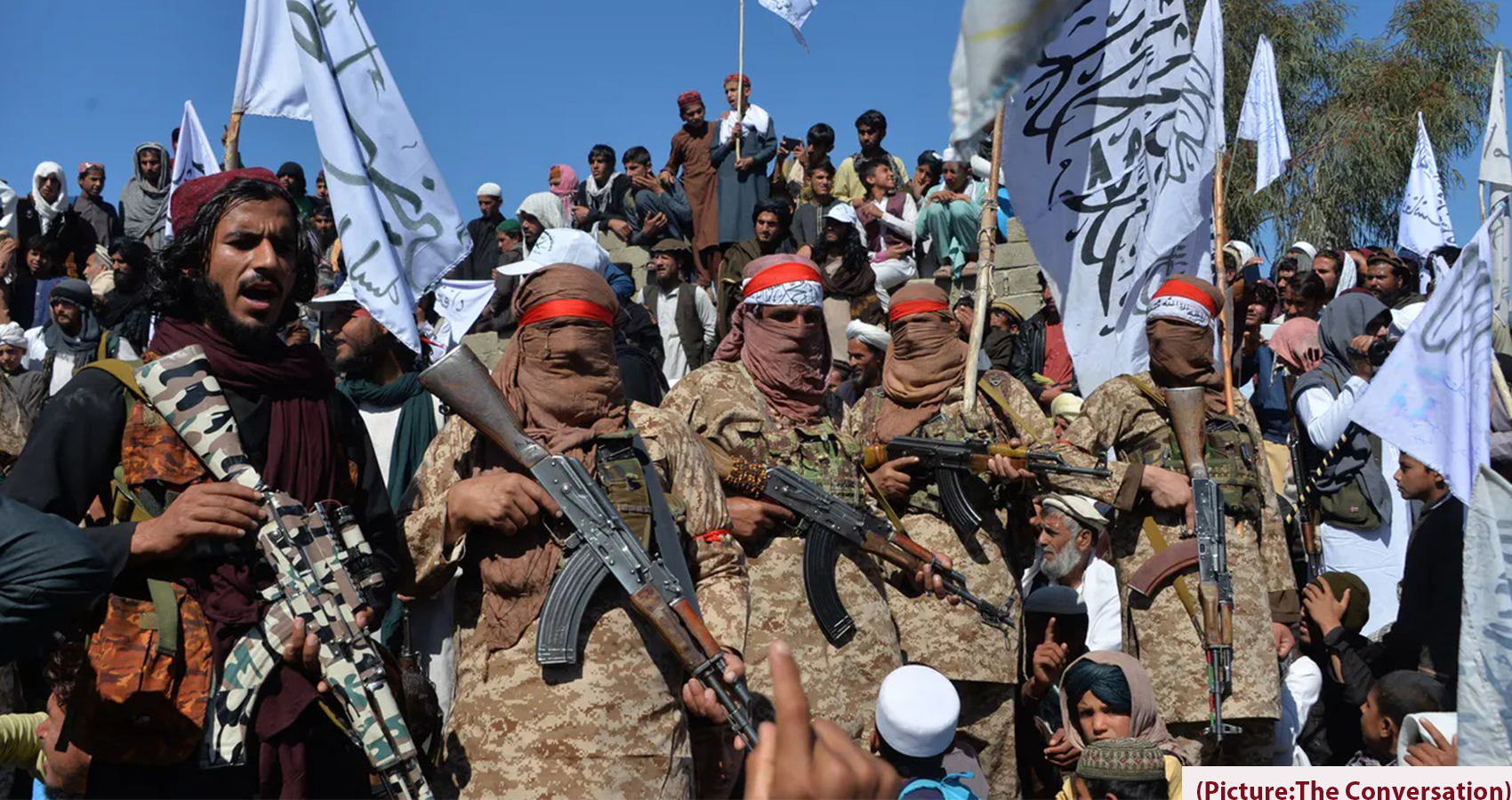
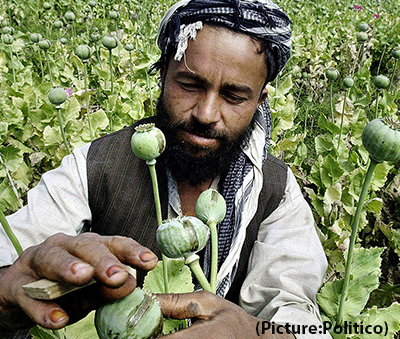 In
In 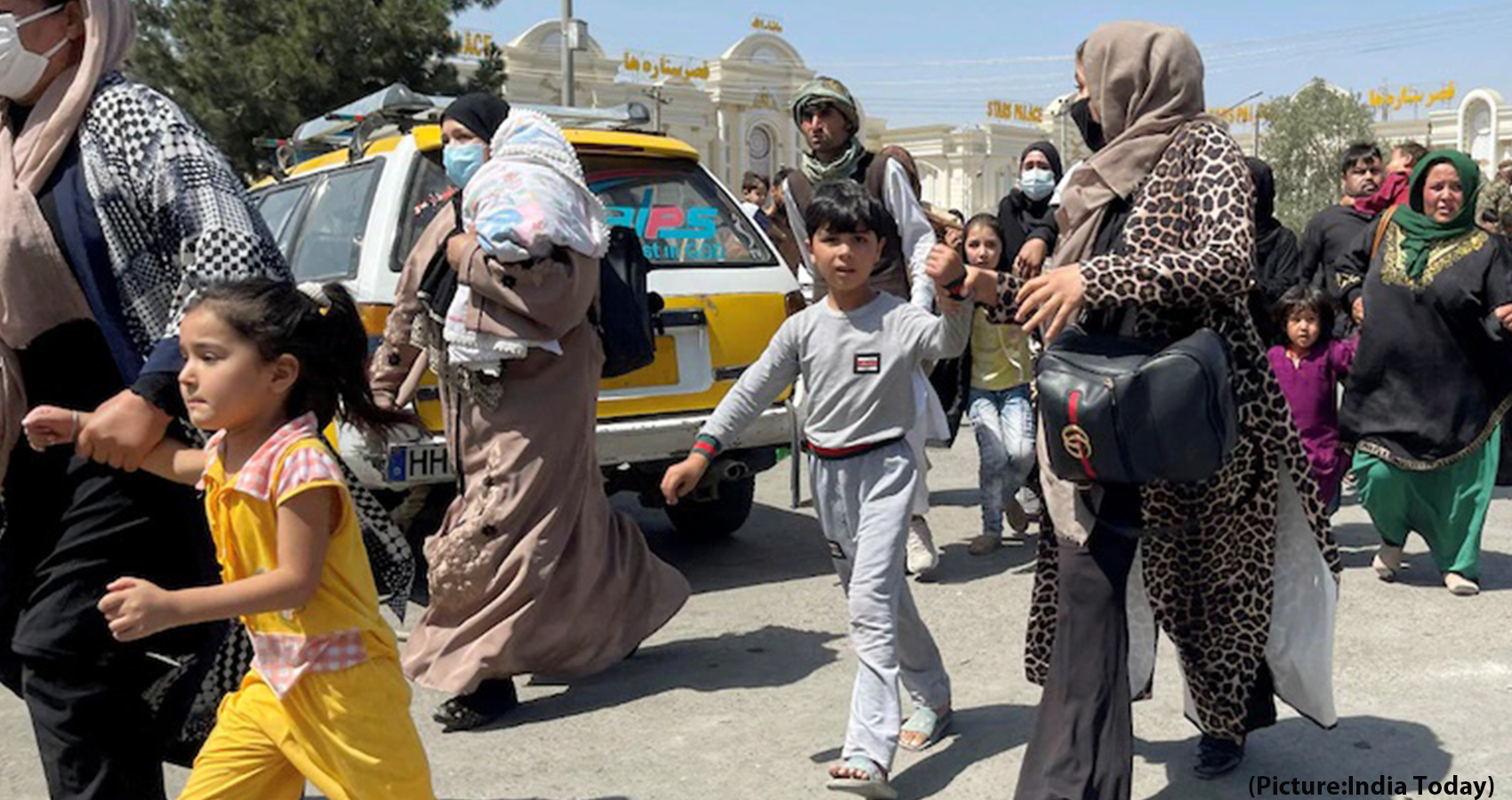
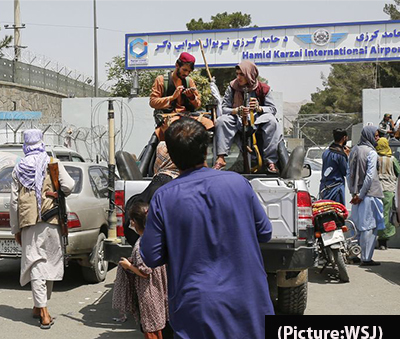 Most of them might not have served a single day in the
Most of them might not have served a single day in the 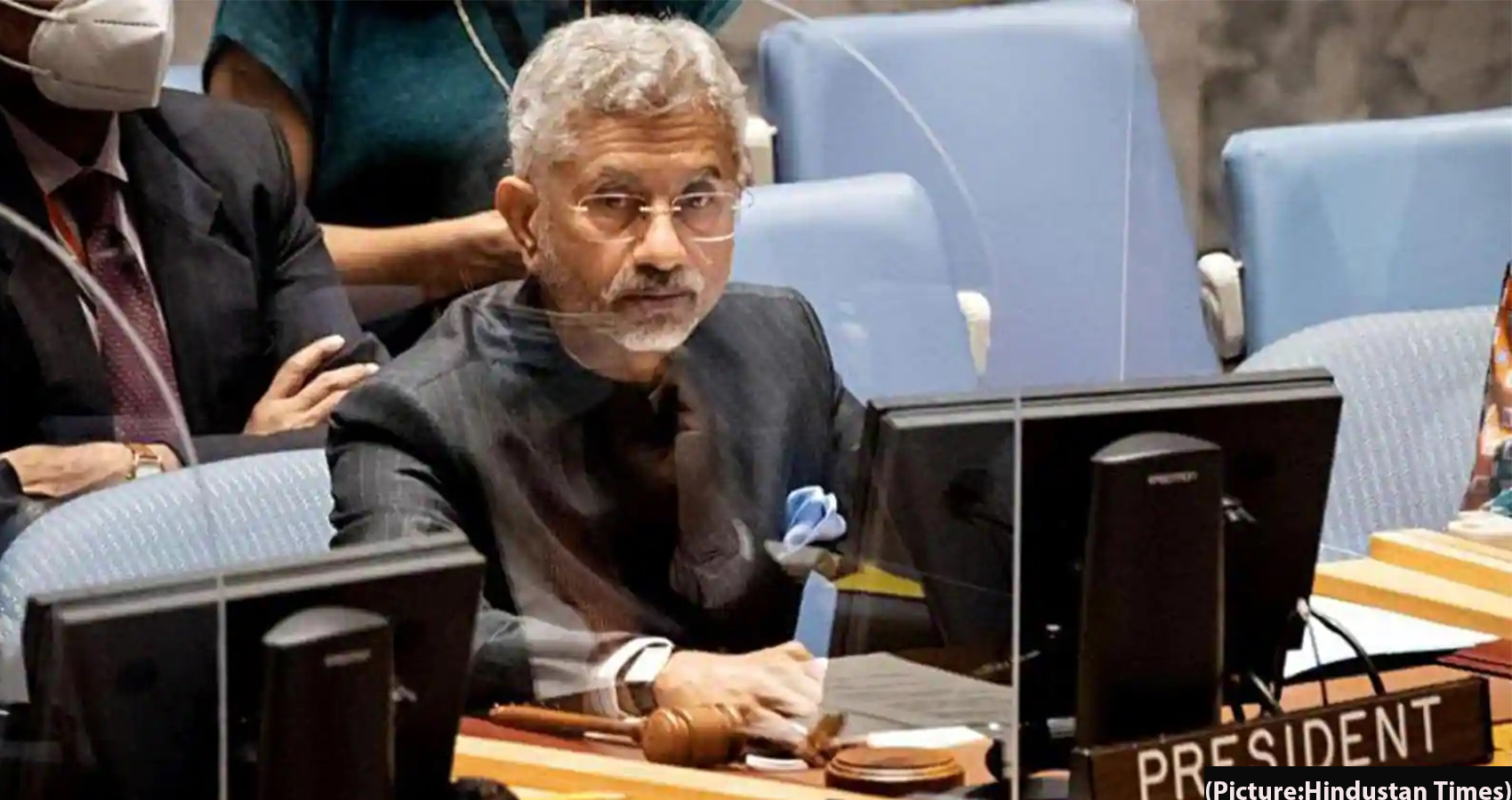

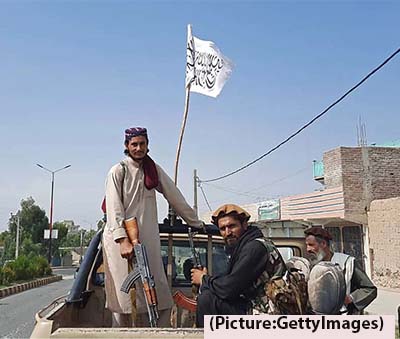 As the
As the 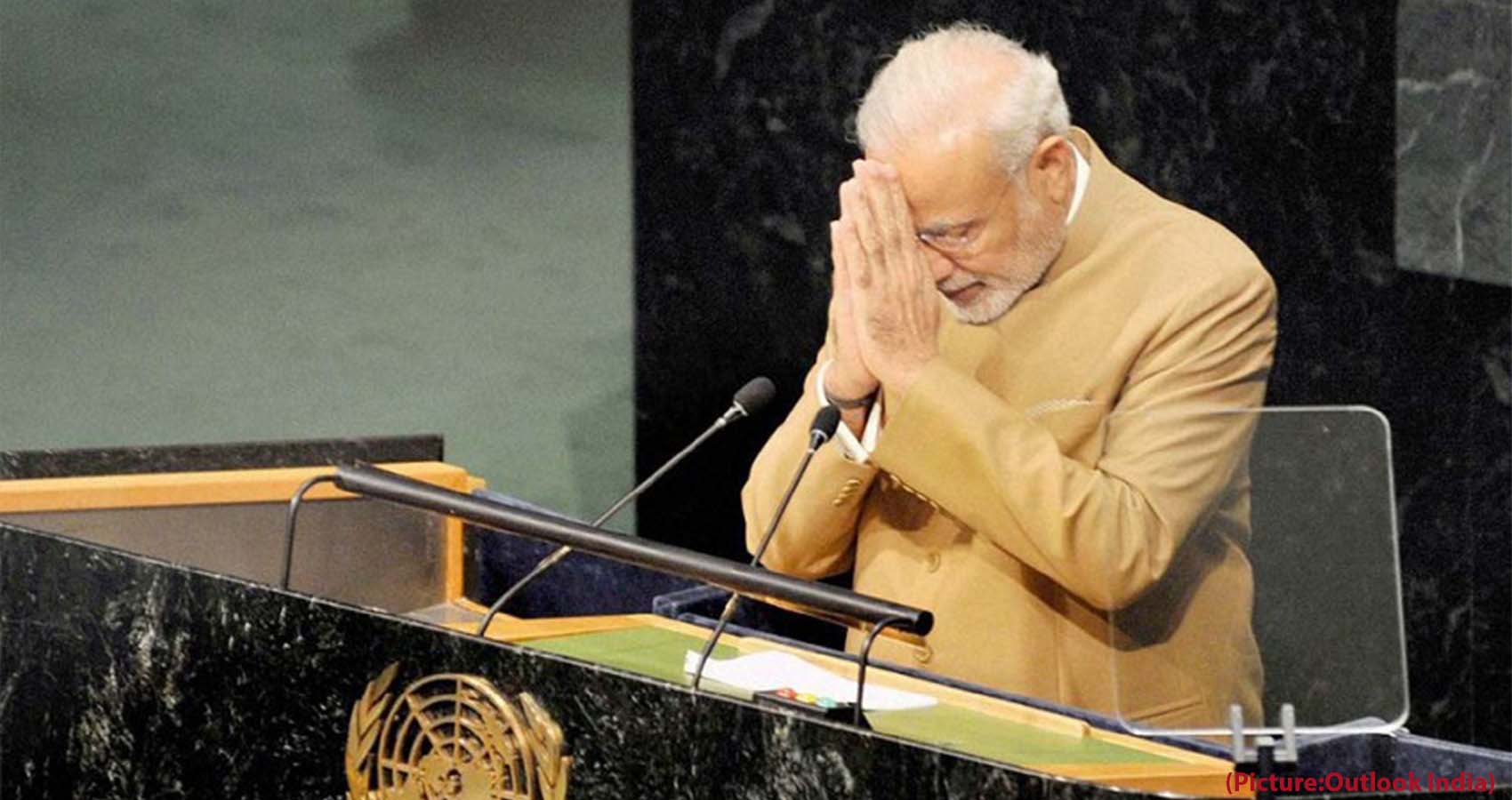
 India decided to focus on all aspects of maritime security in a holistic manner as one of its signature events during its current presidency of the UNSC during August. India took a responsible yet consensus-building approach by initiating consultations amongst all UNSC members from several months in advance. A concept note was prepared that incorporated ideas of all.
India decided to focus on all aspects of maritime security in a holistic manner as one of its signature events during its current presidency of the UNSC during August. India took a responsible yet consensus-building approach by initiating consultations amongst all UNSC members from several months in advance. A concept note was prepared that incorporated ideas of all.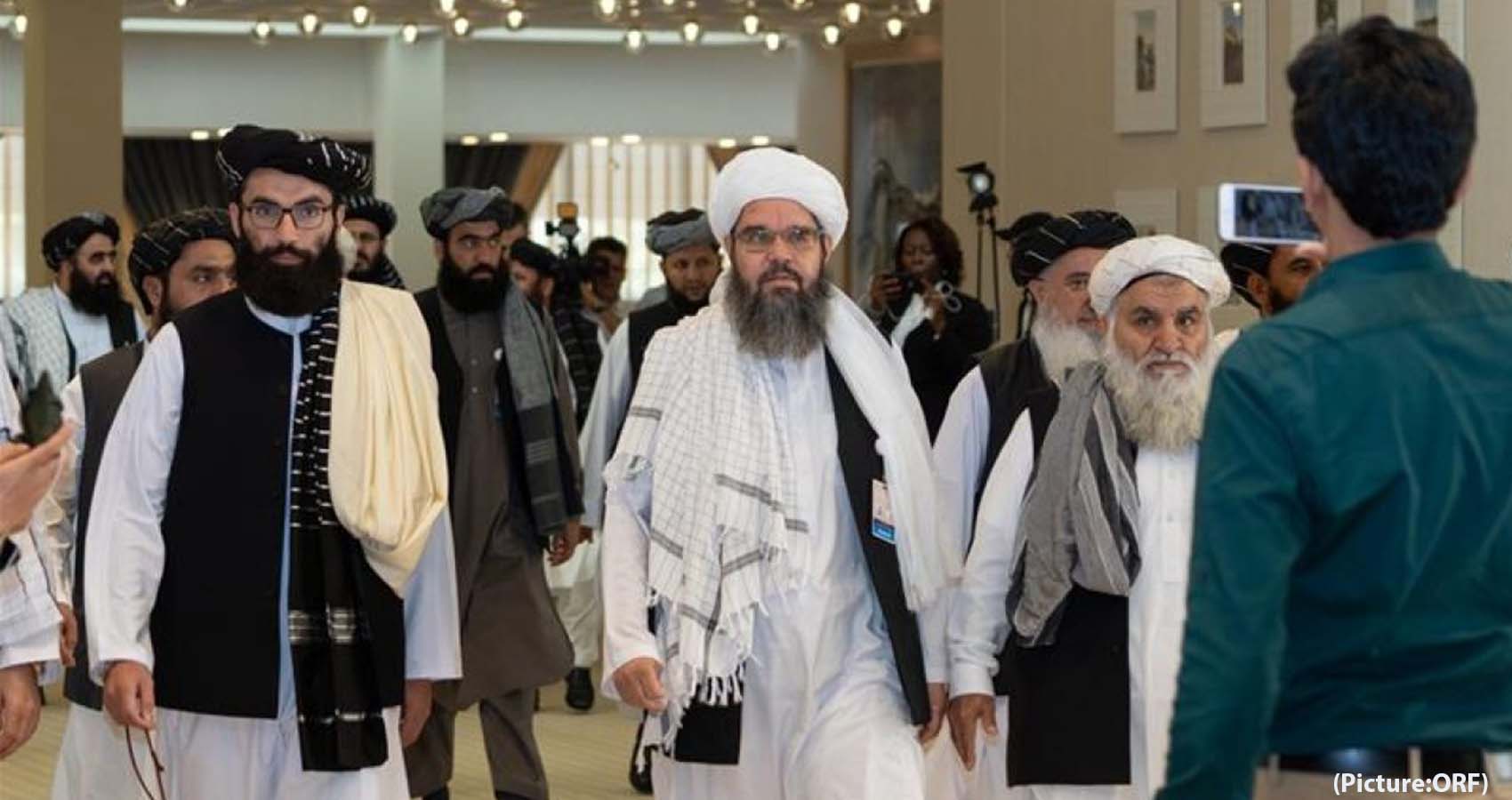
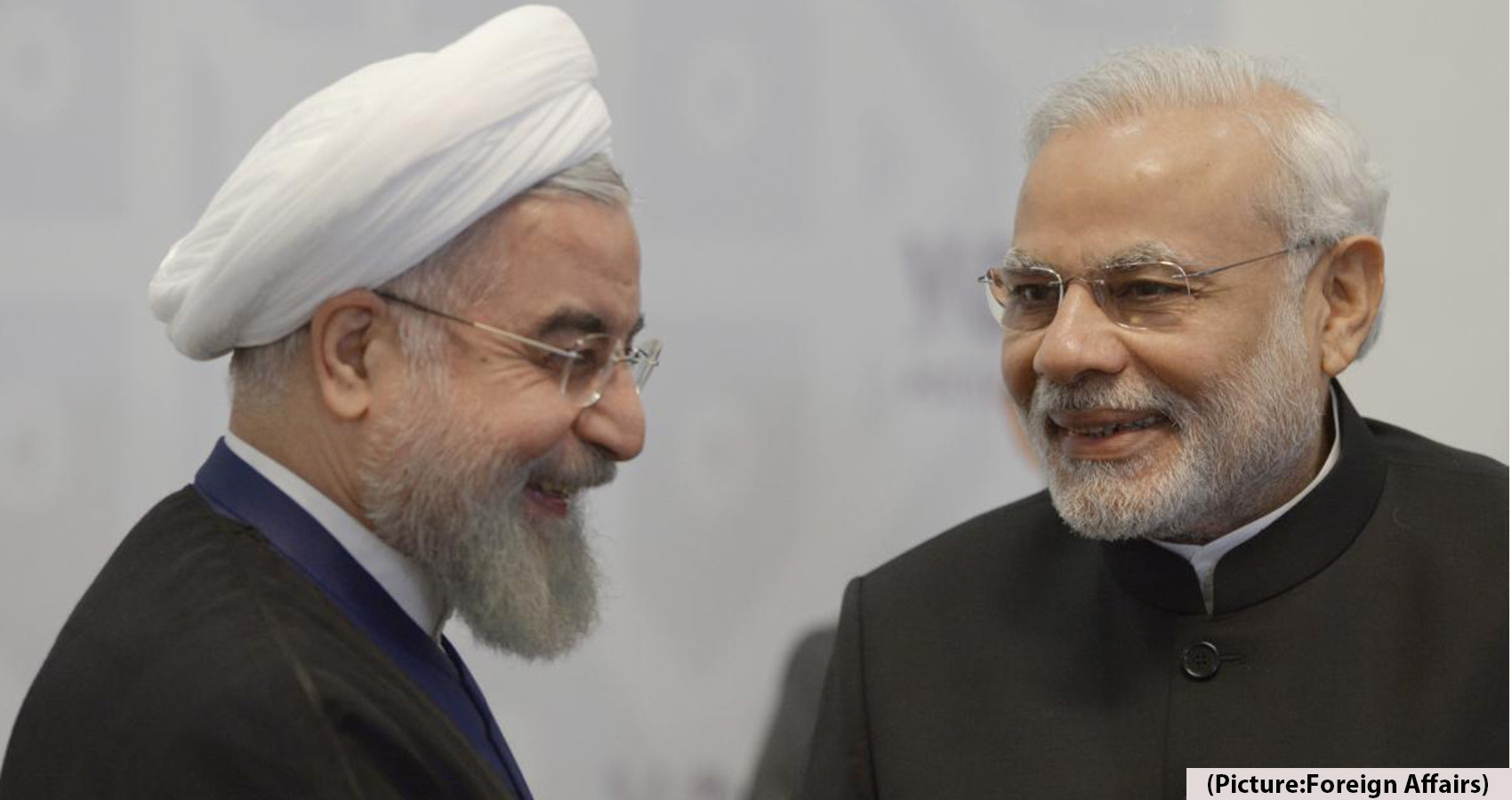
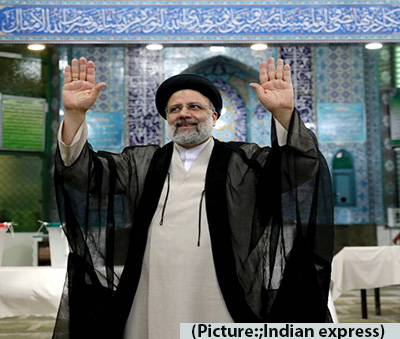 Iran appears eager to reciprocate. When Jaishankar was in Tehran last month on his way to Moscow, Raisi received him—making him the first foreign minister of any country to get that opportunity—and signaled Iran’s interest in stepping up cooperation with India. And in recent weeks, New Delhi and Tehran have
Iran appears eager to reciprocate. When Jaishankar was in Tehran last month on his way to Moscow, Raisi received him—making him the first foreign minister of any country to get that opportunity—and signaled Iran’s interest in stepping up cooperation with India. And in recent weeks, New Delhi and Tehran have 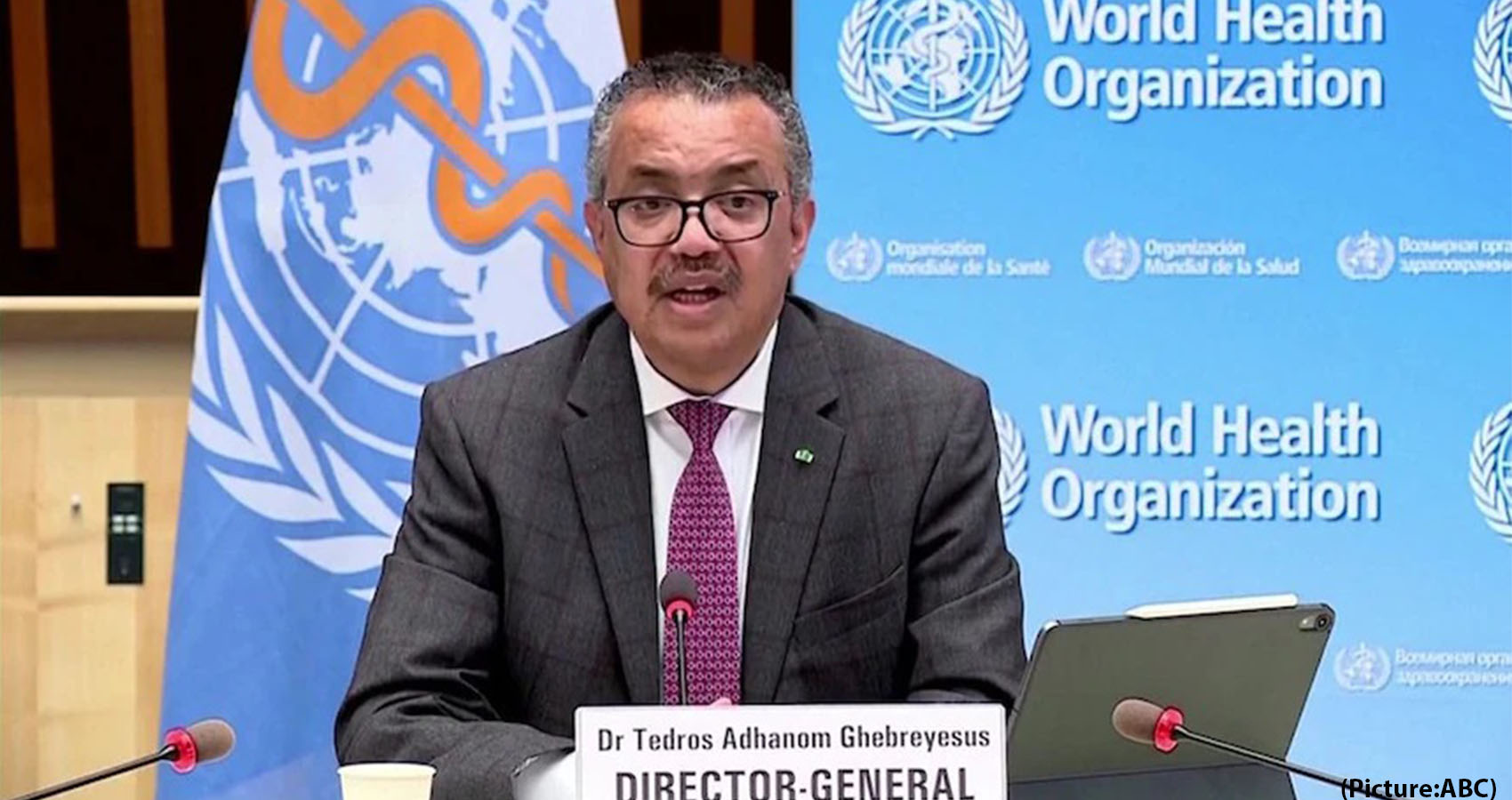
 The agency said the halt should last at least two months, to give the world a chance to meet the director-general’s goal of vaccinating 10% of the population of every country by the end of September.
The agency said the halt should last at least two months, to give the world a chance to meet the director-general’s goal of vaccinating 10% of the population of every country by the end of September.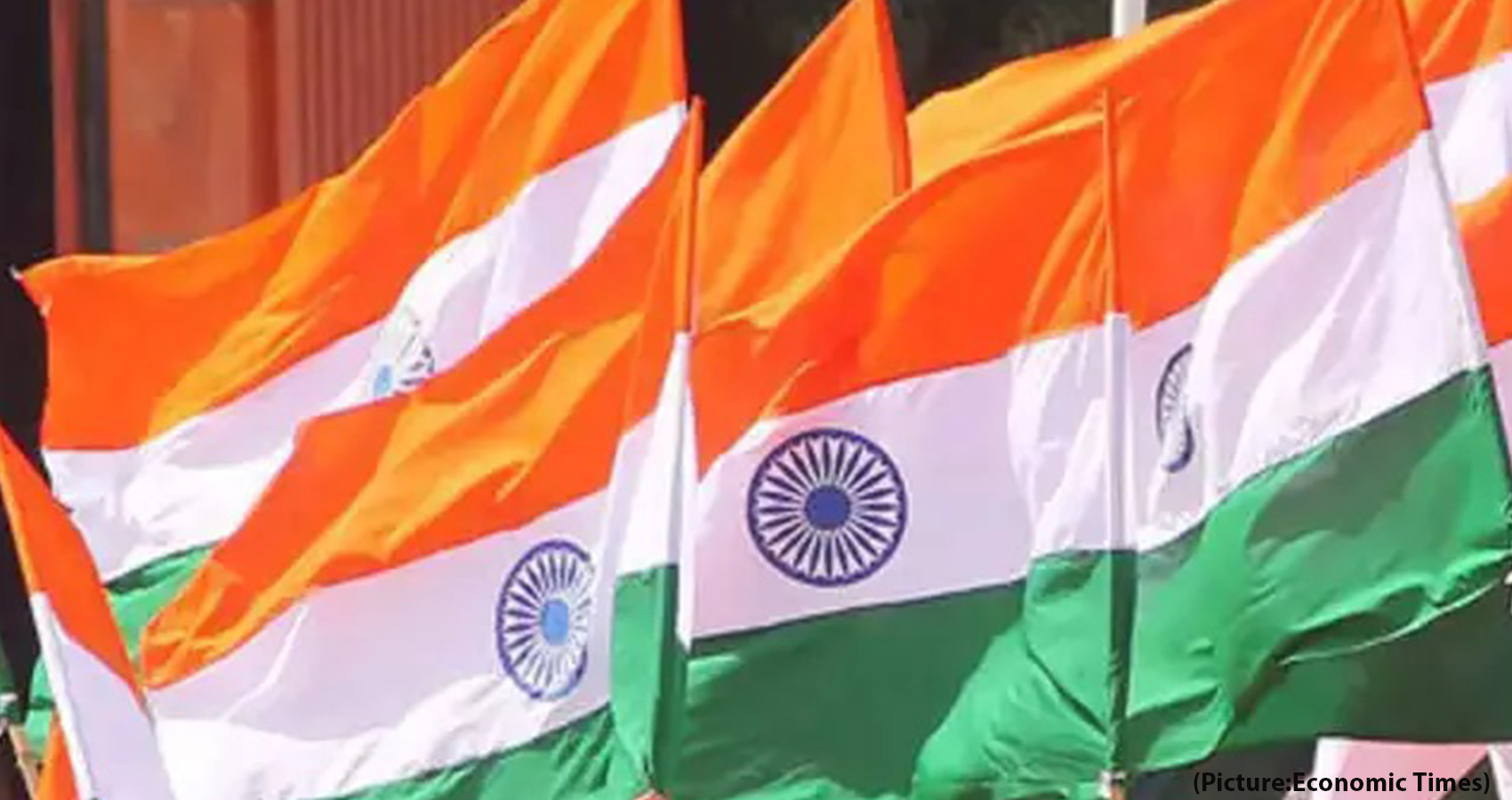
 India on Sunday assumed the presidency of the United Nations Security Council for the month of August and is set to organize key events in three major areas of maritime security, peacekeeping and counter-terrorism.
India on Sunday assumed the presidency of the United Nations Security Council for the month of August and is set to organize key events in three major areas of maritime security, peacekeeping and counter-terrorism.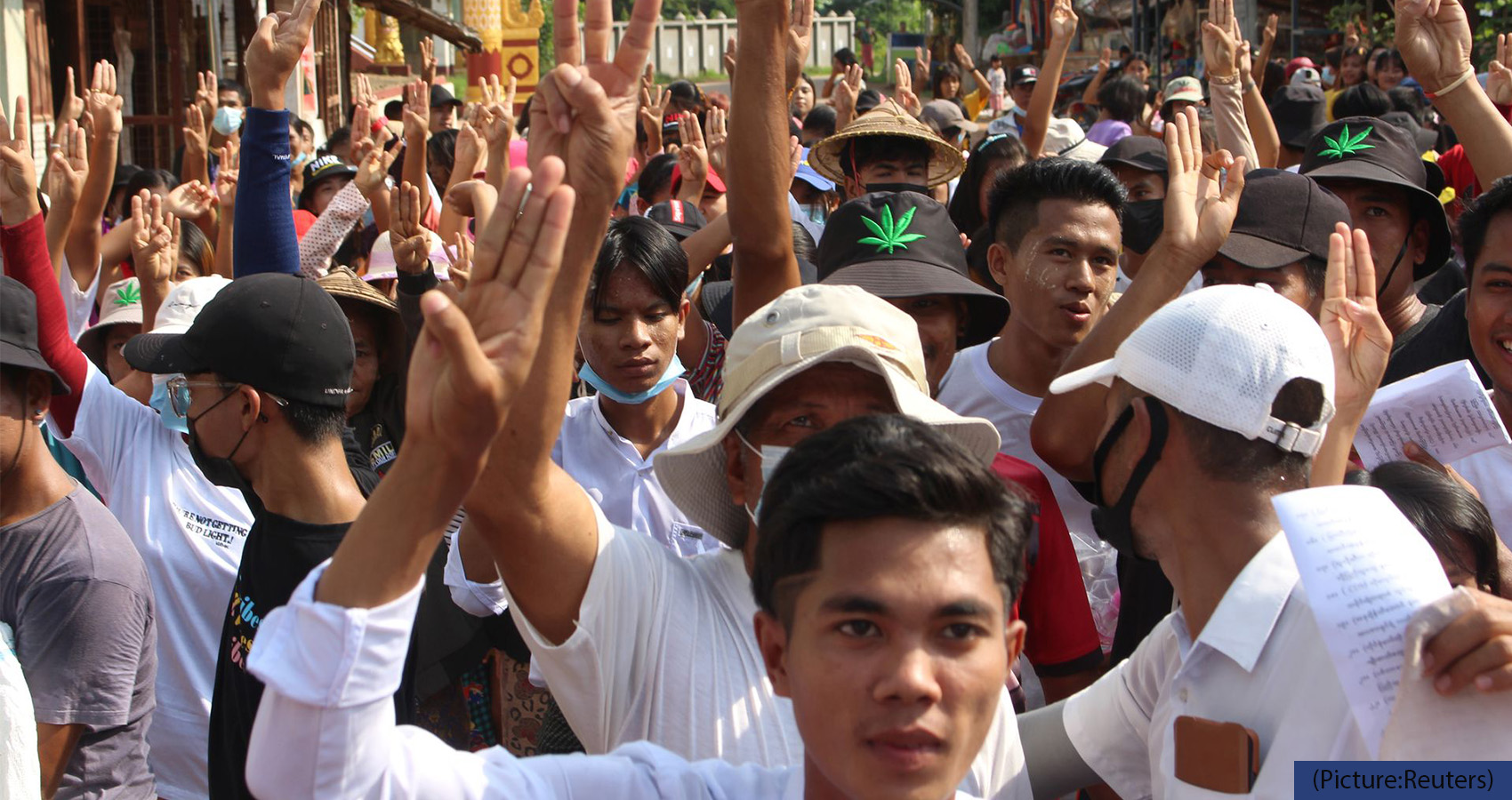

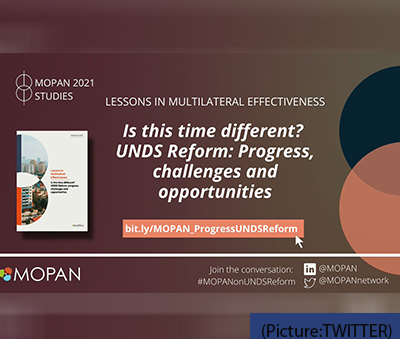 The context is the recently renovated
The context is the recently renovated 
 These are not the only conflicts raging in 2021. There are many in Africa and a few still linger on in Asia and South America. And once again, Afghanistan, the country that defied Alex the Great, the Brits, the Russians and now the Americans and NATO, is set to move center stage on the humanitarian front.
These are not the only conflicts raging in 2021. There are many in Africa and a few still linger on in Asia and South America. And once again, Afghanistan, the country that defied Alex the Great, the Brits, the Russians and now the Americans and NATO, is set to move center stage on the humanitarian front.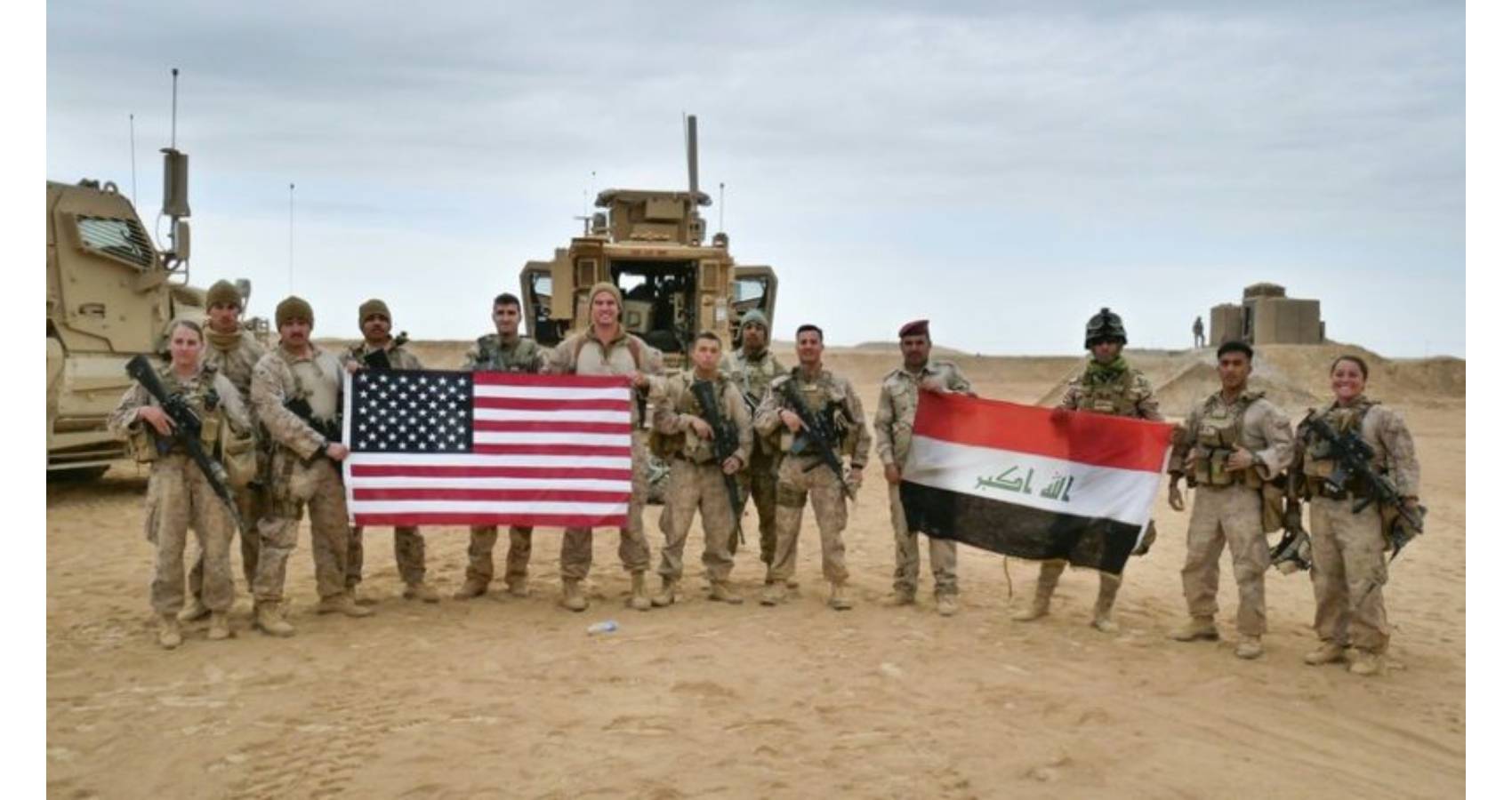
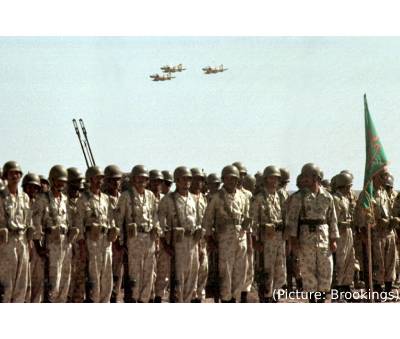 It will also not result in the withdrawal of US troops from the country, as has happened in Afghanistan. There are currently 2,500 US troops in Iraq, and officials declined to say how that number would change following Monday’s announcement. The US and Iraq are expected to announce the US mission will fully shift to an advisory role by year’s end — meaning some of the changes to the current levels could come on paper only. Still, the two decisions are the best illustrations of Biden’s effort to shift American foreign policy away from decisions made nearly two decades ago. Instead, he wants to focus on threats from China, where a top American diplomat traveled this week for a tense set of meetings.
It will also not result in the withdrawal of US troops from the country, as has happened in Afghanistan. There are currently 2,500 US troops in Iraq, and officials declined to say how that number would change following Monday’s announcement. The US and Iraq are expected to announce the US mission will fully shift to an advisory role by year’s end — meaning some of the changes to the current levels could come on paper only. Still, the two decisions are the best illustrations of Biden’s effort to shift American foreign policy away from decisions made nearly two decades ago. Instead, he wants to focus on threats from China, where a top American diplomat traveled this week for a tense set of meetings.
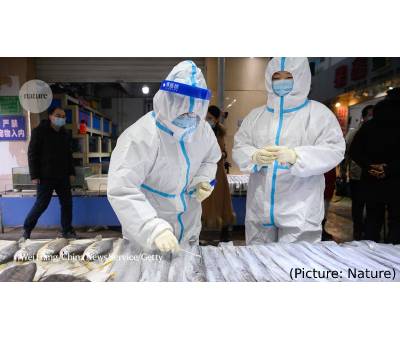 As a result, researchers expected another coronavirus epidemic or pandemic, though not necessarily one as bad as the COVID-19 outbreak. “This was the worst by far,” he said. Researchers anticipated the initial outbreak from China where the preceding epidemics occurred, but were surprised it came from Central China, not Southern China, as was the case with the 2002 SARS epidemic, he said.
As a result, researchers expected another coronavirus epidemic or pandemic, though not necessarily one as bad as the COVID-19 outbreak. “This was the worst by far,” he said. Researchers anticipated the initial outbreak from China where the preceding epidemics occurred, but were surprised it came from Central China, not Southern China, as was the case with the 2002 SARS epidemic, he said.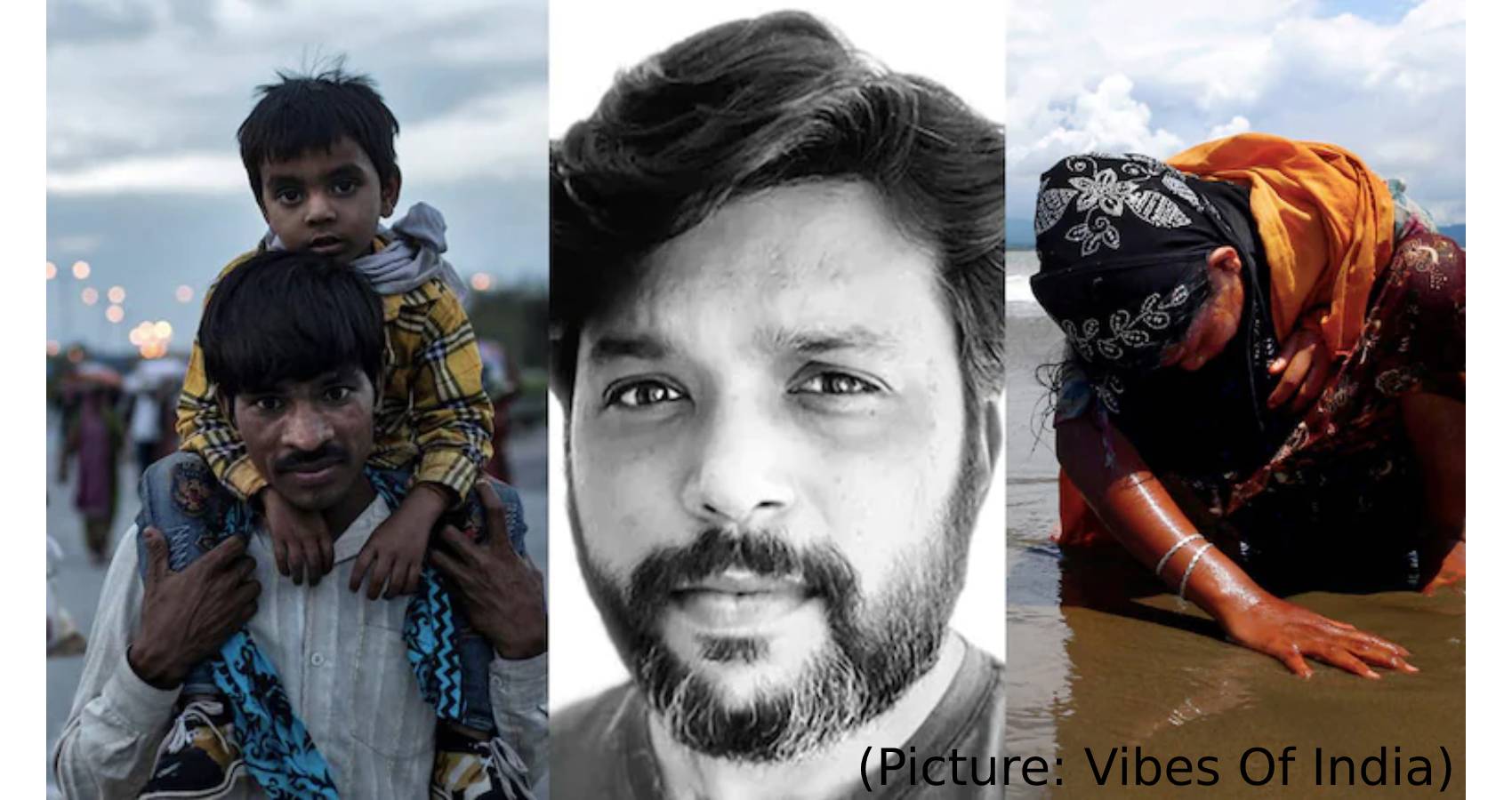
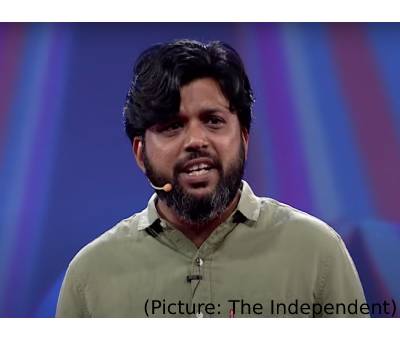 Siddiqui was reporting from Afghanistan as U.S. forces
Siddiqui was reporting from Afghanistan as U.S. forces 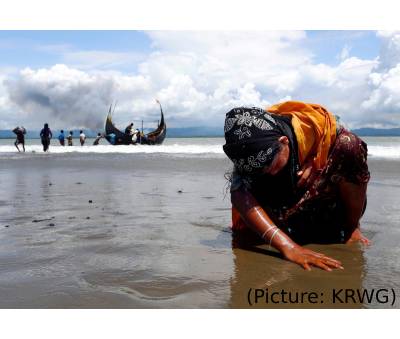 Siddiqui’s pictures of mass cremations of Covid-19 victims at funeral grounds in Delhi went viral. The funeral pyres burning round-the-clock and cremation grounds running out of space told the story of a death toll unseen and unacknowledged in official data by India and the state governments. Siddiqui travelled to smaller cities and villages to chronicle the unfolding tragedy. In April 2020, Siddiqui covered the exodus of tens of thousands of migrant workers from India’s cities following a sweeping lockdown to prevent the spreading of coronavirus. Sprawled together, men, women and children began their journeys at all hours of the day. They carried their paltry belongings – usually food, water and clothes – in plastic bags. The young men carried tatty backpacks. When the children were too tired to walk, their parents carried them on their shoulders.
Siddiqui’s pictures of mass cremations of Covid-19 victims at funeral grounds in Delhi went viral. The funeral pyres burning round-the-clock and cremation grounds running out of space told the story of a death toll unseen and unacknowledged in official data by India and the state governments. Siddiqui travelled to smaller cities and villages to chronicle the unfolding tragedy. In April 2020, Siddiqui covered the exodus of tens of thousands of migrant workers from India’s cities following a sweeping lockdown to prevent the spreading of coronavirus. Sprawled together, men, women and children began their journeys at all hours of the day. They carried their paltry belongings – usually food, water and clothes – in plastic bags. The young men carried tatty backpacks. When the children were too tired to walk, their parents carried them on their shoulders.
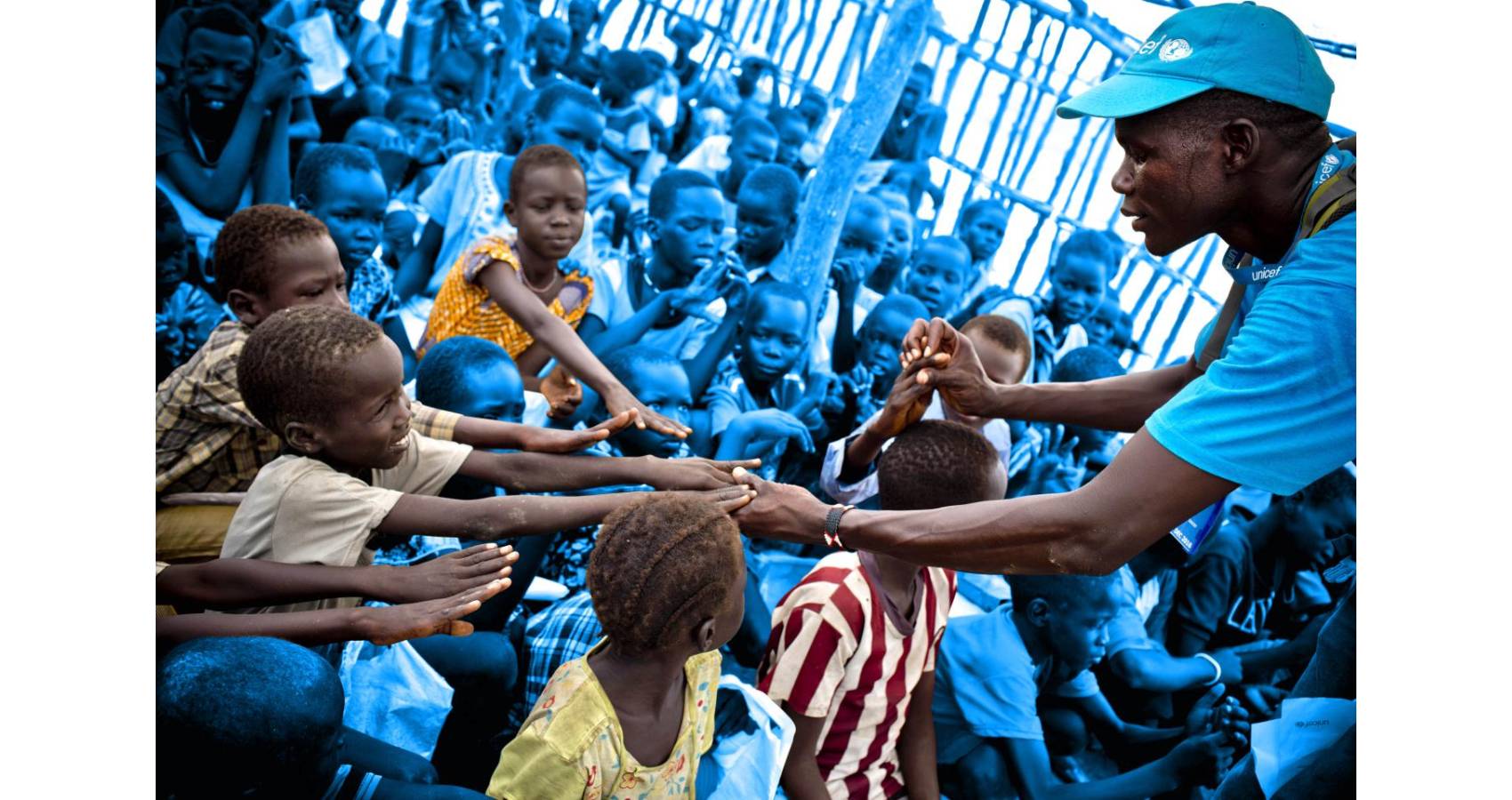
 As for individuals monopolizing office, Dr Arpad Bogsch, another US national, held the post of director general of the World Intellectual Property Organization (WIPO) in Geneva for 24 long years (1973-1997). But more recently, however, the professional life span of senior officials in the UN secretariat is mostly five years, with a possible extension for an additional five years. Since money talks, the US has continued to stake its claims for the UNICEF job, primarily as its largest single financial contributor. But that claim also applies to several UN agencies, which depend on voluntary contributions, and where some of the high-ranking positions are largely held by donors or big powers, mostly from Western Europe, or China and Russia.
As for individuals monopolizing office, Dr Arpad Bogsch, another US national, held the post of director general of the World Intellectual Property Organization (WIPO) in Geneva for 24 long years (1973-1997). But more recently, however, the professional life span of senior officials in the UN secretariat is mostly five years, with a possible extension for an additional five years. Since money talks, the US has continued to stake its claims for the UNICEF job, primarily as its largest single financial contributor. But that claim also applies to several UN agencies, which depend on voluntary contributions, and where some of the high-ranking positions are largely held by donors or big powers, mostly from Western Europe, or China and Russia.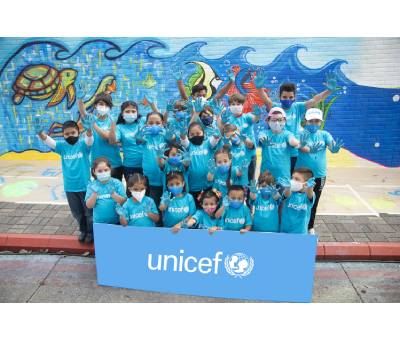 Samir Sanbar, a former UN assistant secretary-General and head of the Department of Public Information, told IPS the argument over the post of UNICEF Executive Director was the first clash between Boutros-Ghali and Ambassador Albright who otherwise was very friendly, as both were “former professors”. As Boutros-Ghali once quipped: “I may be America’s yes man (as he was described in the Arab press when he was elected secretary-general) but certainly not, yes sir “. Initially, American UNICEF Executive Directors like Henry Labouisse and James Grant proved their value not merely by bringing U.S. funds but by their proven accomplishments, said Sanbar.
Samir Sanbar, a former UN assistant secretary-General and head of the Department of Public Information, told IPS the argument over the post of UNICEF Executive Director was the first clash between Boutros-Ghali and Ambassador Albright who otherwise was very friendly, as both were “former professors”. As Boutros-Ghali once quipped: “I may be America’s yes man (as he was described in the Arab press when he was elected secretary-general) but certainly not, yes sir “. Initially, American UNICEF Executive Directors like Henry Labouisse and James Grant proved their value not merely by bringing U.S. funds but by their proven accomplishments, said Sanbar.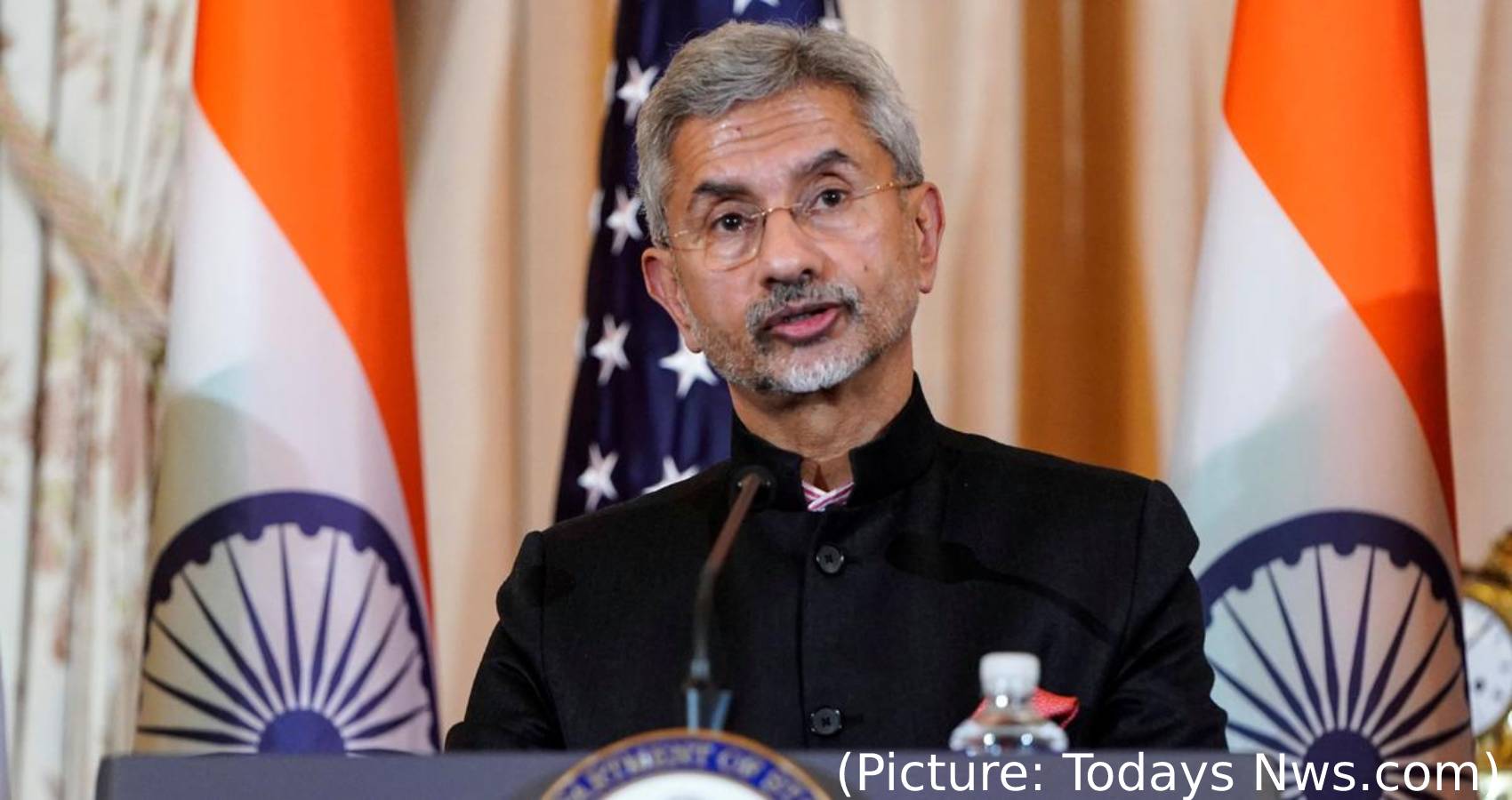
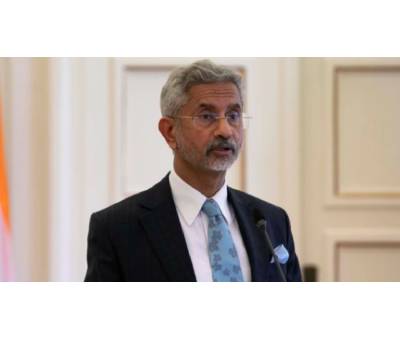 India has presented a three-point roadmap for an end state in Afghanistan. It includes cessation of violence and attacks and political dialogue for a settlement. External affairs minister S Jaishankar presented the Indian view at a Shanghai Cooperation Organisation (SCO) Contact Group meeting. Although Mr. Jaishankar has been at the same venue as the Pakistan Foreign Minister Shah Mehmood Qureshi at least twice in the past few months, the SCO meeting marks the first time he will be in the room with Chinese Foreign Minister Wang Yi, since the two met in Moscow last September, when they agreed to de-escalate tensions at the Line of Actual Control.
India has presented a three-point roadmap for an end state in Afghanistan. It includes cessation of violence and attacks and political dialogue for a settlement. External affairs minister S Jaishankar presented the Indian view at a Shanghai Cooperation Organisation (SCO) Contact Group meeting. Although Mr. Jaishankar has been at the same venue as the Pakistan Foreign Minister Shah Mehmood Qureshi at least twice in the past few months, the SCO meeting marks the first time he will be in the room with Chinese Foreign Minister Wang Yi, since the two met in Moscow last September, when they agreed to de-escalate tensions at the Line of Actual Control.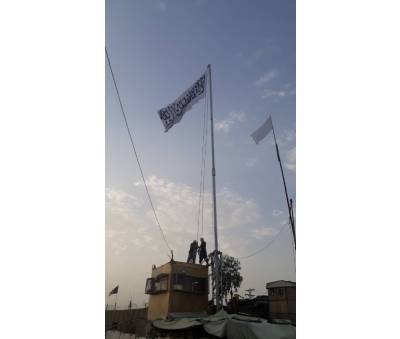 “The most important goal is for Uzbekistan, which the only double landlocked country in the world other than Liechtenstein, to build a bridge to the South Asian region. Through our southern neighbors we want to access the seas, and the closest is the Indian ocean,” Mr. Akhotov added. At the conference entitled “Central and South Asia: Regional Connectivity, Challenges and Opportunities”, Mr. Mirziyoyev will project Uzbekistan as the Central Asian fulcrum and key country in the Intra-Afghan peace process, that has, in the past, hosted Taliban delegations for talks.
“The most important goal is for Uzbekistan, which the only double landlocked country in the world other than Liechtenstein, to build a bridge to the South Asian region. Through our southern neighbors we want to access the seas, and the closest is the Indian ocean,” Mr. Akhotov added. At the conference entitled “Central and South Asia: Regional Connectivity, Challenges and Opportunities”, Mr. Mirziyoyev will project Uzbekistan as the Central Asian fulcrum and key country in the Intra-Afghan peace process, that has, in the past, hosted Taliban delegations for talks.
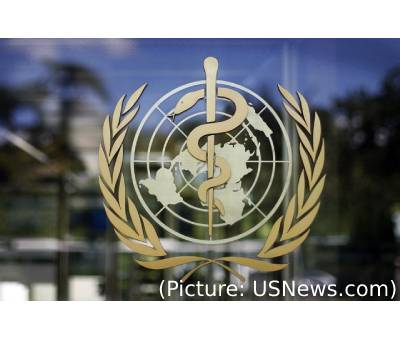 Globally, 2.4 billion people did not have access to sufficiently nutritious food in 2020 – an increase of nearly 320 million people in one year. The report also highlights how climate change has left communities in developing countries most exposed to hunger – despite the fact that they contribute little to global CO2 emissions. These poorer nations are also the least prepared to withstand or respond to climate change, said WFP’s Gernot Laganda, who added that weather-related shocks and stresses were “driving hunger like never before”.
Globally, 2.4 billion people did not have access to sufficiently nutritious food in 2020 – an increase of nearly 320 million people in one year. The report also highlights how climate change has left communities in developing countries most exposed to hunger – despite the fact that they contribute little to global CO2 emissions. These poorer nations are also the least prepared to withstand or respond to climate change, said WFP’s Gernot Laganda, who added that weather-related shocks and stresses were “driving hunger like never before”.
 In a televised address to the nation on Monday, Cuban President Miguel Díaz-Canel, who took over the presidency from his mentor Raul Castro in 2018, blamed the demonstrations on the U.S.’s “policy of economic suffocation” and accused the “Cuban-American mafia” of provoking social unrest in the country. In the heart of Miami’s Cuban-American community on Sunday, more than 5,000 people demonstrated in solidarity with the protestors, with Mayor Francis Suarez calling for a U.S.-led intervention.
In a televised address to the nation on Monday, Cuban President Miguel Díaz-Canel, who took over the presidency from his mentor Raul Castro in 2018, blamed the demonstrations on the U.S.’s “policy of economic suffocation” and accused the “Cuban-American mafia” of provoking social unrest in the country. In the heart of Miami’s Cuban-American community on Sunday, more than 5,000 people demonstrated in solidarity with the protestors, with Mayor Francis Suarez calling for a U.S.-led intervention.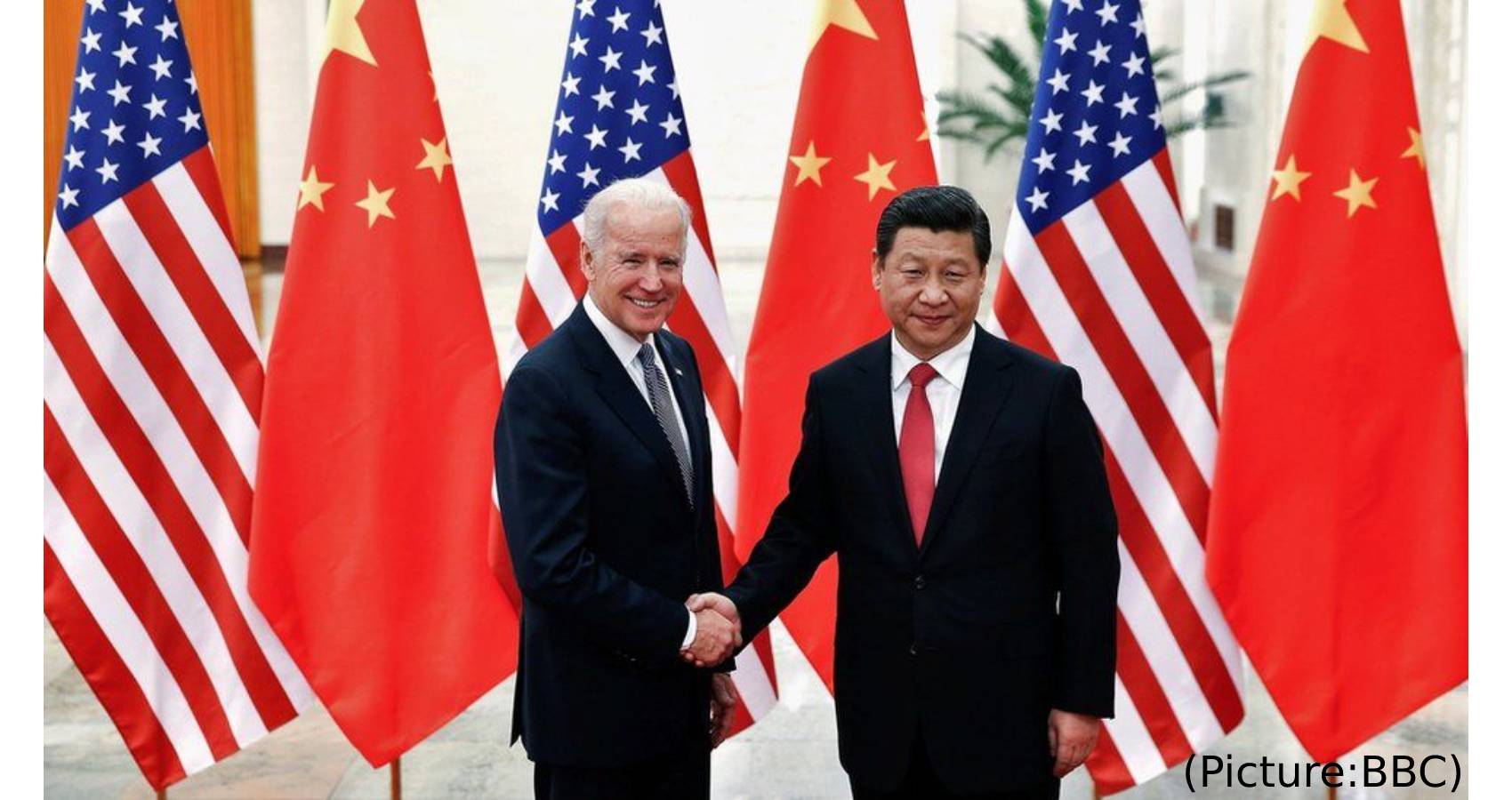
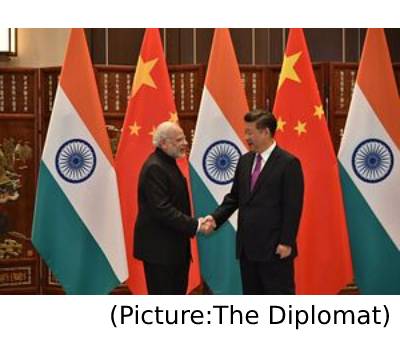 One potential flashpoint in this challenge is Taiwan, which China views as an irrevocable part of its territory. Campbell stressed that the Biden Administration stands by the “One China Policy” and does not recognize Taiwan as an independent country — but he explained that the island should not be ignored by the international community or shut out of multilateral collaboration where it can make contributions. “We fully recognize and understand the sensitivities here,” he said. The conversation also covered trade policy, where the U.S. is “quietly exploring” trade initiatives in Asia; China’s bullying approach to Australia, and fielded questions on how the imminent withdrawal of the U.S. military from Afghanistan will play out in the region.
One potential flashpoint in this challenge is Taiwan, which China views as an irrevocable part of its territory. Campbell stressed that the Biden Administration stands by the “One China Policy” and does not recognize Taiwan as an independent country — but he explained that the island should not be ignored by the international community or shut out of multilateral collaboration where it can make contributions. “We fully recognize and understand the sensitivities here,” he said. The conversation also covered trade policy, where the U.S. is “quietly exploring” trade initiatives in Asia; China’s bullying approach to Australia, and fielded questions on how the imminent withdrawal of the U.S. military from Afghanistan will play out in the region.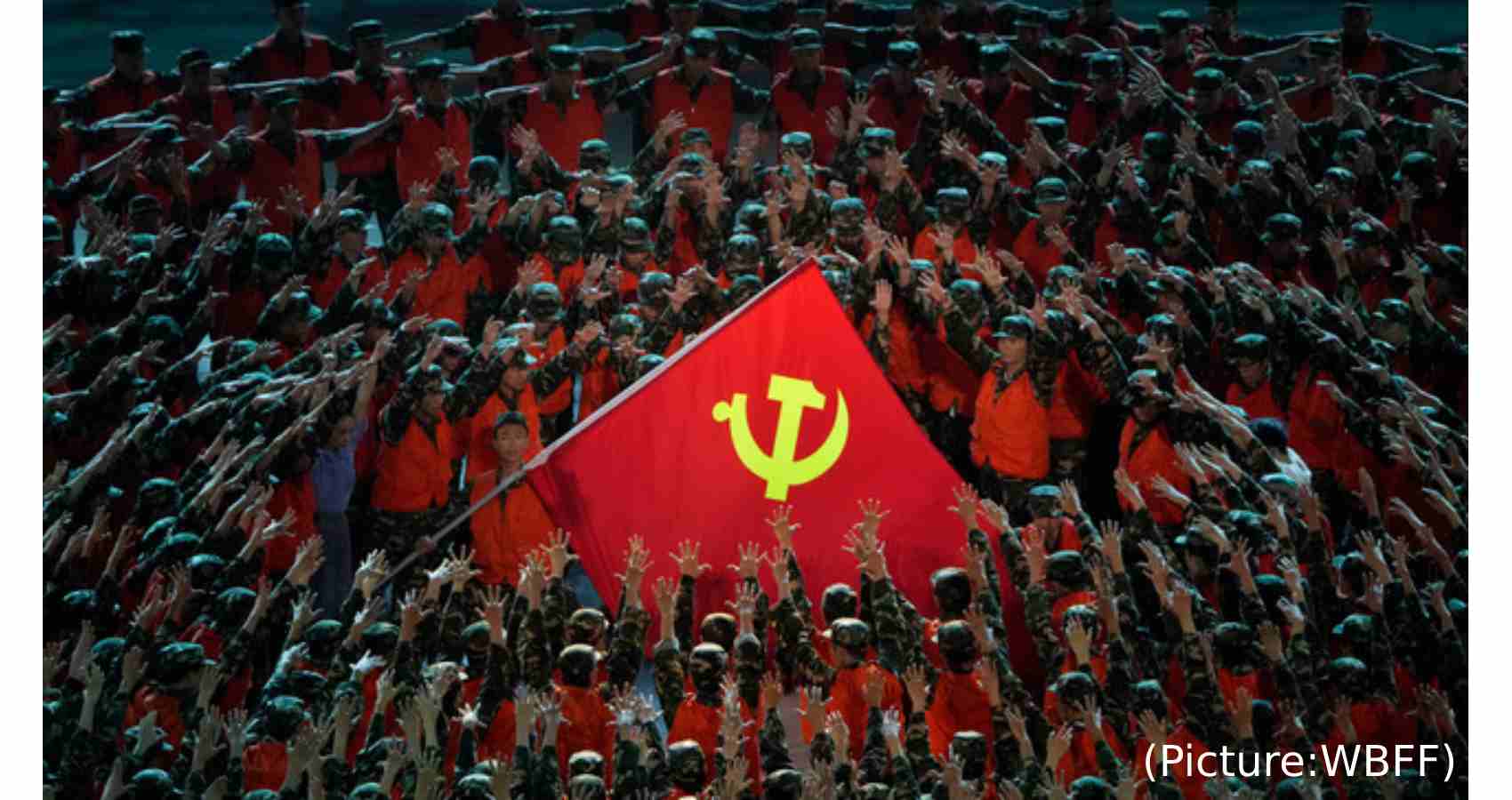
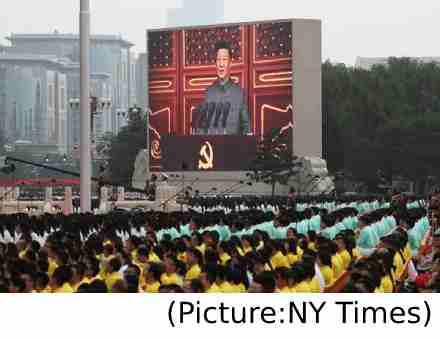 The second is the creation of a consumerist lifestyle. Back in the Cold War, then-US Vice President Richard Nixon and Soviet leader Nikita Khrushchev clashed in the “kitchen debate” over which system, capitalism or communism, could create a better lifestyle for ordinary people. In that case, most people might say the US has been the clear winner. But today, China’s emerging middle class can point to a lifestyle that is far beyond anything their parents or grandparents might have imagined. They have some of the world’s most sophisticated mobile phones, they go on vacation to glamorous locations within China (the tropical paradises of Hainan or Dali), and they live in some of the fastest-growing cities on earth.
The second is the creation of a consumerist lifestyle. Back in the Cold War, then-US Vice President Richard Nixon and Soviet leader Nikita Khrushchev clashed in the “kitchen debate” over which system, capitalism or communism, could create a better lifestyle for ordinary people. In that case, most people might say the US has been the clear winner. But today, China’s emerging middle class can point to a lifestyle that is far beyond anything their parents or grandparents might have imagined. They have some of the world’s most sophisticated mobile phones, they go on vacation to glamorous locations within China (the tropical paradises of Hainan or Dali), and they live in some of the fastest-growing cities on earth.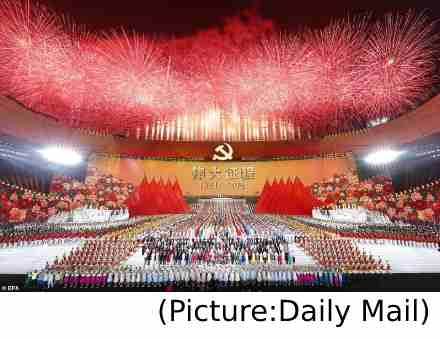 The significance of Mao in the history of modern China can never be overemphasized. Mao to China was what Stalin was to the Soviet Union. He was the founder of the People’s Republic of China (PRC) in 1949, and yet under him the country experienced some of the bloodiest and most controversial episodes in its history. After coming to power, Mao consolidated his control over the country through campaigns against landlords and counter-revolutionaries. His anti-rightist campaign between 1957 and 59 is known to have led to the execution of hundreds and thousands of critics of the party. The Great Leap Forward, an economic and social campaign initiated by Mao in 1958 to reconstruct the Chinese agrarian economy according to a Communist model resulted in what is believed to be the greatest famine in the history of the country.
The significance of Mao in the history of modern China can never be overemphasized. Mao to China was what Stalin was to the Soviet Union. He was the founder of the People’s Republic of China (PRC) in 1949, and yet under him the country experienced some of the bloodiest and most controversial episodes in its history. After coming to power, Mao consolidated his control over the country through campaigns against landlords and counter-revolutionaries. His anti-rightist campaign between 1957 and 59 is known to have led to the execution of hundreds and thousands of critics of the party. The Great Leap Forward, an economic and social campaign initiated by Mao in 1958 to reconstruct the Chinese agrarian economy according to a Communist model resulted in what is believed to be the greatest famine in the history of the country.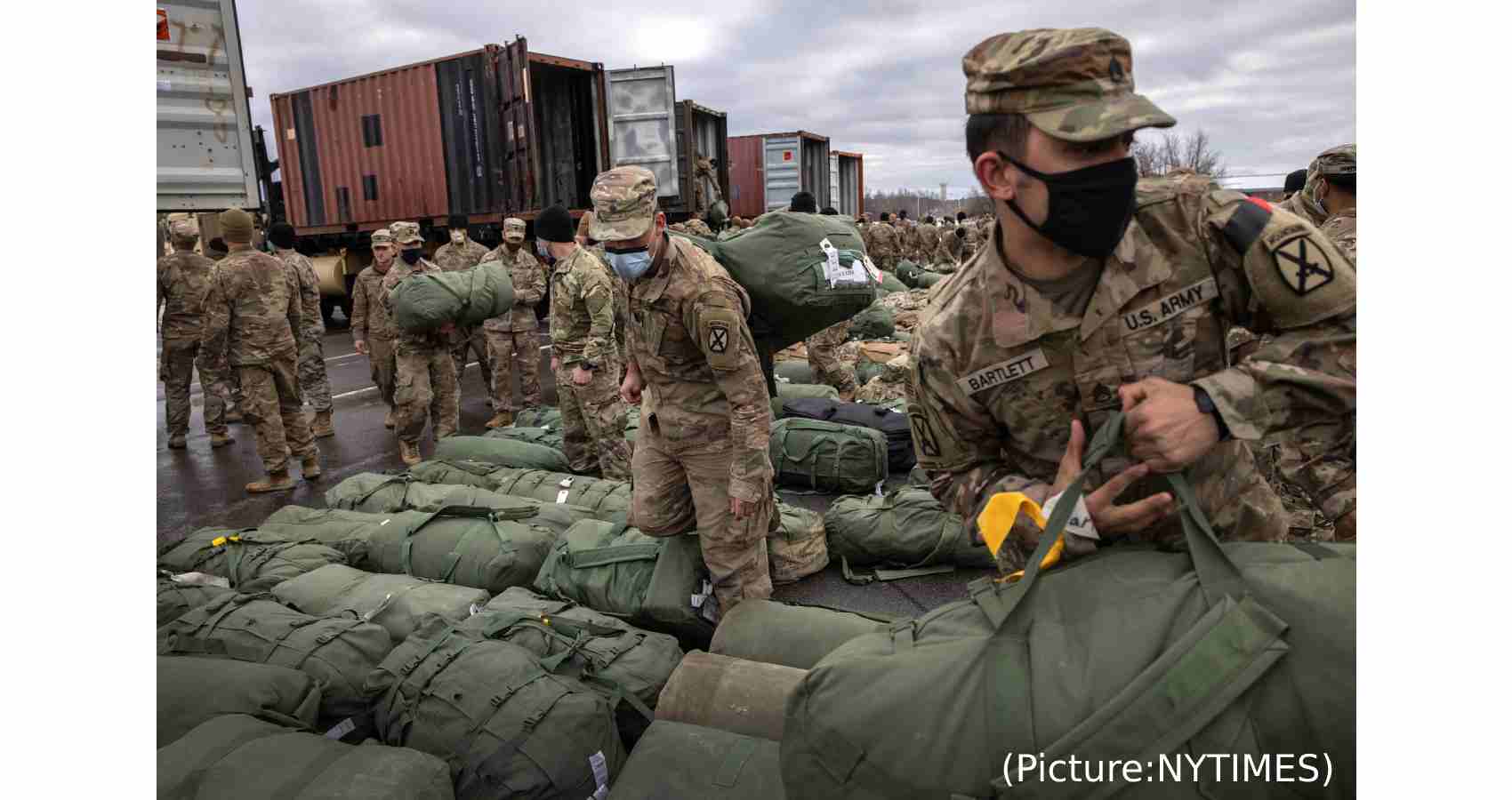
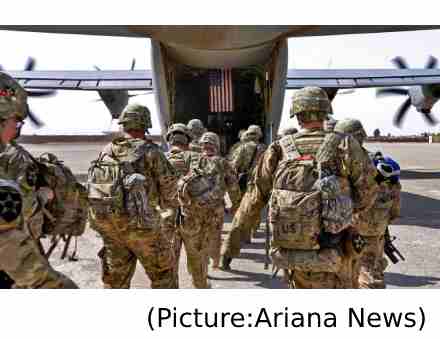 US officials say there were some 2,500 US troops in Afghanistan, plus hundreds of additional special forces who are not publicly acknowledged when Biden made his decision in April to withdraw them. This comes in the middle of a surge in violence as the Taliban has increased its activities since the start of the US-led forces pull out on May 1.
US officials say there were some 2,500 US troops in Afghanistan, plus hundreds of additional special forces who are not publicly acknowledged when Biden made his decision in April to withdraw them. This comes in the middle of a surge in violence as the Taliban has increased its activities since the start of the US-led forces pull out on May 1.
 Tehran’s fleet of attack aircraft date largely back to before the 1979 Islamic Revolution, forcing Iran to instead invest in missiles as a hedge against its regional Arab neighbours, who have purchased billions of dollars in American military hardware over the years. Iran also relies on militias like Yemen’s Houthis and Lebanon’s Hezbollah to counterbalance against enemies like Saudi Arabia and Israel, respectively.
Tehran’s fleet of attack aircraft date largely back to before the 1979 Islamic Revolution, forcing Iran to instead invest in missiles as a hedge against its regional Arab neighbours, who have purchased billions of dollars in American military hardware over the years. Iran also relies on militias like Yemen’s Houthis and Lebanon’s Hezbollah to counterbalance against enemies like Saudi Arabia and Israel, respectively.


 “I really do think — not me, but I think we, the country, has put a different face on where we’ve been and where we’re going, and I feel good about it,” Biden said to the press, reflecting on his first foreign trip as President before boarding Air Force One. “There was a summary done by him and by me of what we covered. Lavrov and Blinken talked about what we covered. We raised things that required more amplification or we made sure we did not have any misunderstandings. It was after two hours there, we looked at each other like, ‘okay, what next?’ What is going to happen next is we’re going to be able to look back, look ahead in three to six months and say, did the things we agree to sit down and work out, did it work? Are we closer to a major strategic stability talks and progress? … That’s going to be the test. I am not sitting here saying because the President and I agreed we would do these things that all of a sudden it’s going to work. I’m not saying that. What I am saying is that I think there’s a genuine prospect to significantly improve the relations between the two countries, without giving up anything on principles and values.”
“I really do think — not me, but I think we, the country, has put a different face on where we’ve been and where we’re going, and I feel good about it,” Biden said to the press, reflecting on his first foreign trip as President before boarding Air Force One. “There was a summary done by him and by me of what we covered. Lavrov and Blinken talked about what we covered. We raised things that required more amplification or we made sure we did not have any misunderstandings. It was after two hours there, we looked at each other like, ‘okay, what next?’ What is going to happen next is we’re going to be able to look back, look ahead in three to six months and say, did the things we agree to sit down and work out, did it work? Are we closer to a major strategic stability talks and progress? … That’s going to be the test. I am not sitting here saying because the President and I agreed we would do these things that all of a sudden it’s going to work. I’m not saying that. What I am saying is that I think there’s a genuine prospect to significantly improve the relations between the two countries, without giving up anything on principles and values.”
 Macron told Biden that collaboration was needed on a range of issues and told the American president that “it’s great to have a U.S. president part of the club and very willing to cooperate.” Relations between the allies had become strained during the four years of Donald Trump’s presidency and his “America first” foreign policy.Merkel, for her part, downplayed differences on China and the Nord Stream 2 pipeline which would transport natural gas from Russia to Germany, bypassing Ukraine.“The atmosphere is very cooperative, it is characterized by mutual interest,” Merkel said. “There are very good, constructive and very vivid discussions in the sense that one wants to work together.”
Macron told Biden that collaboration was needed on a range of issues and told the American president that “it’s great to have a U.S. president part of the club and very willing to cooperate.” Relations between the allies had become strained during the four years of Donald Trump’s presidency and his “America first” foreign policy.Merkel, for her part, downplayed differences on China and the Nord Stream 2 pipeline which would transport natural gas from Russia to Germany, bypassing Ukraine.“The atmosphere is very cooperative, it is characterized by mutual interest,” Merkel said. “There are very good, constructive and very vivid discussions in the sense that one wants to work together.”
 To chart its future role in this world, NATO needs to start by addressing the core question of its geographical scope. It should start in Europe. NATO was born as an instrument to protect Europe and the democratic West from a threat from Moscow. Its first task in 2021 and beyond must be to protect Europe and the democratic West from a threat from Moscow. That threat is nowhere near as severe as it was during the Cold War and it is of very different character, but it is a threat nonetheless and a complex one, involving gray operations like the
To chart its future role in this world, NATO needs to start by addressing the core question of its geographical scope. It should start in Europe. NATO was born as an instrument to protect Europe and the democratic West from a threat from Moscow. Its first task in 2021 and beyond must be to protect Europe and the democratic West from a threat from Moscow. That threat is nowhere near as severe as it was during the Cold War and it is of very different character, but it is a threat nonetheless and a complex one, involving gray operations like the 
 Meanwhile, reports here suggest, Israel’s fragile new government has shown little interest in addressing the decades-old conflict with the Palestinians, but it may not have a choice.Jewish ultranationalists are already staging provocations aimed at splitting the coalition and bringing about a return to right-wing rule. In doing so, they risk escalating tensions with the Palestinians weeks after an 11-day Gaza war was halted by an informal cease-fire. Prime Minister Naftali Bennett’s best hope for maintaining his ruling coalition — which consists of eight parties from across the political spectrum — will be to manage the conflict, the same approach favored by his predecessor, Benjamin Netanyahu, for most of his 12-year rule. But that method failed to prevent three Gaza wars and countless smaller eruptions.
Meanwhile, reports here suggest, Israel’s fragile new government has shown little interest in addressing the decades-old conflict with the Palestinians, but it may not have a choice.Jewish ultranationalists are already staging provocations aimed at splitting the coalition and bringing about a return to right-wing rule. In doing so, they risk escalating tensions with the Palestinians weeks after an 11-day Gaza war was halted by an informal cease-fire. Prime Minister Naftali Bennett’s best hope for maintaining his ruling coalition — which consists of eight parties from across the political spectrum — will be to manage the conflict, the same approach favored by his predecessor, Benjamin Netanyahu, for most of his 12-year rule. But that method failed to prevent three Gaza wars and countless smaller eruptions.

 “Young people talk about these key demands that they have and most of the time, they are criticised for always saying ‘I want this,’ and are told ‘but you’re not even sure you know what you can do,’” Global South Focal Point for the Global Youth Biodiversity Network (GYBN) SwethaStotraBhashyam told IPS. “So we linked our demands to our own actions through our ‘Your Promise, Our Future’ campaign and are showing world leaders what we are doing for the world and then asking them what they are going to do for us and our future.”
“Young people talk about these key demands that they have and most of the time, they are criticised for always saying ‘I want this,’ and are told ‘but you’re not even sure you know what you can do,’” Global South Focal Point for the Global Youth Biodiversity Network (GYBN) SwethaStotraBhashyam told IPS. “So we linked our demands to our own actions through our ‘Your Promise, Our Future’ campaign and are showing world leaders what we are doing for the world and then asking them what they are going to do for us and our future.” She told IPS the Summit was a “very powerful and immersive experience”. “I am impressed at how knowledgeable the young people of different ages were. Many spoke about recycling projects and entrepreneurship activities from their own experiences. Others shared ideas on how to use different art forms for communicating climate emergencies. Somehow, the conversation I most vividly remember was on how to disclose environmental issues in theatrical performances. I’m taking that with me as food for thought,” Garlytska said.For Emmanuel Sindikubwabo of Rwanda’s reforestation and youth environmental education organisation We Do GREEN, the Summit provided excellent networking opportunities.
She told IPS the Summit was a “very powerful and immersive experience”. “I am impressed at how knowledgeable the young people of different ages were. Many spoke about recycling projects and entrepreneurship activities from their own experiences. Others shared ideas on how to use different art forms for communicating climate emergencies. Somehow, the conversation I most vividly remember was on how to disclose environmental issues in theatrical performances. I’m taking that with me as food for thought,” Garlytska said.For Emmanuel Sindikubwabo of Rwanda’s reforestation and youth environmental education organisation We Do GREEN, the Summit provided excellent networking opportunities.
 In an op-ed for the Washington Post published on Saturday, the U.S. President promised to shore up Washington’s “democratic alliances” in the face of multiple crises and mounting threats from Moscow and Beijing. The U.S. will stand with its European allies against Russia, President Joe Biden has promised ahead of the first face-to-face meeting with Vladimir Putin.Most recent American presidents have selected North American neighbors for their first cross-border trips, though former President Donald Trump, whose penchant for unilateral action and open skepticism of the NATO alliance unsettled American allies, made his first overseas stop in Riyadh, Saudi Arabia. For Biden, the first trip is meant to turn the page from Trump’s approach to alliances.
In an op-ed for the Washington Post published on Saturday, the U.S. President promised to shore up Washington’s “democratic alliances” in the face of multiple crises and mounting threats from Moscow and Beijing. The U.S. will stand with its European allies against Russia, President Joe Biden has promised ahead of the first face-to-face meeting with Vladimir Putin.Most recent American presidents have selected North American neighbors for their first cross-border trips, though former President Donald Trump, whose penchant for unilateral action and open skepticism of the NATO alliance unsettled American allies, made his first overseas stop in Riyadh, Saudi Arabia. For Biden, the first trip is meant to turn the page from Trump’s approach to alliances.
 Overall, the White House aims to share 80 million doses globally by the end of June, most through COVAX. But 25% of the nation’s excess will be kept in reserve for emergencies and for the U.S. to share directly with allies and partners.“As long as this pandemic is raging anywhere in the world, the American people will still be vulnerable,” Biden said in a statement. “And the United States is committed to bringing the same urgency to international vaccination efforts that we have demonstrated at home.”
Overall, the White House aims to share 80 million doses globally by the end of June, most through COVAX. But 25% of the nation’s excess will be kept in reserve for emergencies and for the U.S. to share directly with allies and partners.“As long as this pandemic is raging anywhere in the world, the American people will still be vulnerable,” Biden said in a statement. “And the United States is committed to bringing the same urgency to international vaccination efforts that we have demonstrated at home.”


 While Bennett and his new partners, headed by opposition leader YairLapid, still face some obstacles, the sides appeared to be serious about reaching a deal and ending the deadlock that has plunged the country into four elections in the past two years.They have until Wednesday to complete a deal in which each is expected to serve two years as prime minister in a rotation deal, with Bennett holding the job first. Lapid’sYeshAtid party said negotiating teams were to meet later Sunday.
While Bennett and his new partners, headed by opposition leader YairLapid, still face some obstacles, the sides appeared to be serious about reaching a deal and ending the deadlock that has plunged the country into four elections in the past two years.They have until Wednesday to complete a deal in which each is expected to serve two years as prime minister in a rotation deal, with Bennett holding the job first. Lapid’sYeshAtid party said negotiating teams were to meet later Sunday.




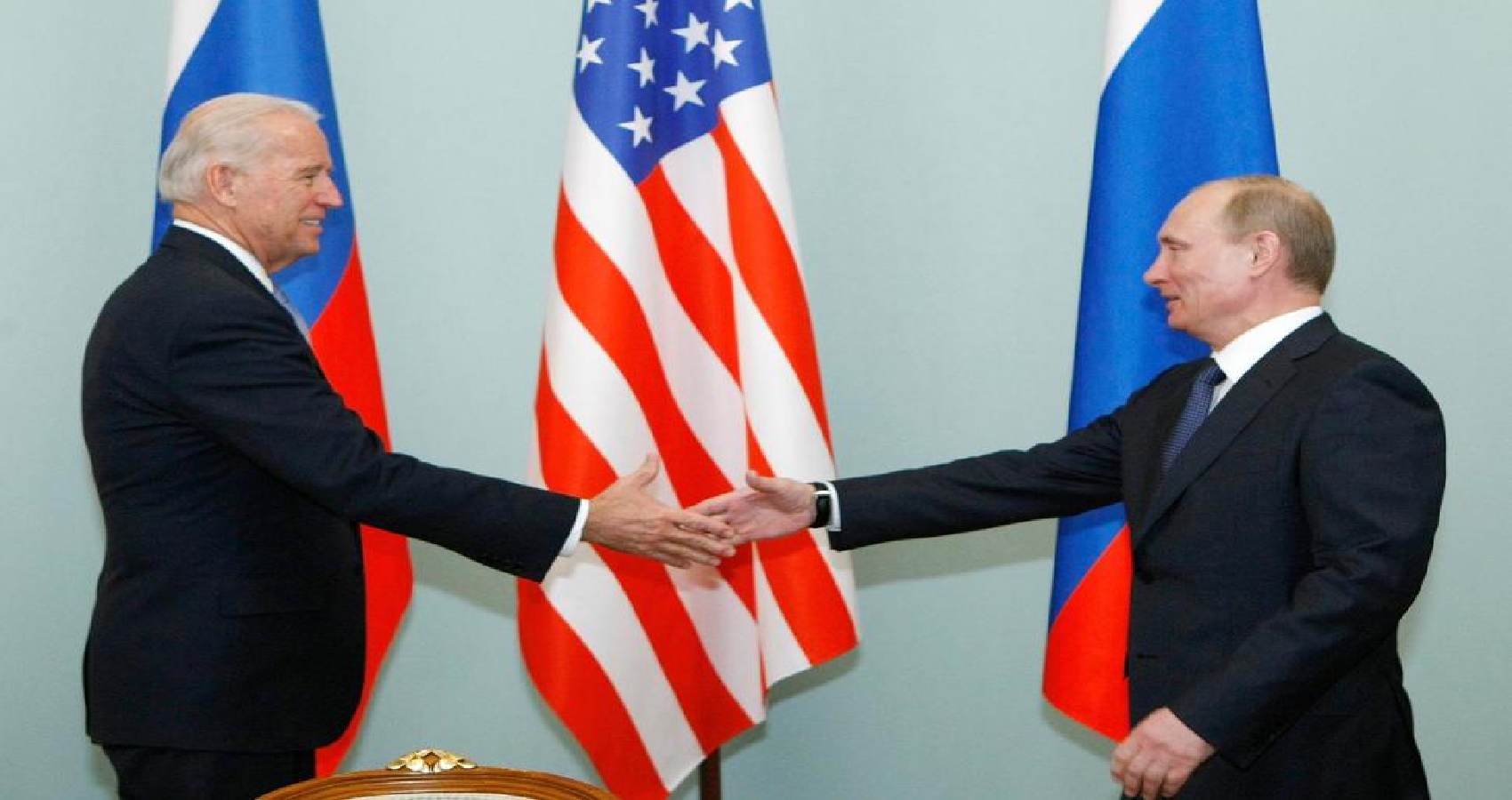
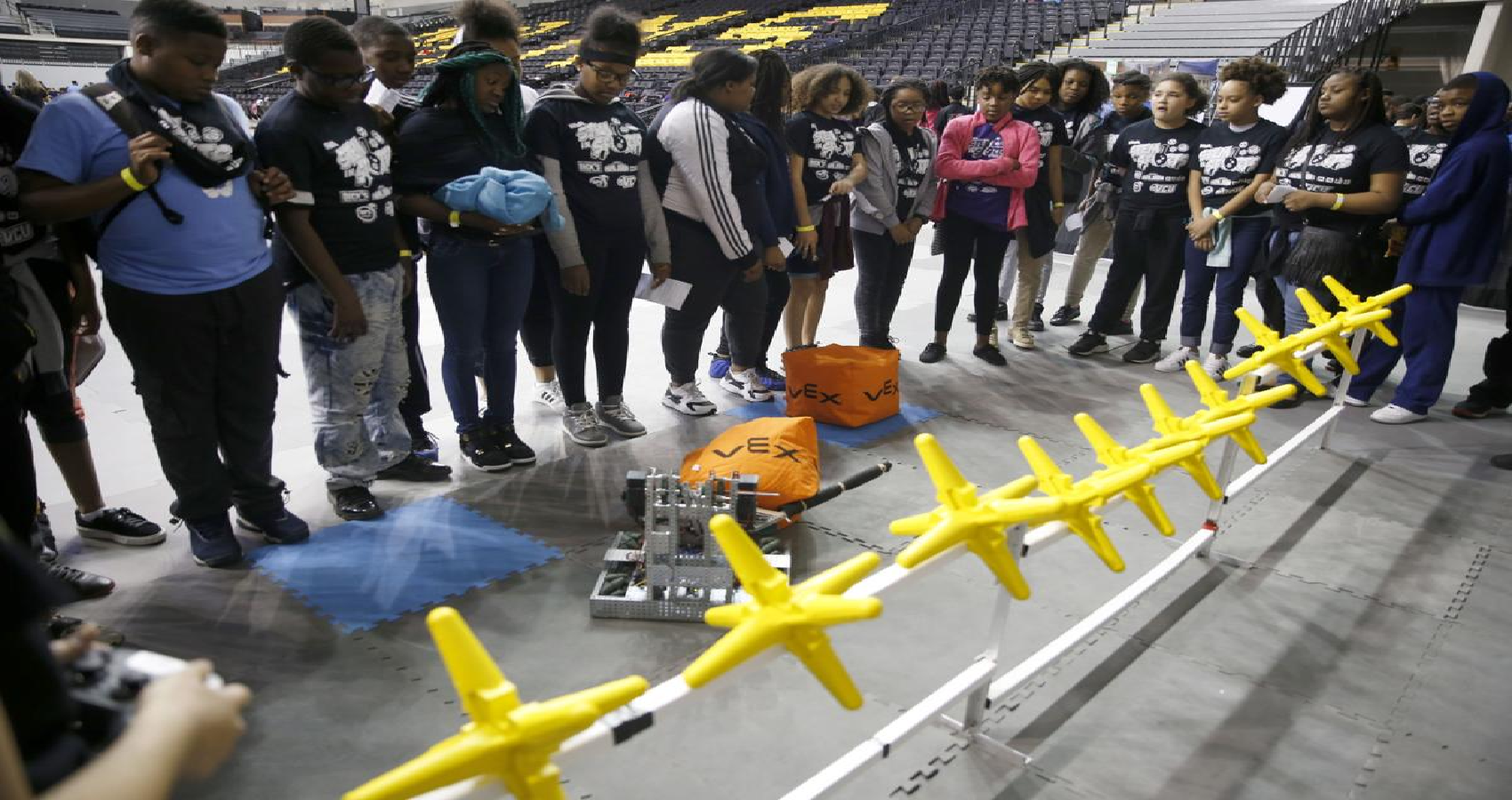

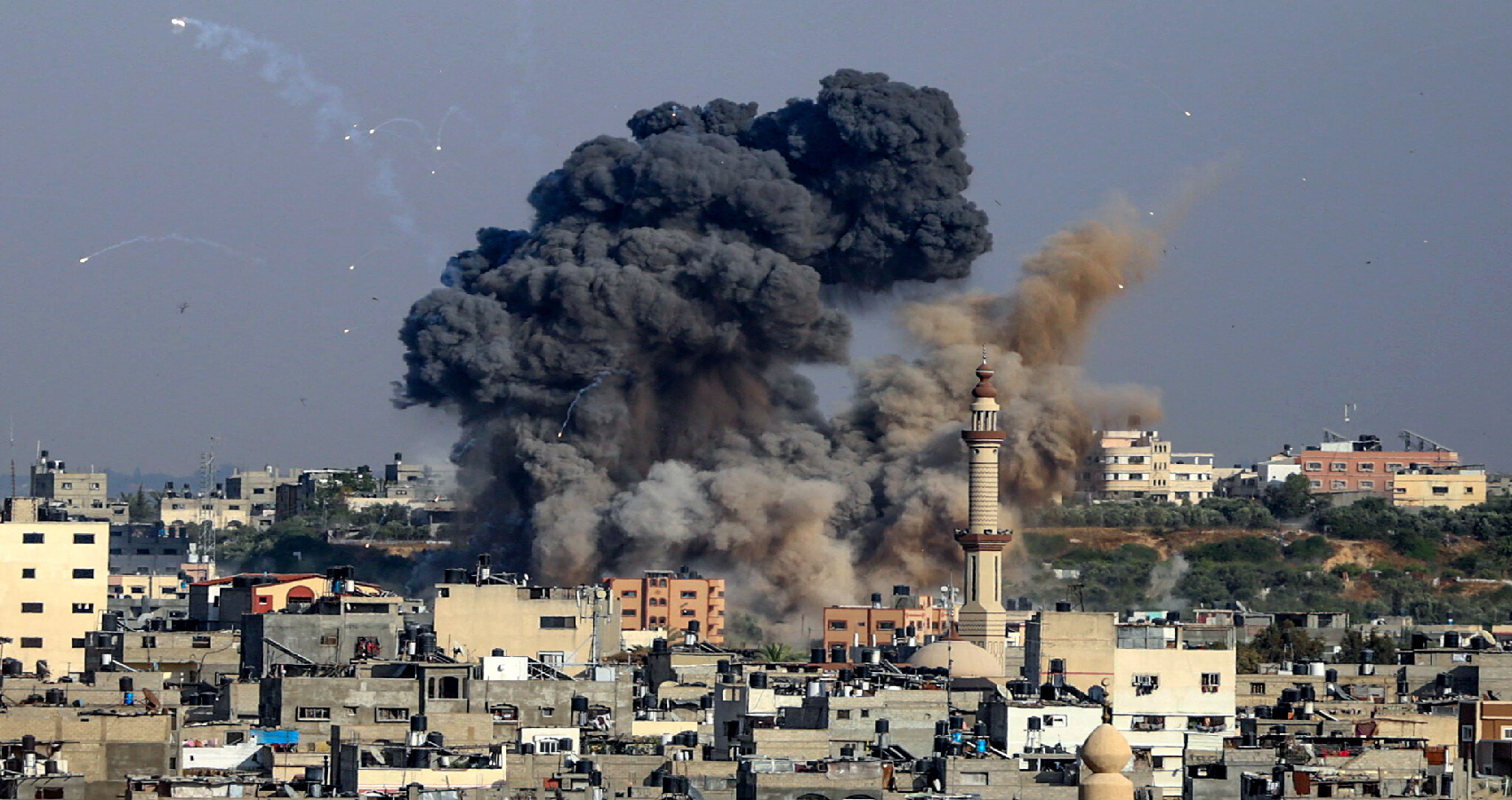
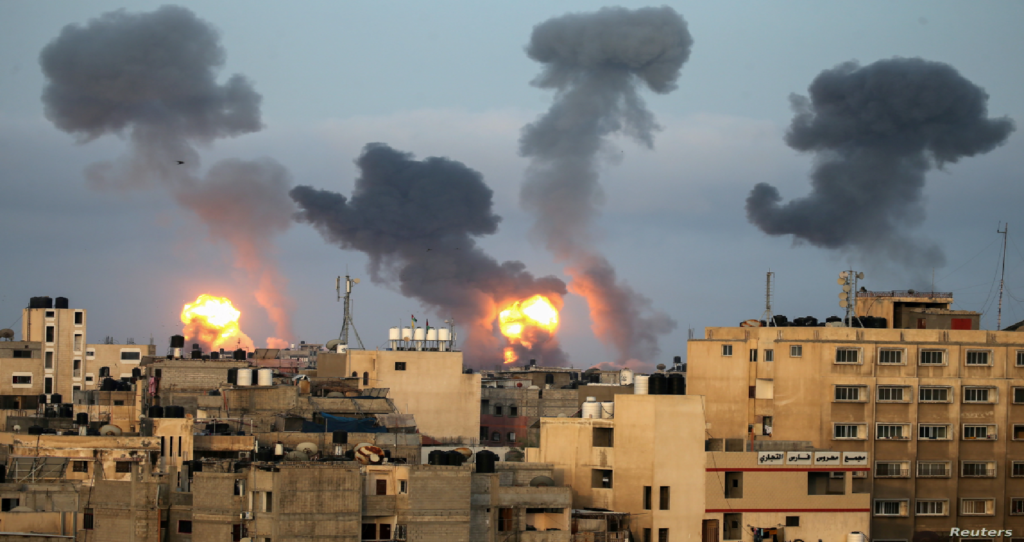 The movement of Israeli political leaders in 2020 — with the enthusiastic support of U.S. President Donald Trump — toward ending Israel’s Oslo commitment to negotiating territory and borders pushed the conflict to the edge of a precipice. The prospect of Israeli annexation of West Bank territory was another deep cut into the already tattered legitimacy of the Palestinian leadership in Ramallah, and it began to unravel the intricate web of Israeli-Palestinian security, economic, and regulatory coordination in the West Bank. When annexation was put on hold in August 2020, some of that cooperation resumed. But the official Israeli abandonment of negotiated compromise, alongside continued settlement expansion and the forcible relocation of Palestinian families in East Jerusalem and communities in the West Bank, made a new crisis almost inevitable. It made inescapably obvious what was already clear to many: that the Oslo framework was exhausted, and the rationale for the prevailing order in the West Bank, including the existence of the Palestinian Authority, was defunct.
The movement of Israeli political leaders in 2020 — with the enthusiastic support of U.S. President Donald Trump — toward ending Israel’s Oslo commitment to negotiating territory and borders pushed the conflict to the edge of a precipice. The prospect of Israeli annexation of West Bank territory was another deep cut into the already tattered legitimacy of the Palestinian leadership in Ramallah, and it began to unravel the intricate web of Israeli-Palestinian security, economic, and regulatory coordination in the West Bank. When annexation was put on hold in August 2020, some of that cooperation resumed. But the official Israeli abandonment of negotiated compromise, alongside continued settlement expansion and the forcible relocation of Palestinian families in East Jerusalem and communities in the West Bank, made a new crisis almost inevitable. It made inescapably obvious what was already clear to many: that the Oslo framework was exhausted, and the rationale for the prevailing order in the West Bank, including the existence of the Palestinian Authority, was defunct.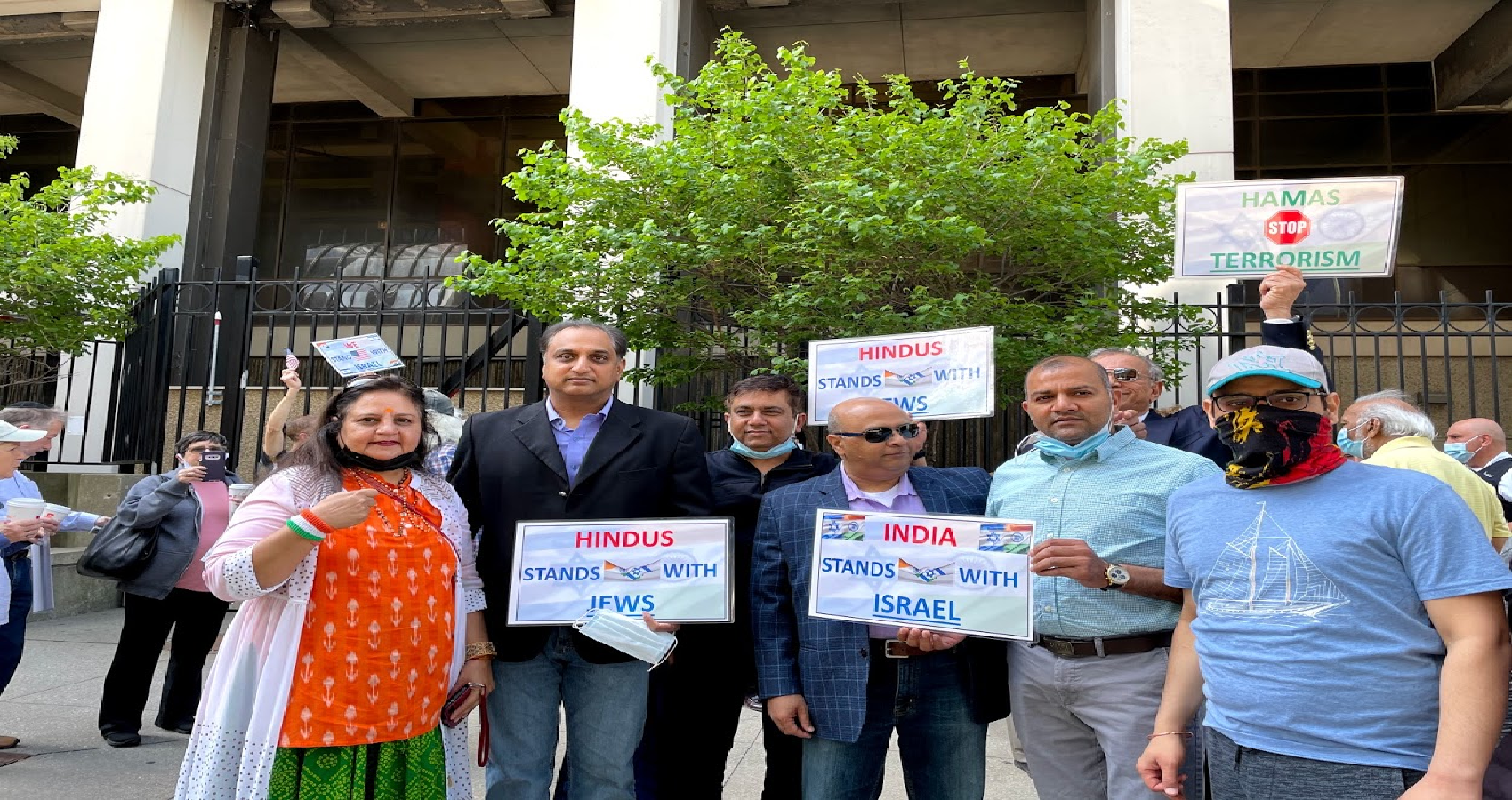
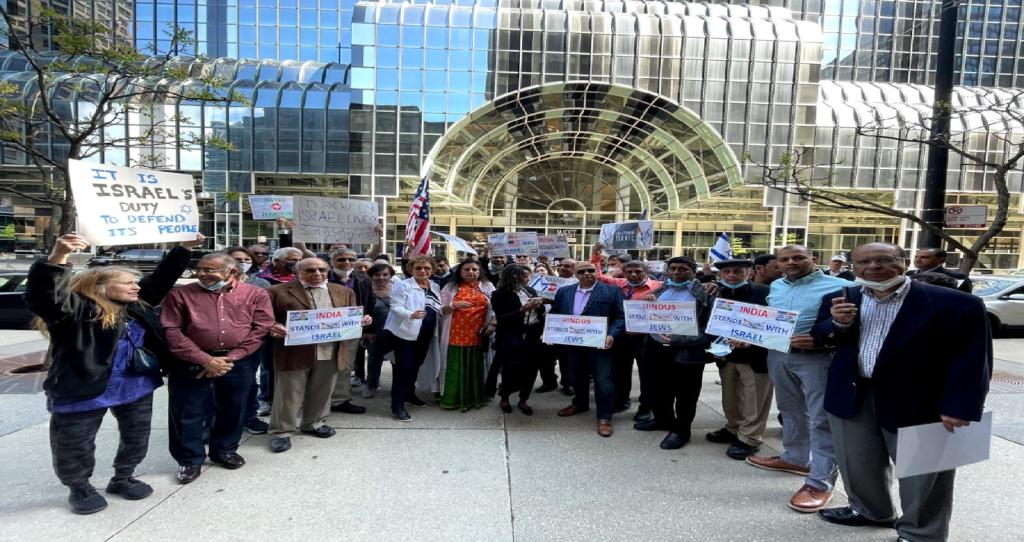 Hindu American community leader Dr. Barai addressed the gathering and said that they are here today to stand with the people of Israel who are targeted by constant rocket attacks from Gaza. He also said that Hamas terrorists have not only destroyed houses and killed innocent civilians in the state of Israel but are also terrorizing people of Gaza. After decades of experiencing wars, people of Israel and Gaza deserve to live in peace, and Dr. Barai expressed the solid commitment of the Hindu community to continue supporting Israel and the demand for peace in the region through this difficult situation.
Hindu American community leader Dr. Barai addressed the gathering and said that they are here today to stand with the people of Israel who are targeted by constant rocket attacks from Gaza. He also said that Hamas terrorists have not only destroyed houses and killed innocent civilians in the state of Israel but are also terrorizing people of Gaza. After decades of experiencing wars, people of Israel and Gaza deserve to live in peace, and Dr. Barai expressed the solid commitment of the Hindu community to continue supporting Israel and the demand for peace in the region through this difficult situation.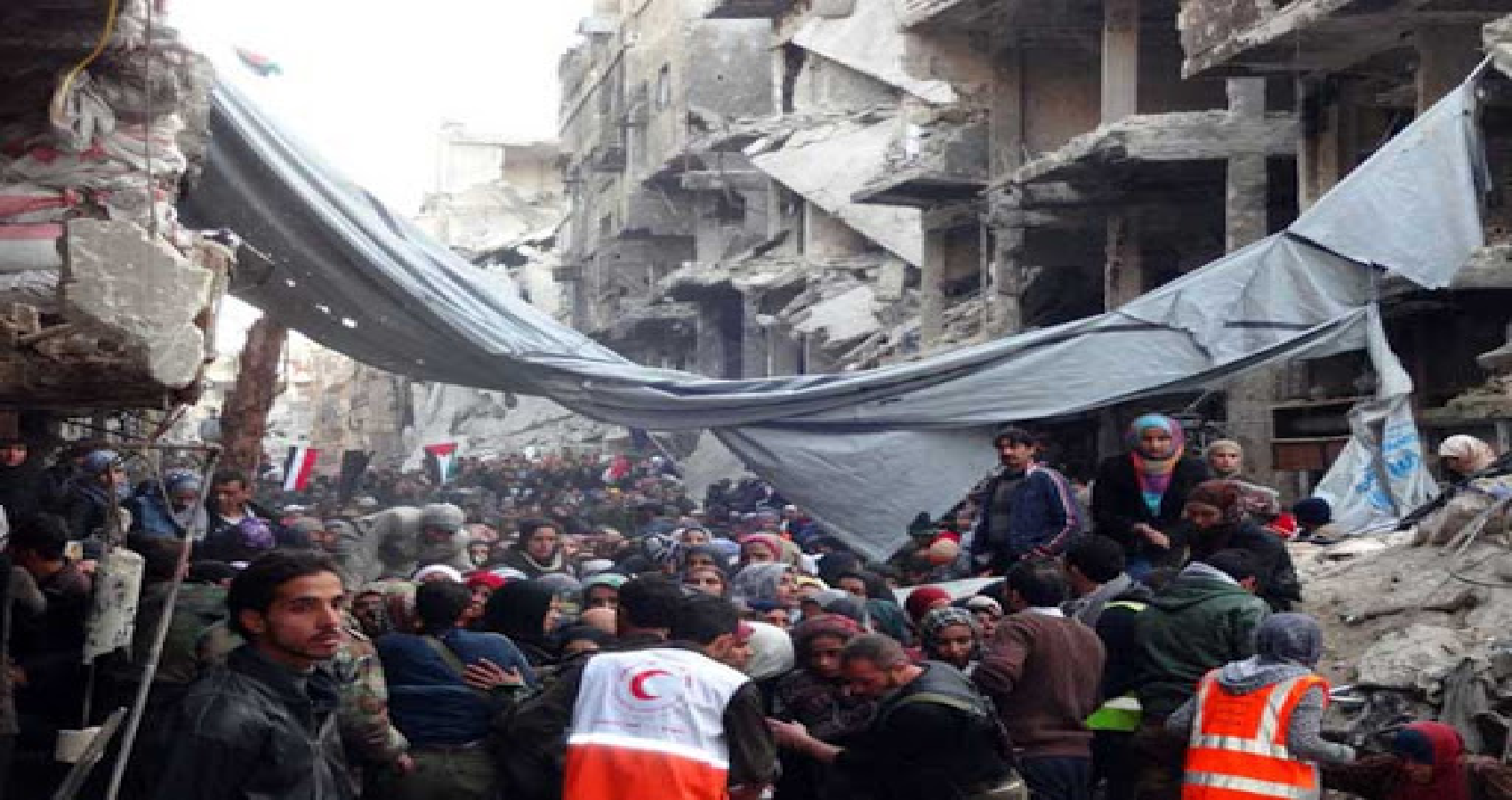
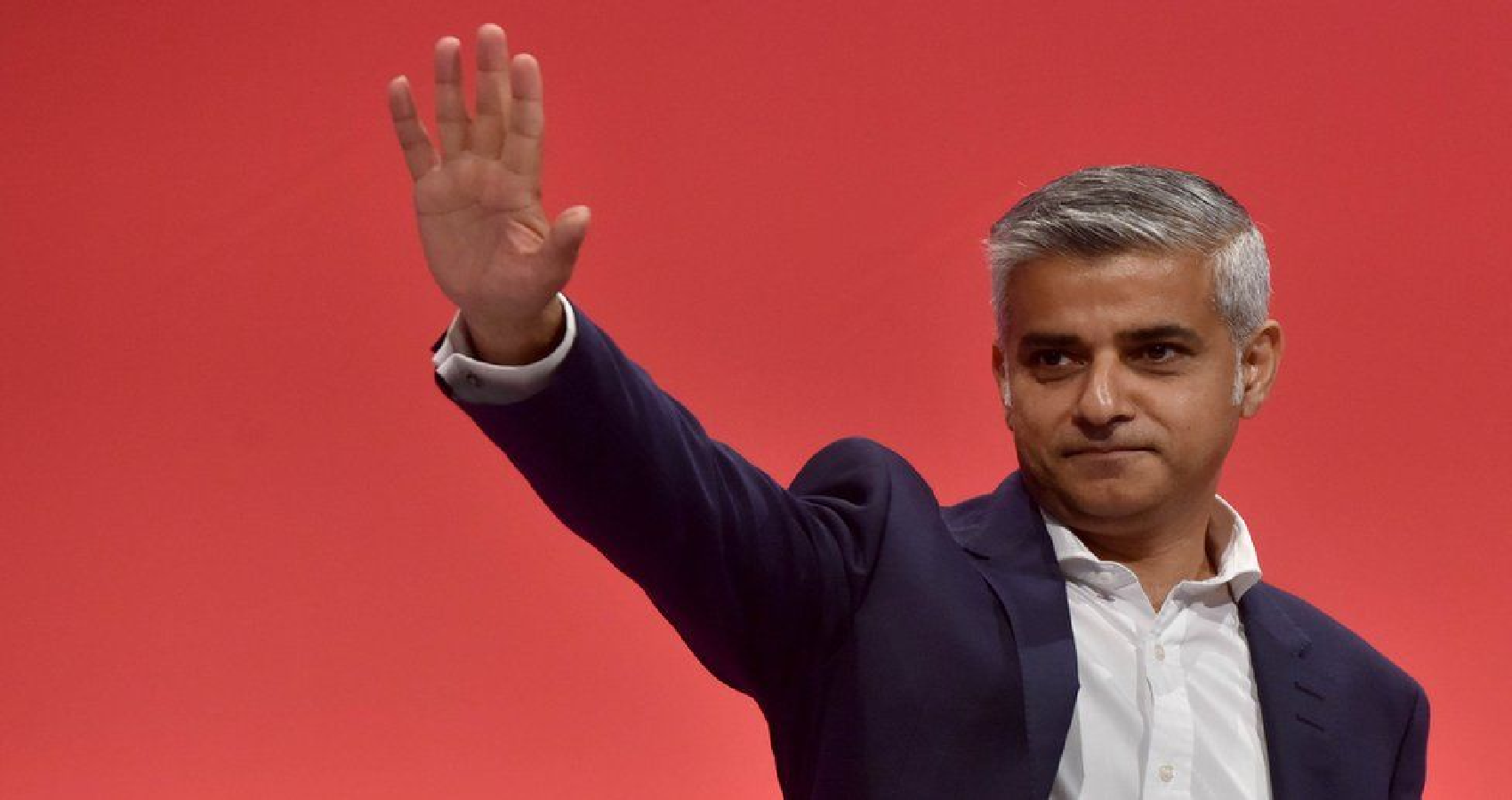
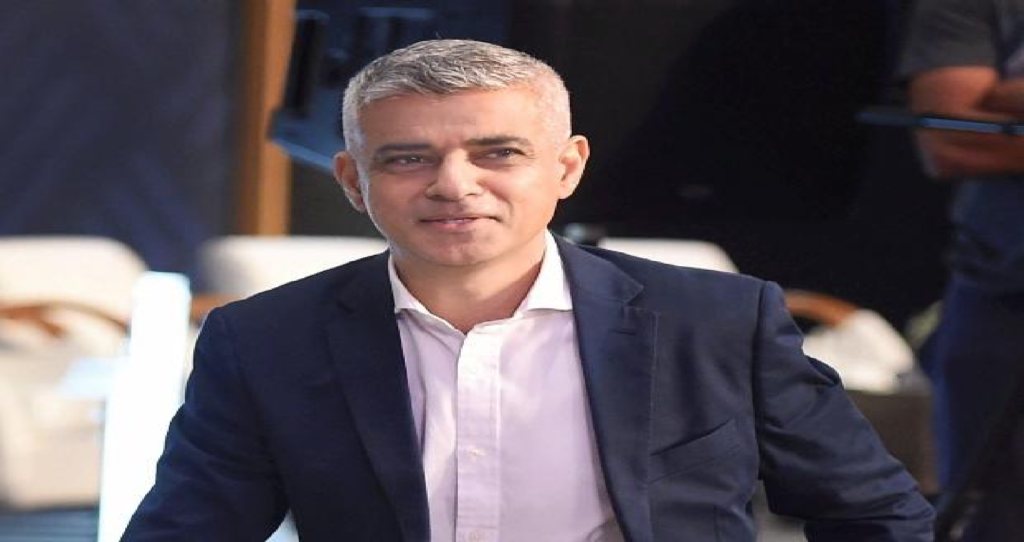 “The results of the elections around the UK shows our country, and even our city, remains deeply divided. The scars of Brexit have yet to heal. A crude culture war is pushing us further apart,” he added.
“The results of the elections around the UK shows our country, and even our city, remains deeply divided. The scars of Brexit have yet to heal. A crude culture war is pushing us further apart,” he added.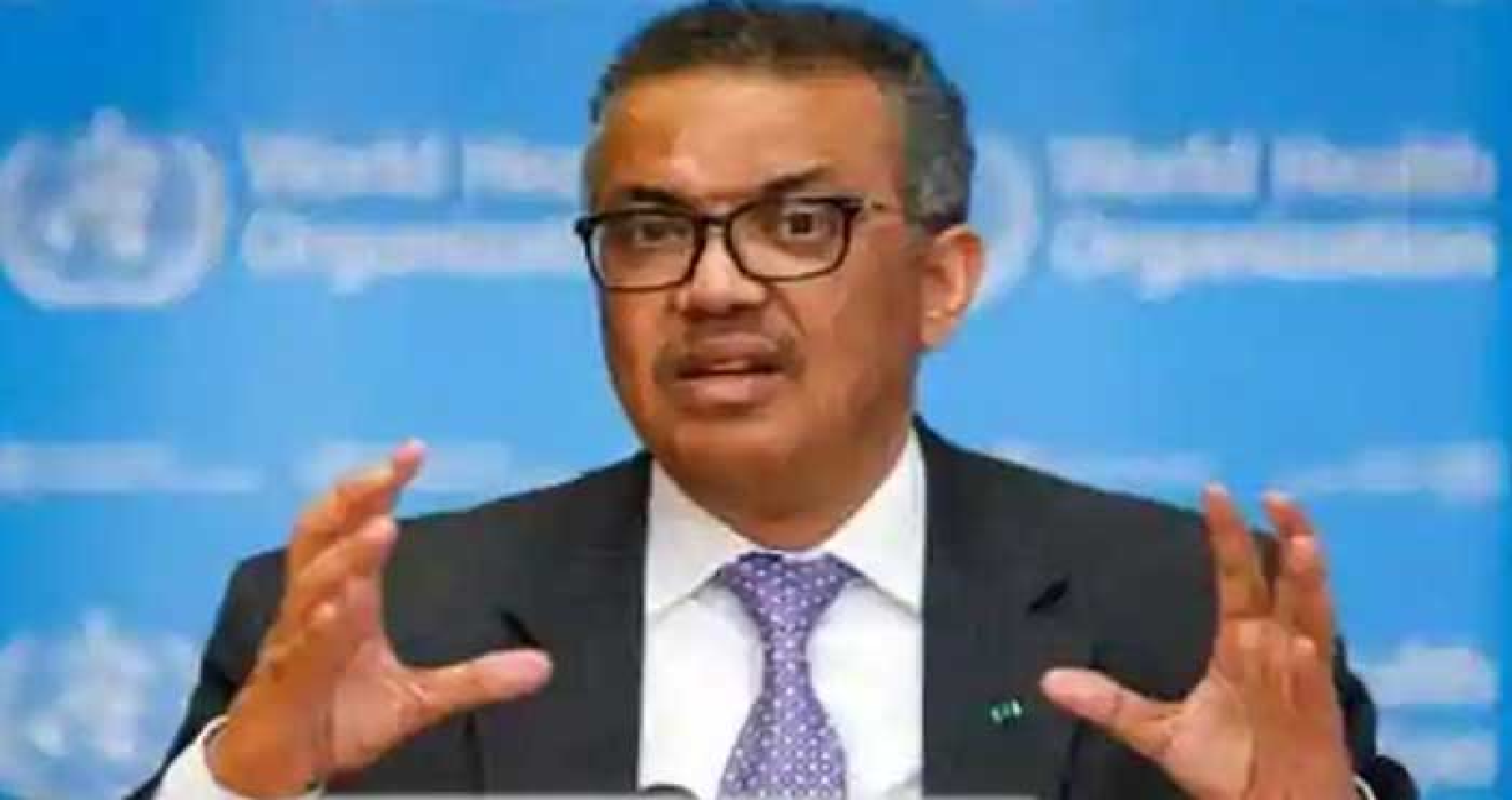
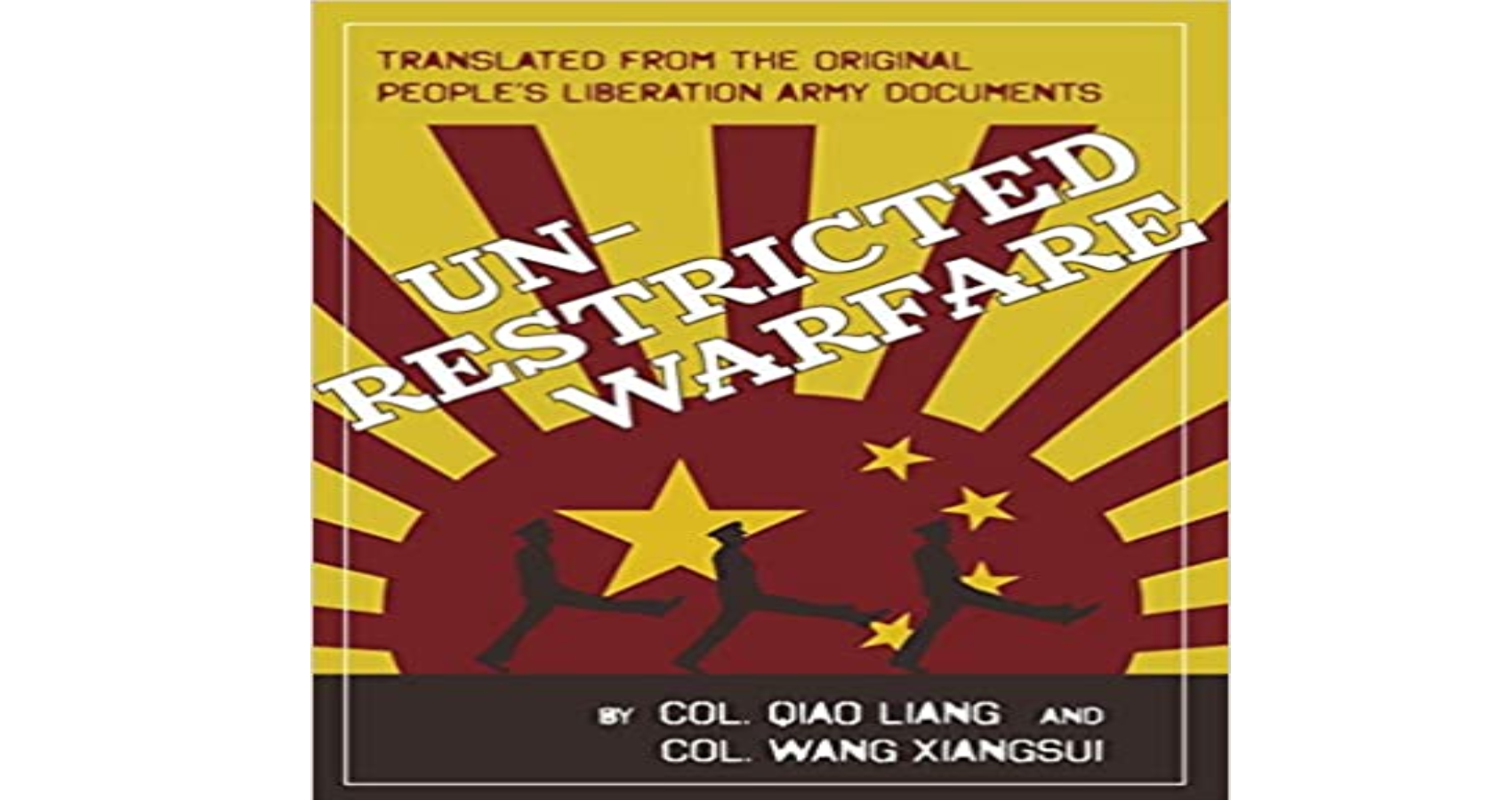
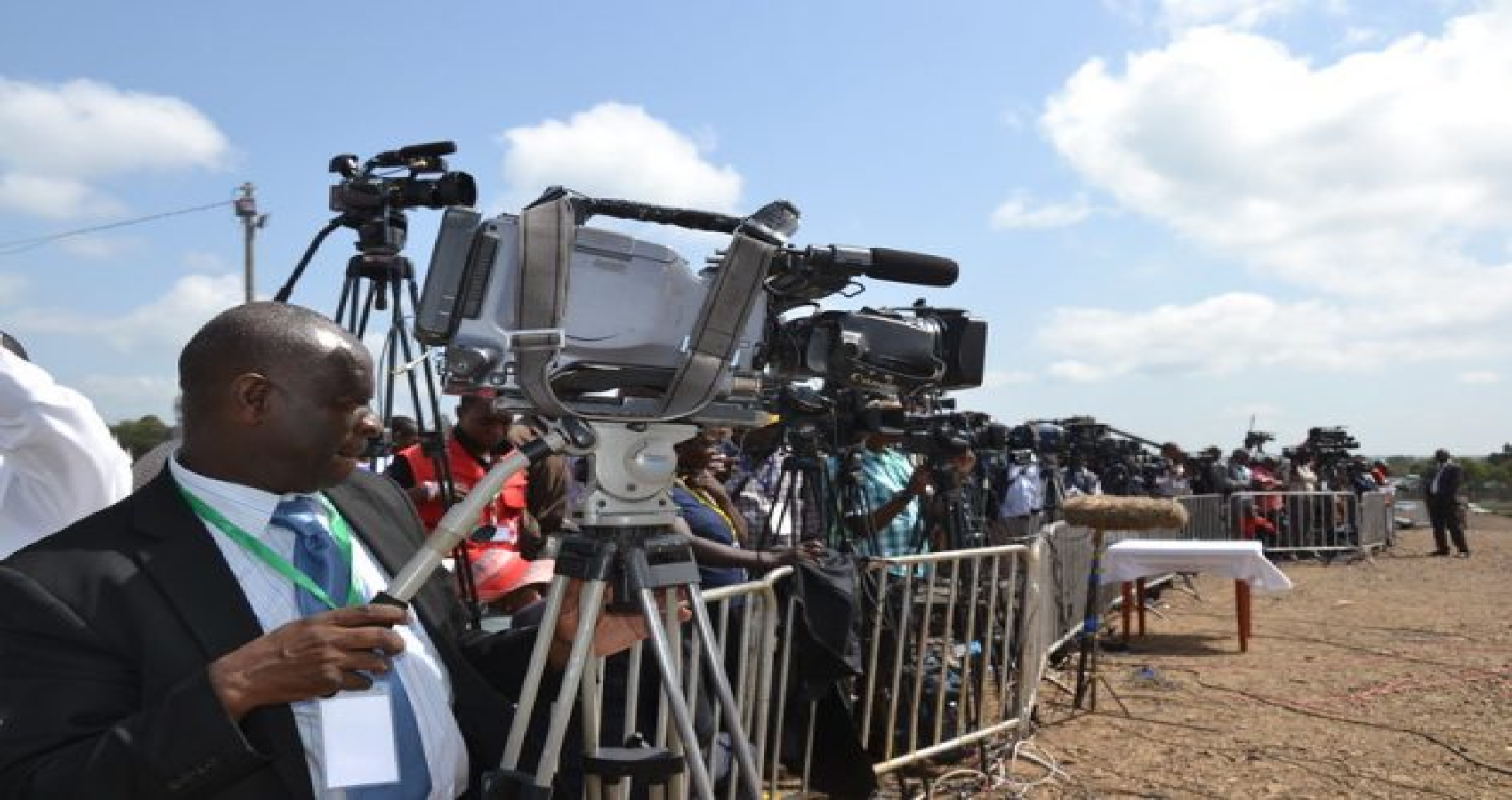
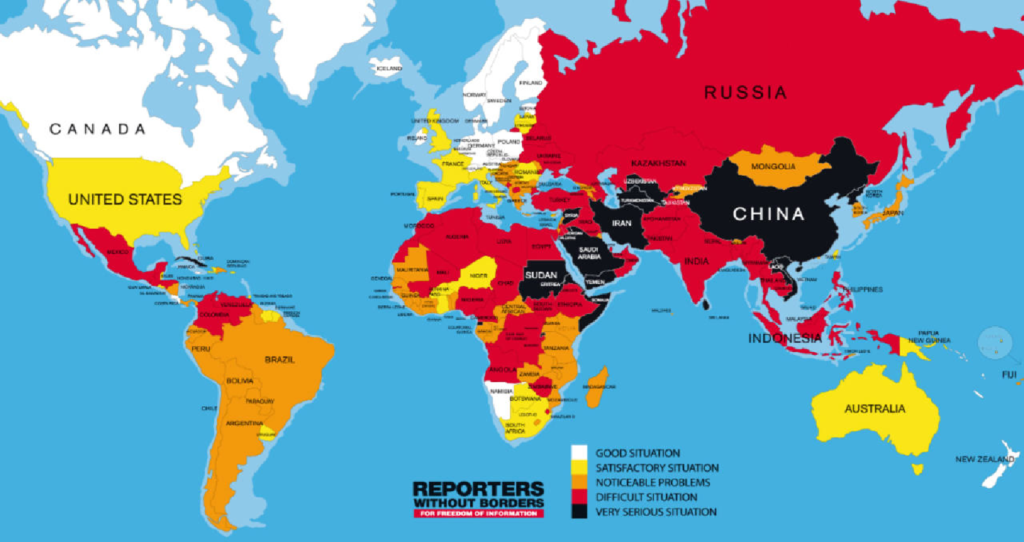 One country where media freedom is seen as particularly restricted is Bangladesh. It came in at 152 out of 182 in RSF’s 2021 Press Freedom Index. The group said there had been “an alarming increase in police and civilian violence against reporters” during the pandemic with many journalists arrested and prosecuted for their reporting on it.
One country where media freedom is seen as particularly restricted is Bangladesh. It came in at 152 out of 182 in RSF’s 2021 Press Freedom Index. The group said there had been “an alarming increase in police and civilian violence against reporters” during the pandemic with many journalists arrested and prosecuted for their reporting on it.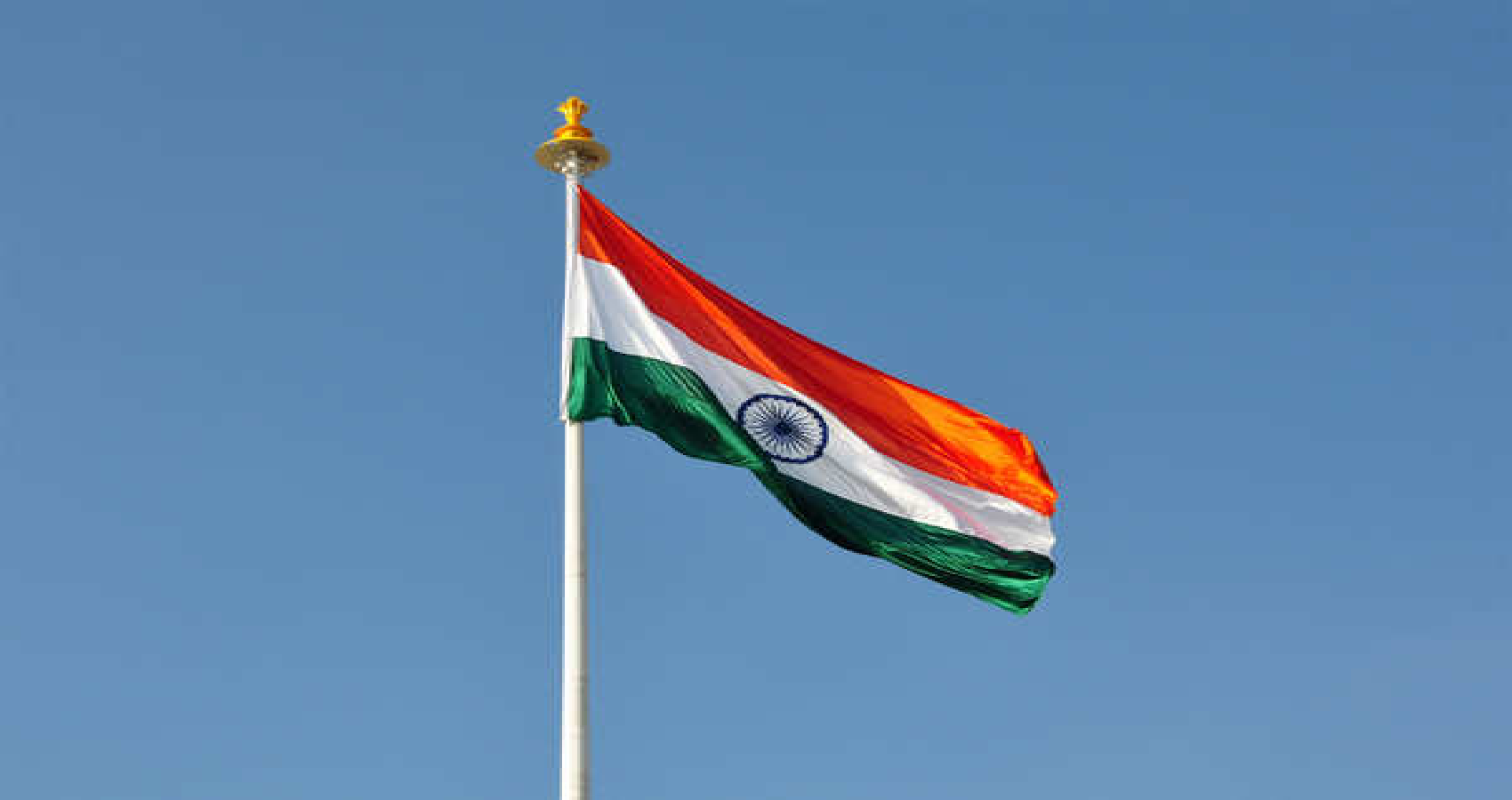
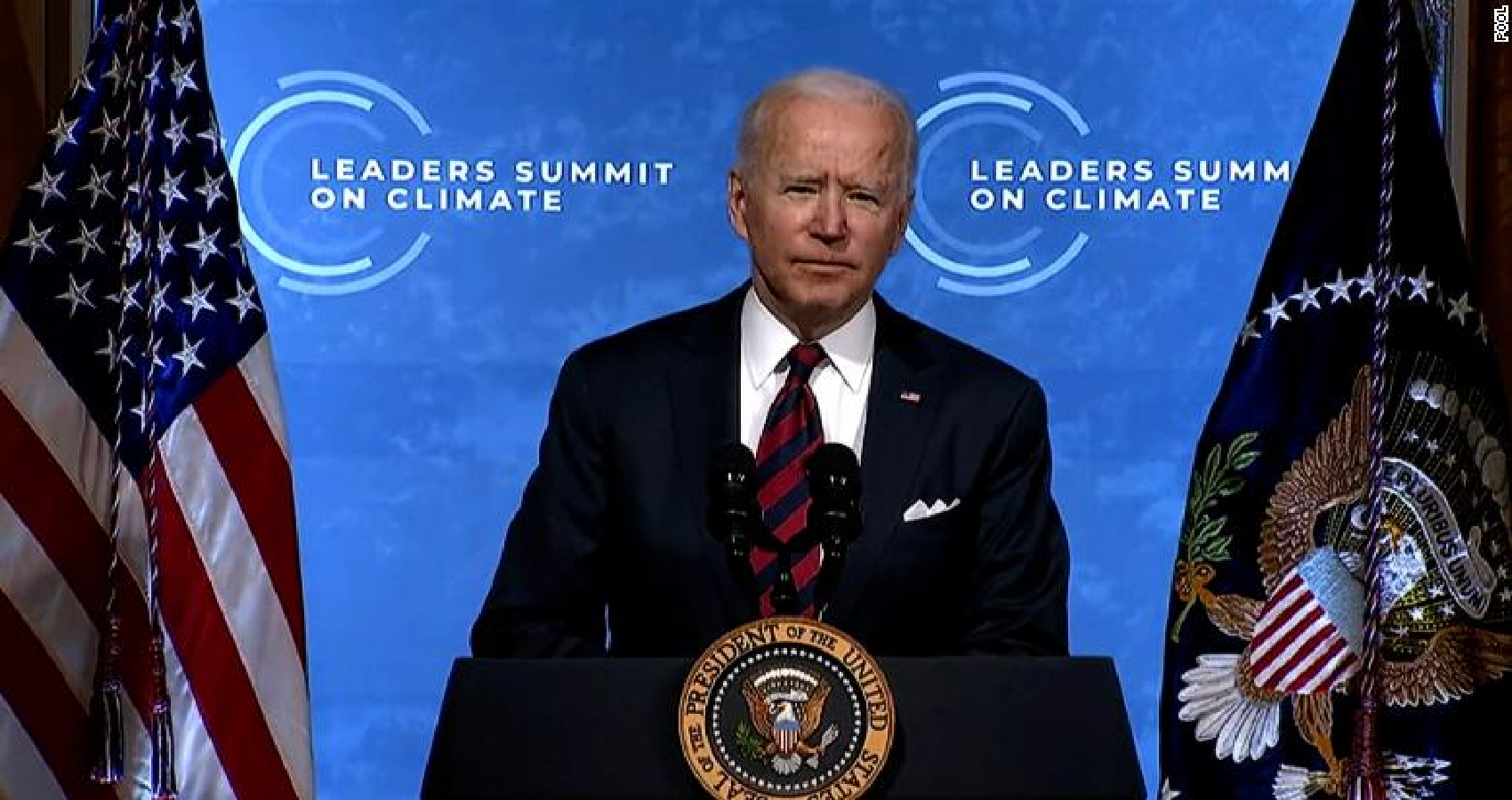
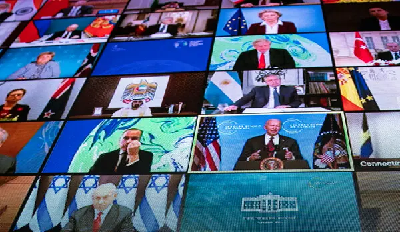 As part of the 2015 Paris Agreement, wealthy nations agreed to set aside $100 billion a year in climate financing to help developing nations adapt to climate change and transition to renewable sources of power. But it is still underfunded—in 2018, the latest information available, countries had only committed a total of $78.9 billion—and does nothing to stop the dozens of fossil fuel projects already in progress on the continent.
As part of the 2015 Paris Agreement, wealthy nations agreed to set aside $100 billion a year in climate financing to help developing nations adapt to climate change and transition to renewable sources of power. But it is still underfunded—in 2018, the latest information available, countries had only committed a total of $78.9 billion—and does nothing to stop the dozens of fossil fuel projects already in progress on the continent.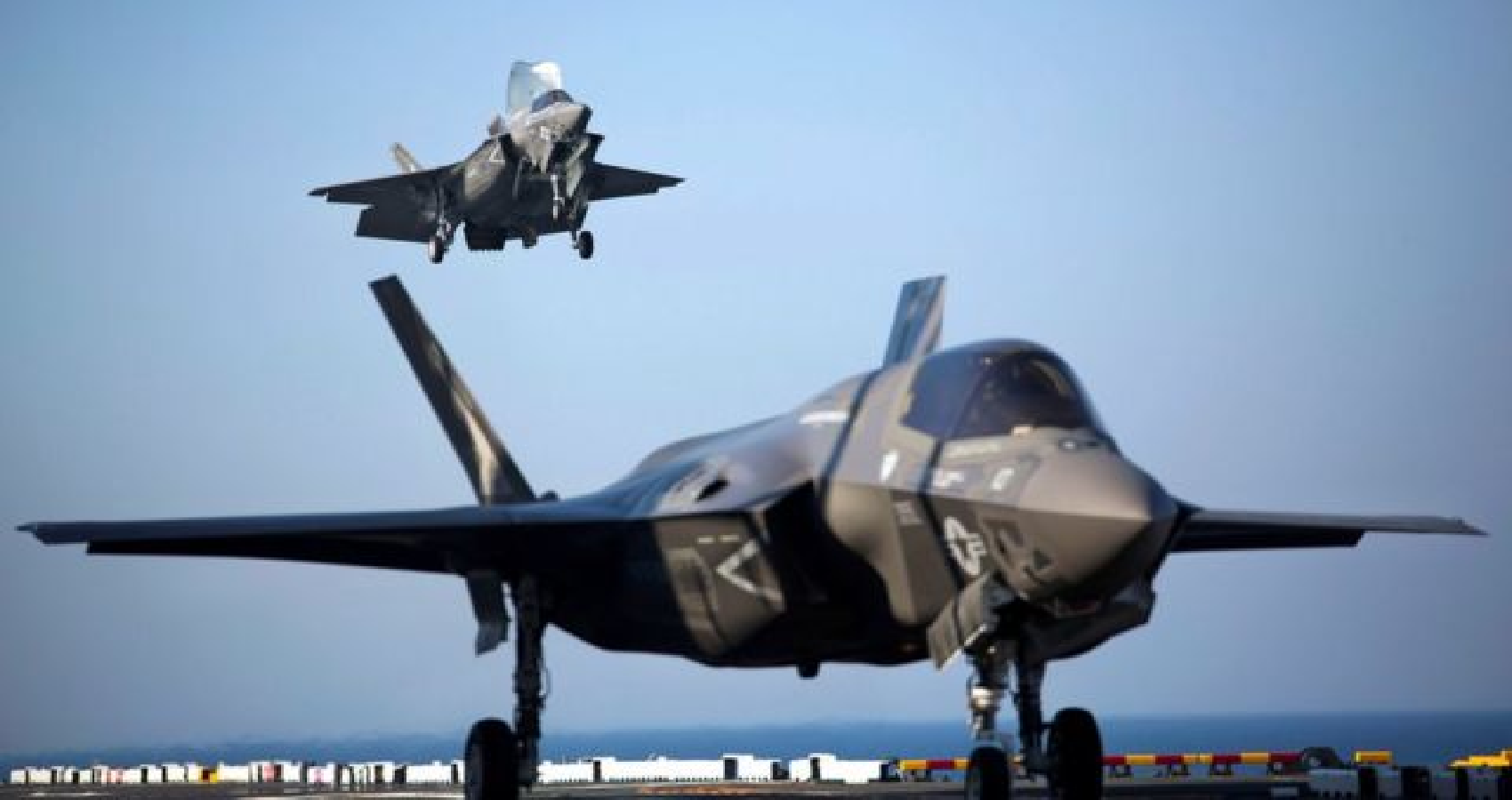

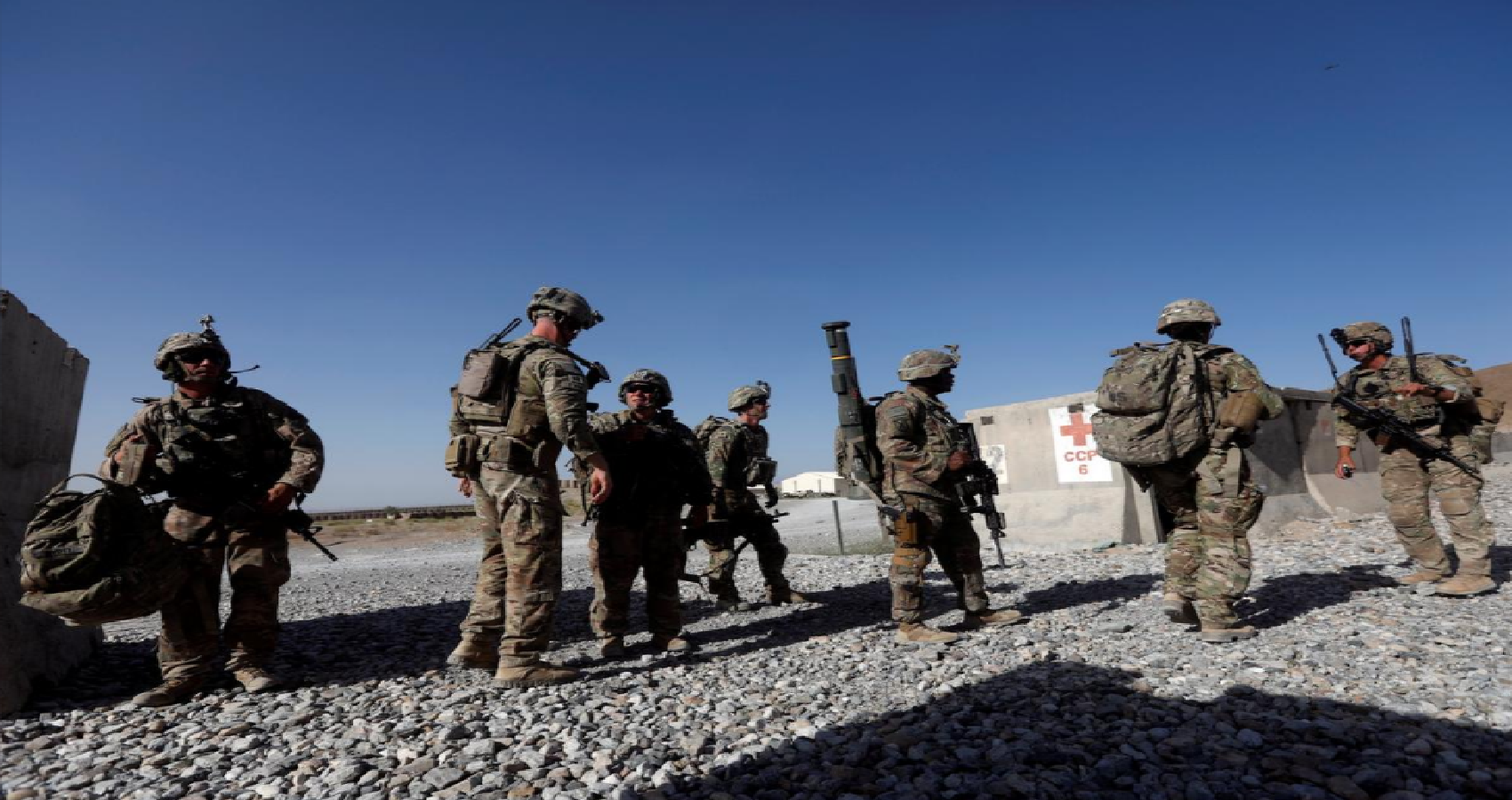

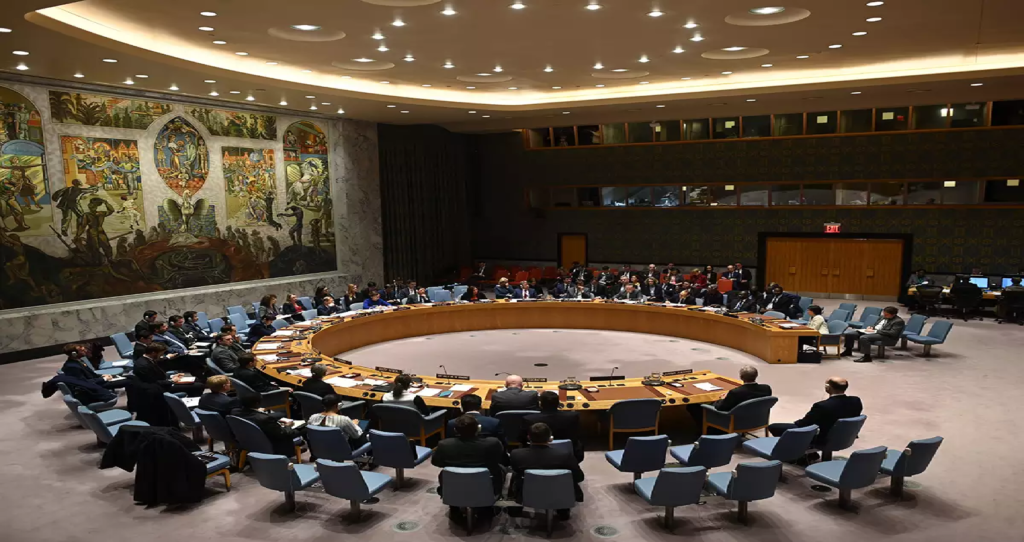 Ever since the fall of the USSR, he said, the UN Secretary-General has become subservient to the US government (“we saw this shockingly with the treatment of former Secretary-General Boutros Boutros-Ghali”). The new ‘Group of Friends to Defend the UN Charter’, which includes China and Russia, is a positive development, said Prashad.
Ever since the fall of the USSR, he said, the UN Secretary-General has become subservient to the US government (“we saw this shockingly with the treatment of former Secretary-General Boutros Boutros-Ghali”). The new ‘Group of Friends to Defend the UN Charter’, which includes China and Russia, is a positive development, said Prashad.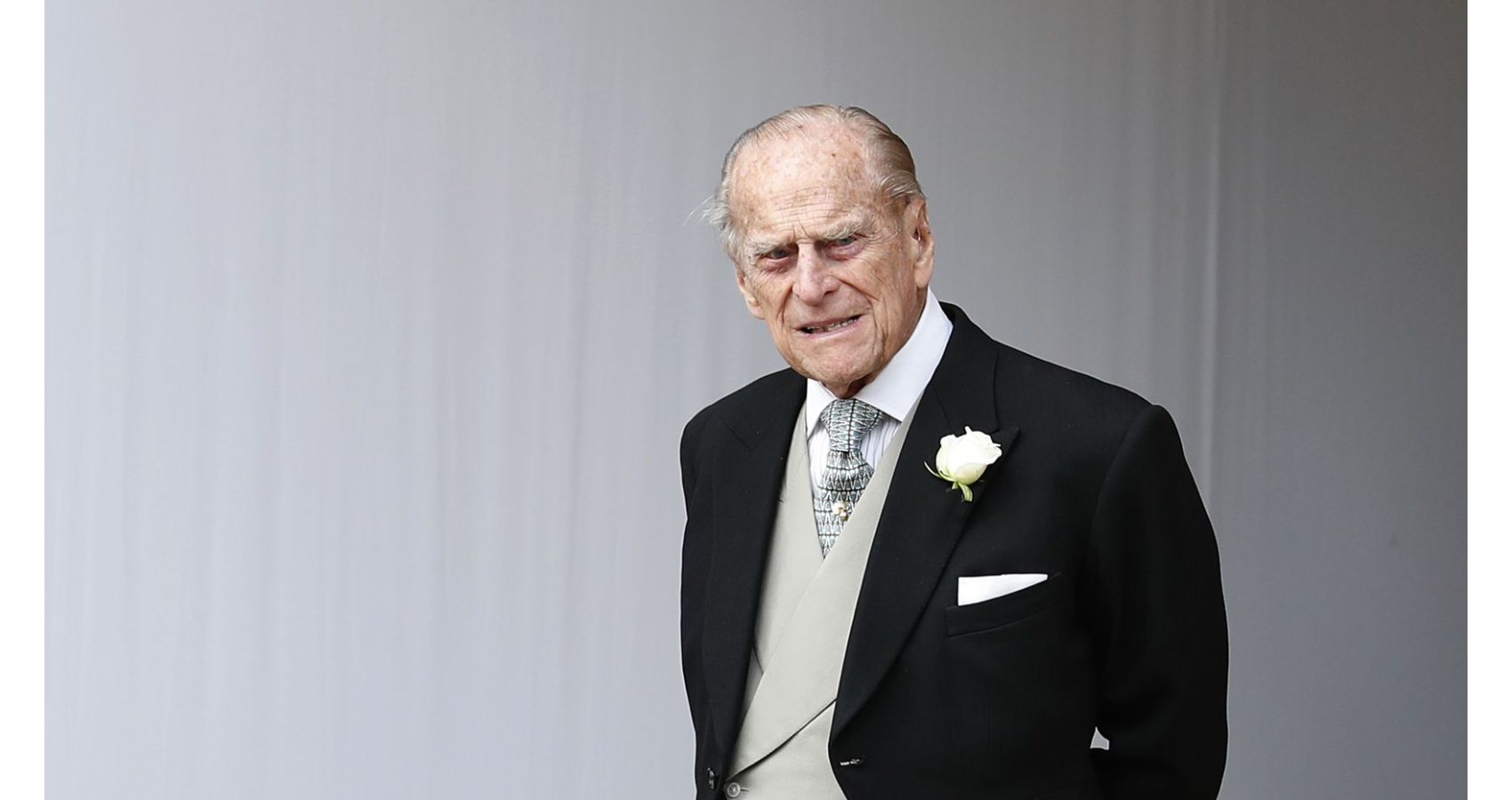
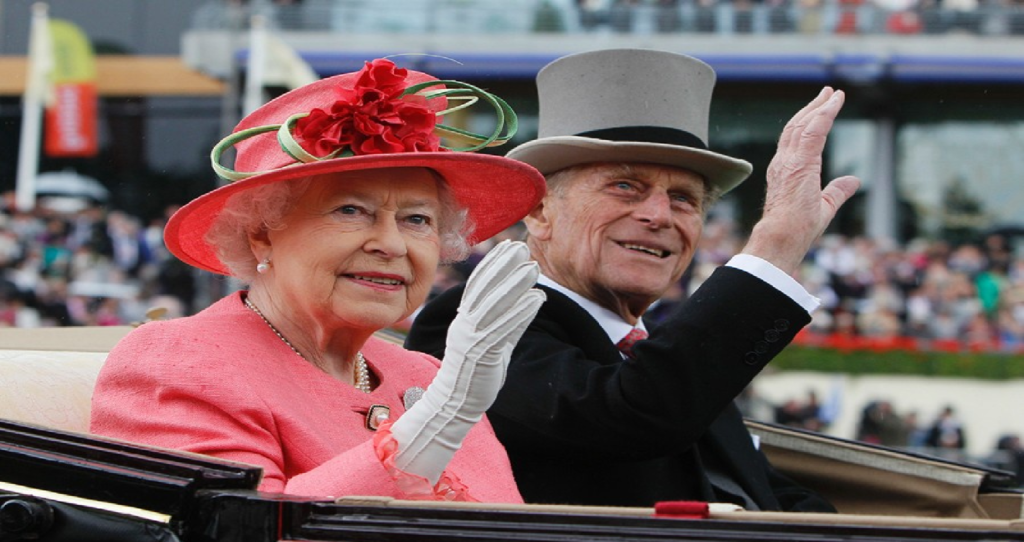 Prince Philip was the only son and the last child of Alice and Andrew. He was born in June 1921 at the Greek island of Corfu in a villa named Mon Repos which the couple had inherited from Andrew’s father, king George.
Prince Philip was the only son and the last child of Alice and Andrew. He was born in June 1921 at the Greek island of Corfu in a villa named Mon Repos which the couple had inherited from Andrew’s father, king George.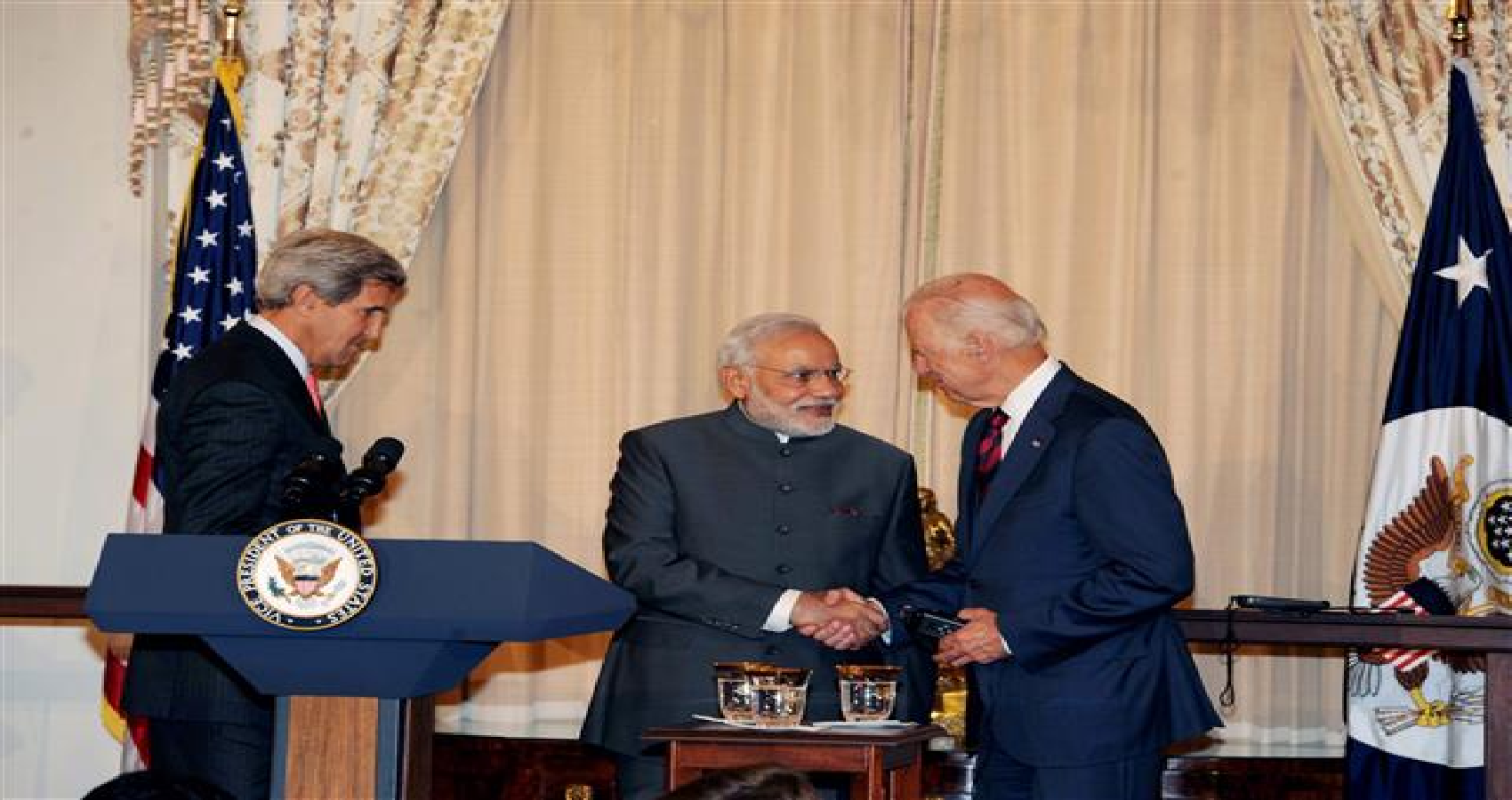
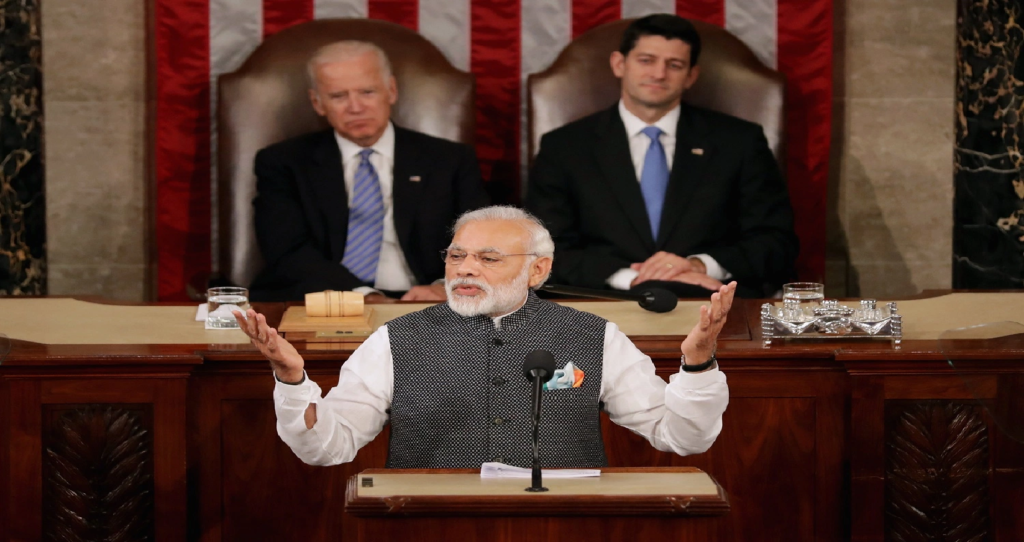 A leading think tank for science and technology policy has said as Washington seeks to counter a rising China, no nation is more important than India with its abundance of highly skilled technical professionals and strong political and cultural ties with the United States.
A leading think tank for science and technology policy has said as Washington seeks to counter a rising China, no nation is more important than India with its abundance of highly skilled technical professionals and strong political and cultural ties with the United States.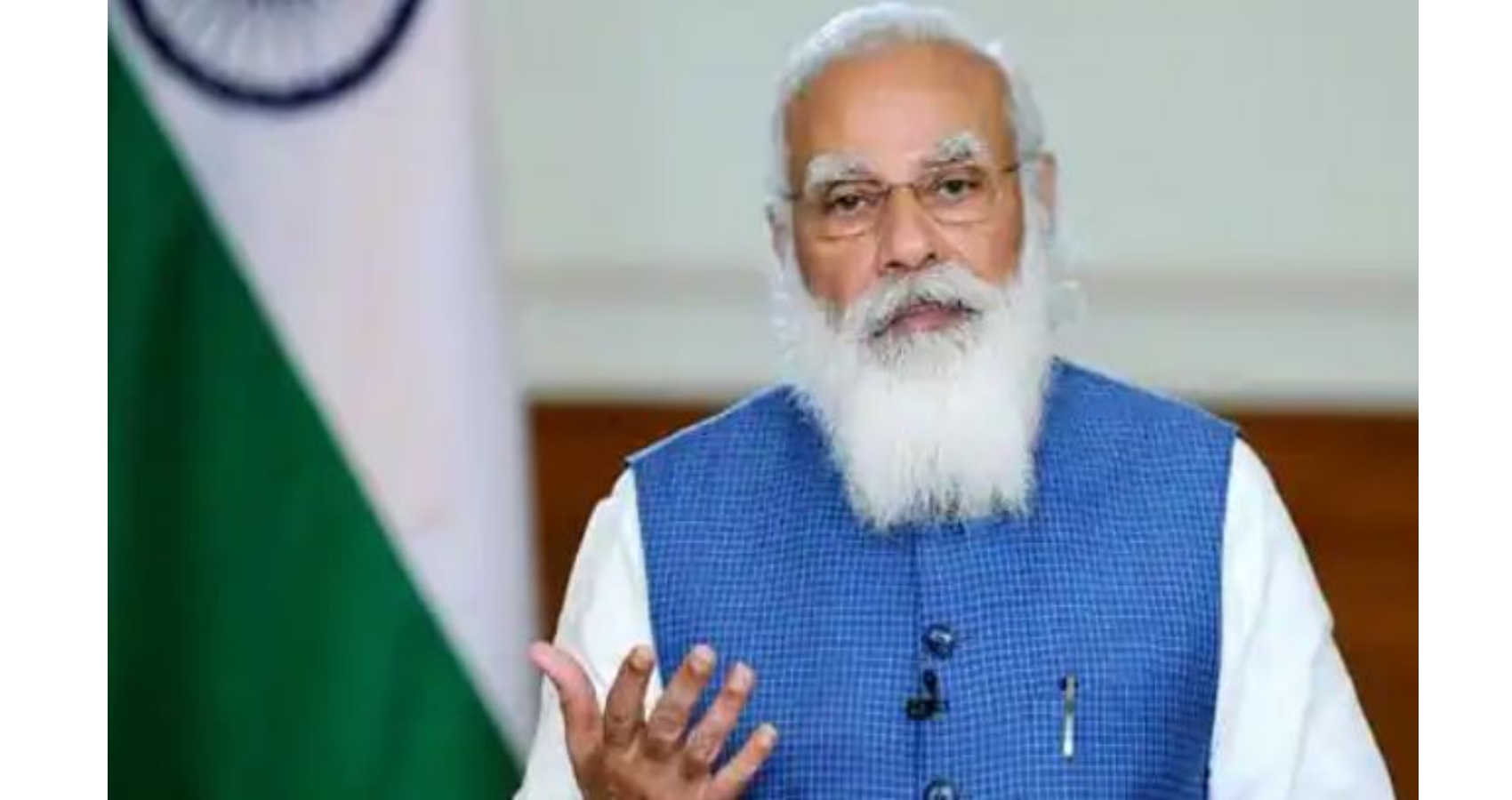

 Francis presided over the ninth Easter service of his pontificate in the secondary altar of St. Peter’s Basilica and began two hours ahead of the usual schedule in order for congregants to be able to return home in time for Italy’s 10 p.m. curfew. The country is currently under strict lockdown in order to curb the rise in coronavirus cases.
Francis presided over the ninth Easter service of his pontificate in the secondary altar of St. Peter’s Basilica and began two hours ahead of the usual schedule in order for congregants to be able to return home in time for Italy’s 10 p.m. curfew. The country is currently under strict lockdown in order to curb the rise in coronavirus cases.